A humble, sincere request to the excellent Flight-Report staff: please consider not cropping all images to 1200px horizontally, as it more often than not greatly distorts the quality and affects readability. I understand the importance of saving space and bandwidth, hence the 150-picture and 3-megabyte limits, but I request you to not crop to anything smaller than 1600px, if you do need to crop at all. Thank you all the same for providing a high-quality and easy-to-use resource for flight enthusiasts like me to share our experiences!
INTRODUCTION
After three consecutive reports on ASEAN low-cost carriers in August 2023, September will instead have two exotic fifth-freedom routes to/from Singapore served by airlines from far-flung places: Ethiopian Airlines from Addis Ababa, and KLM Royal Dutch Airlines from Amsterdam. In this report I will write about my return (ET639) from Kuala Lumpur on Ethiopian’s 787-8 after a whirlwind and wonderful, hectic yet hedonistic weekend trip involving a number of attractions in the city, as part of a group tour organised by Cove, the co-living company in Singapore from where I have rented a home. Next up will be KL835 heading to Denpasar, my first time flying not only to Indonesia but also the SkyTeam alliance — on top of which I even got a SkyTeam-liveried 777-300ER, PH-BVD!
I have also attached plenty of non-aviation pictures from this trip, which you can find at the bottom in the ‘Travelling Bonus’ section, and they have more than played their part in making KL one of my favourite cities in Southeast Asia — so much so that I could not resist returning there at the end of July for a tiny little four-hour trip, also on Ethiopian but on the larger 787-9, with the return on Jetstar Asia, which has shrunk to seven cramped little A320s but plans to expand again. I even managed to get a picture of myself with the Ethiopian cabin crew (which you’ll find near the end of this report on landing at Changi) after writing a nice dedication to them, and the role they have played at making it the ’Emirates of Africa’ and a crucial member of the Star Alliance.
In fact, 14 May was the Star Alliance’s birthday, and even that of ET-AOV, the plane that operated this flight — aside from being Mother’s Day as well. (It would probably have been sweeter had I got ET-ATG, Ethiopian’s 787-8 in Star Alliance livery, but the fact that ET-AOV was marking her ninth birthday was enough of a coincidence!) Coincidence upon coincidence indeed, and it could not have been any more special of an ending to this trip: a stark antithesis from the preposterous beginning on Scoot, which easily ranks as one of my least favourite airlines in the world, thanks to its snooty, irritating marketing and advertising, and price-gouging and nickel-and-diming for basic services. I have ranted enough about Scoot (as much as I have gushed over Korean Star member Asiana Airlines’ cute mascots) in the previous instalment, so let’s get on with this one.
Before I proceed, however, I would like to state a couple of things:
Ethiopian’s Singapore/Kuala Lumpur service and fleet structure
1a. Ethiopian Airlines was late in resuming its prepandemic Singapore/Kuala Lumpur service, as it did so only on 26 March 2023, with the start of the northern summer schedule. (Fellow Star member LOT Polish Airlines has shown no sign of resuming flights to Singapore any time soon.) The route is served four times weekly, typically by the 787-8 — which has always been the case since the middle of August — but on occasion by the 787-9 (on certain Sundays, including 30 July, when I flew to KUL) or even the 777-200LR. The afternoon ET638 flight to KUL, and the late-night ET639 return to SIN that continues to ADD, are available on Tuesdays, Thursdays, Fridays and Sundays.
1b. ET has a total of nineteen 787-8s and ten 787-9s, which complement its other widebodies: twenty A350-900s (its only Airbus aircraft type), six 777-200LRs and four 777-300ERs, in addition to nine 777 and three 767 freighters. Note that Ethiopia follows chronological registrations, where newer or later-inducted aircraft are allocated later series, irrespective of type (also seen in some other countries like South Korea, Spain, Pakistan, Nepal, Bangladesh, Myanmar, Cyprus, Morocco and Egypt) — as opposed to the sequential registrations seen in most countries, where each aircraft type, like the A350 or 787, has its own registration series. Most of ET’s widebodies have a name assigned to them — which in ET-AOV’s case is Taj Mahal, and in ET-AUO (the 787-9 I got in July)’s case is Beijing — but some, like 787-8s ET-AOU, ARF and ASG, have no name.
Since they are non-sequential in nature, I have listed all of the airline’s widebody aircraft below for reference — and why so you’ll know soon enough, as I needed it to play the guessing game of ‘what will my aircraft be’. And yes, I know them by heart and can recite them offhand — I’m that much of an avgeek!
787-8s: ET-AOO, AOP, AOQ, AOR, AOS, AOT, AOU, AOV; ET-ARE, ARF; ET-ASG, ASH, ASI; ET-ATG (Star Alliance livery) , ATH, ATI, ATJ, ATK, ATL. Of these, the first nine (ET-AOO–AOV and ET-ARE) have ‘Boeing 787’ written at the front of the plane near the bottom, to show that ET was one of the first 787 operators in the world.
787-9s: ET-AUO, AUP, AUQ, AUR; ET-AXK, AXL, AXS, AXT; ET-AYC, AYD
A350-900s: ET-ATQ, ATR, ATY; ET-AUA, AUB, AUC; ET-AVB, AVC, AVD, AVE (ET-AVA is a Q400); ET-AWM, AWN, AWO, AWP; ET-AYA, AYB, AYM, AYN (Star Alliance livery) ; ET-AZI, AZN
777Fs: ET-APS, APU; ET-ARI, ARJ, ARK (ET-ARH written off in 2020); ET-AVN, AVQ, AVT; ET-AWE
767Fs: ET-ALJ, ALO (previously in Star Alliance livery), ALP
777-200LRs: ET-ANN, ANO, ANP, ANQ, ANR; ET-AQL
777-300ERs: ET-APX, APY; ET-ASK, ASL
An otherwise dreary journey home, made brighter by a kind gesture (plus another picture with cabin crew!)
2. For the past couple of months I have been in somewhat poor health, as I have been going through an almost never-ending spell of coughing fits. Things came to a head when I decided to take a week off from work and head to Bengaluru, India, where my family now lives, from 6 to 12 September in search of the medical treatment, rest and recuperation I desperately needed. The only last-minute option that didn’t involve breaking the bank was one that I would never have taken otherwise: an early-morning IndiGo flight that left at the ungodly hour of 5:30am, and a late-night return that touched down at Changi at the equally ungodly hour of 4:30am — easily the worst timings I have seen, worse by far than Singapore Airlines’ 6am arrivals. Worse still, IndiGo has barely any catering on international services, with little more than cookies and hot cup noodles. Even its signature sandwiches won’t be sold on board: they must be pre-booked online.
The plus side was that I had two brand-new A321neos with inflight magazines, which have more or less disappeared across Asia outside India — there being no other entertainment of any kind — and a kind, cheerful flight attendant reassuring me that nothing untoward would happen. She heartened and touched me so much that, much like on ET639, I took a picture with the cabin crew and got their signatures in my journal, before proceeding to upload them on Twitter X and receiving a thank-you from IndiGo’s social media team for the same. (Indian airlines like Vistara and IndiGo lay great emphasis on passengers congratulating team members for their efforts, and include such heartwarming stories in their inflight magazines.) Moreover, the return on 12 September was on the first day of Bengaluru Kempegowda Airport’s Terminal 2’s international operations, and my first time at this otherworldly, brilliantly designed ‘terminal in a garden’ greatly helped to sweeten the pill for an otherwise dismal return to Singapore at a wretched time of day. For the record, the planes’ registrations were VT-IUZ for the early-morning onward and VT-IMC for the redeye return, and I plan to upload their reports in January 2024, after my planned end-of-year trip to Vietnam is done.
Flight routing
- 1
- 2ET639 | Kuala Lumpur to Singapore | 14 May 2023 | 787-8 | ET-AOV
Climbing down the ‘mountain’ to Base Camp KLIA
Sunday, 14 May, morning. Somehow, in the luxurious confines of the WOLO hotel in the shopping precinct of Bukit Bintang, my sleep had broken much earlier than it should have. Naturally the first thing I did was go to Flightradar24 and, by trial and error, play a guessing game as to which 787-8 might serve my flight. I went in reverse chronological order of the plane’s year of construction. First I tried the ET-AT* series, which included ET-ATG, the Star Alliance 787, but no luck there; then the three in the ET-AS* series, ET-ASG/ASH/ASI; then the pair of ET-ARE/ARF; and finally the oldest of the bunch, in the ET-AO* series, which were built in 2012–14. And it was the last one of these eight — named Taj Mahal — that was flying to Singapore now and would continue to KUL.
What’s more, the aircraft had turned exactly nine years old, that too on the same day as the oldest and largest airline alliance was turning 26! If there was any aircraft other than ET-ATG which would fit the occasion, this was the one. (And, by the way, I wrote in the previous instalment that I didn’t catch many AirAsia special liveries this time around, unlike in January — but it seems I did, and for some reason I hadn’t made a note of it until now. 9M-AQH in the ’100th Awesome Plane’ livery.)
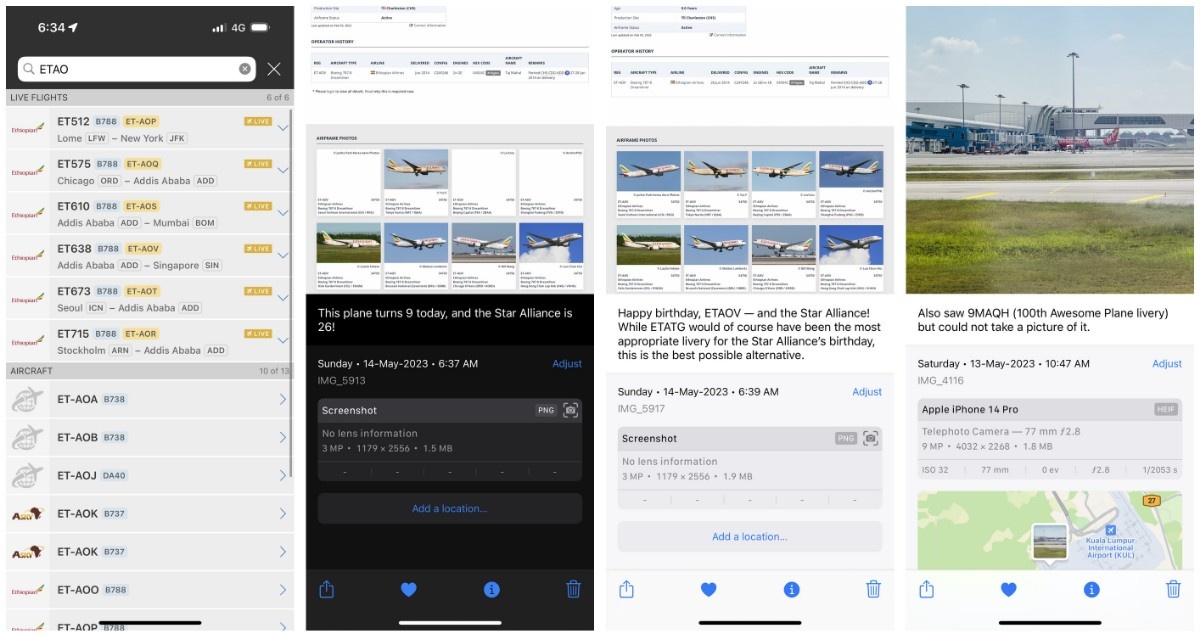
Evening. 36 hours’ worth of exploration and epicurean experiences over a jam-packed weekend makes one more than want to crash out in the confines of one’s bed. First, however, having done a solo evening tour of the gargantuan retail complexes at Mid Valley — the Mid Valley Megamall and The Gardens Mall, which felt huger than any other I’d ever seen (bar The Dubai Mall) — I had to return to the WOLO Bukit Bintang, where my luggage was kept, and then try to order a Grab (there being no Gojek in Malaysia, with airasia ride being the main competition) all the way down to the airport. At 7:20pm this is how the street looked like, with the hotel on the left, and the Lot 10 shopping centre with its H&M on the right.
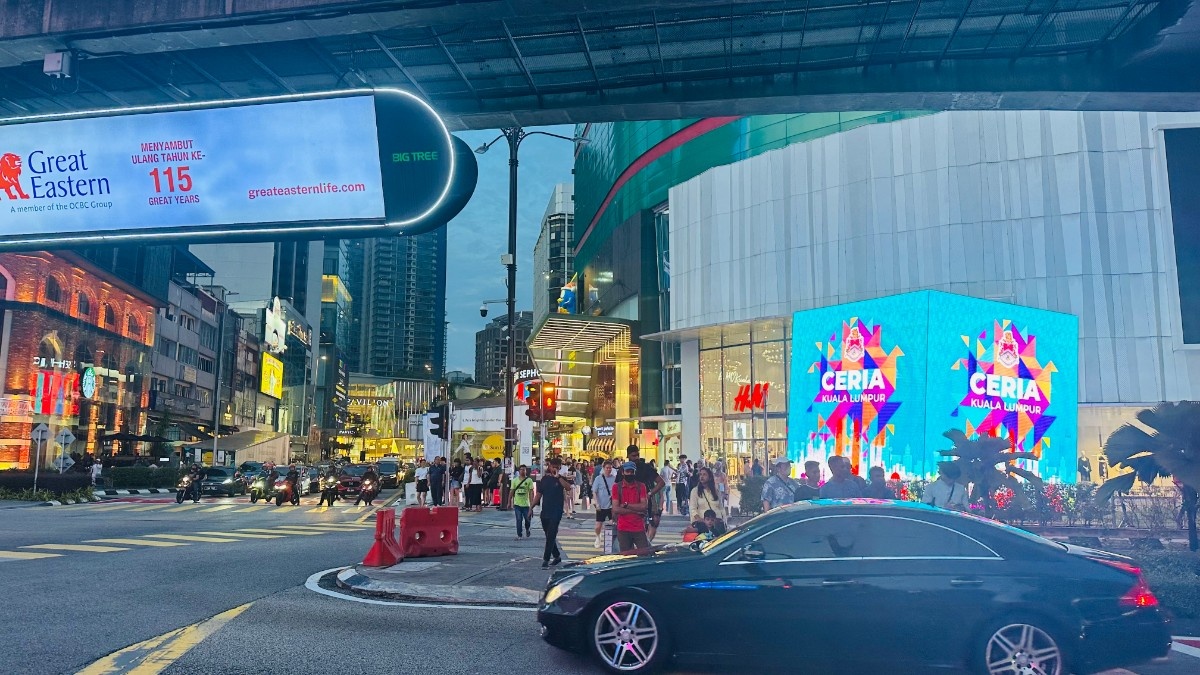
I managed to share the Grab with one of my fellow tour-participants, and this only after both of us desperately tried to book one from half-past seven to a quarter past eight, only to face cancellation after cancellation in the process. Only at 8:22 did a Perodua Myvi hatchback turn up, after the driver added to the delay by getting stuck in Kuala Lumpur traffic. This is Perodua and Proton country, and the two state-owned carmakers have well over half of the market, much like Maruti Suzuki and homegrown manufacturers Tata and Mahindra control the Indian market. (Indonesia, for its part, is overwhelmingly dominated by the twin companies Astra Toyota and Daihatsu, as I was to find out in a few weeks.)
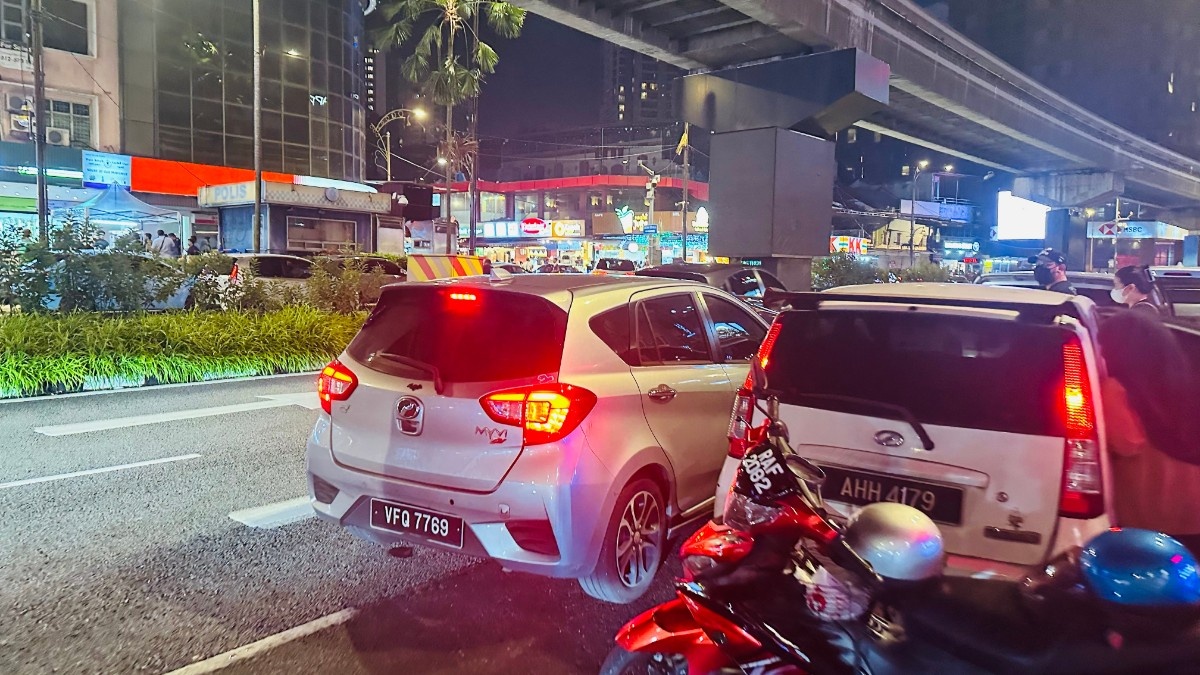
Good thing that the Grab always costs a reasonable RM65 and takes no more than 50 minutes at most, no matter where in the city you’re starting from, which I also found to be the case in end-July when I trotted over to Sunway City in Subang Jaya. The excellent expessways ensure that the distance of 45-odd km will be covered in about as many minutes. As I’ve said several times in the past, KLIA is located all the way down south of the Klang Valley cluster — in Sepang at the very bottom of Selangor state, near the Sepang International Circuit which used to host the Grand Prix until 2017. It is built in the middle of rainforest plantations, almost near the coast.
Despite the immense distance — no Southeast Asian city has its airport further out than Kuala Lumpur; only Tokyo Narita and Seoul/Incheon are similarly far off in Asia — you are pretty much assured of reaching KLIA well within an hour. Which is more than can be said for Bengaluru Kempegowda Airport (my current Indian home base) where it takes no less than two hours in peak evening traffic from my home in the suburb of Begur, in the southern fringes, to the airport in the far northeast.
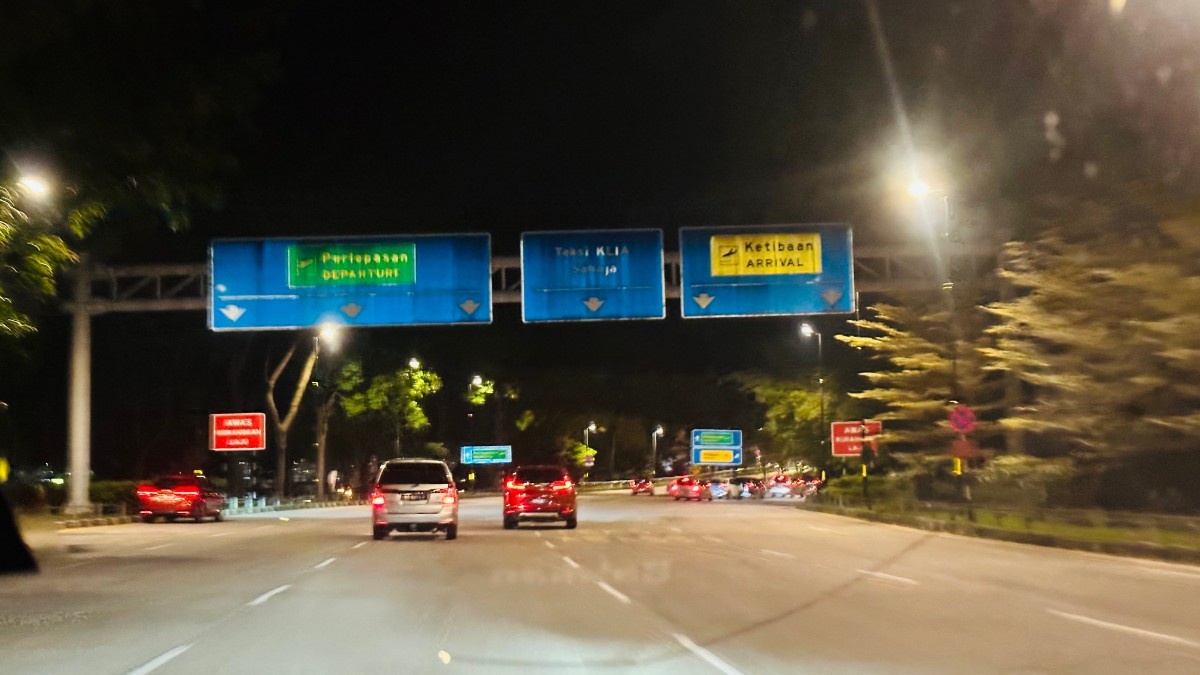
At 9:05pm, after hardly 40 minutes on the road, the hatchback turned into the sweeping archways of what sould have been one of the most impressive aviation facilities in Southeast Asia — thoug of course it cannot hold a candle to Changi — but instead has faced scrutiny for its rundown facilities and aerotrain breakdowns. It seems the days of KLIA being in the world’s top ten airports are long past, as it has slipped and slid for over a decade to No. 67, all while Changi firmly clings to the number one spot, with only Doha Hamad pushing it over recently. Still, I always feel joyful whenever I come here, and especially the main terminal, which is so much better-decorated than its low-cost counterpart down the road at KLIA2.
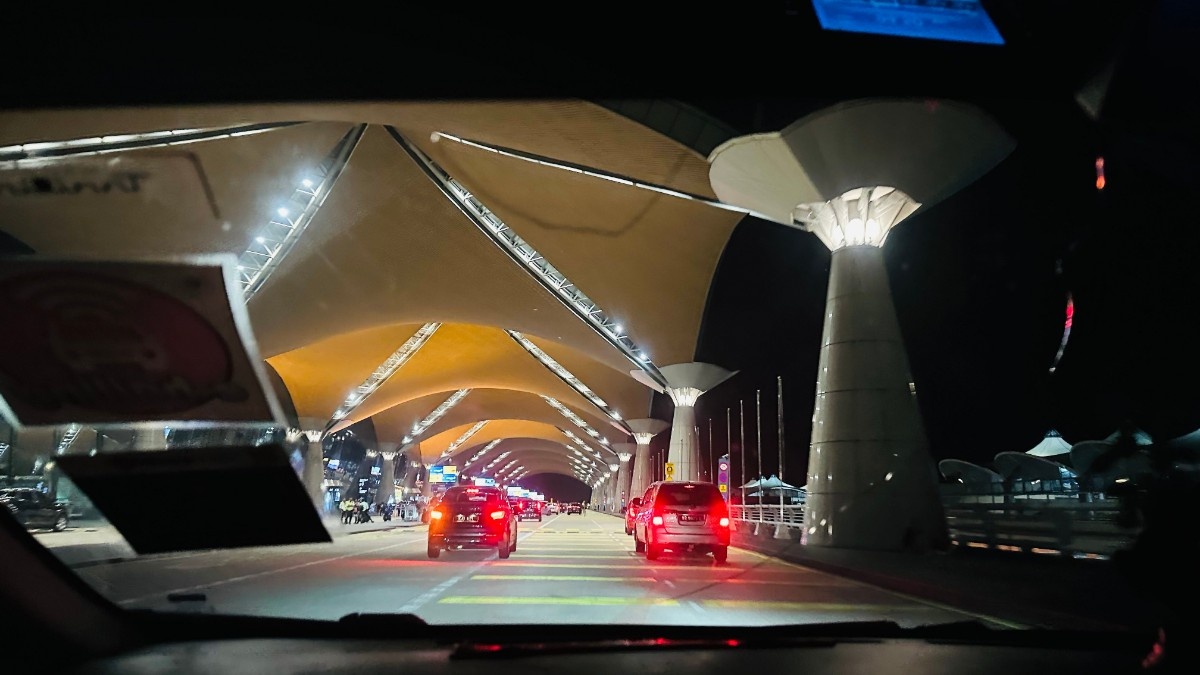
A sign reading ‘KL International Airport’ was placed at the entrance, but I’m not so sure if this is the most apt name. Given how far the airport is from anywhere of note in the Klang Valley, I’d rather it be renamed to Sepang International Airport instead, or Kuala Lumpur–Sepang Airport, as then it would reflect the location of the actual area it is in. Then again, everyone calls it KLIA, so maybe it’s not worth changing such a well-entrenched name.
At least Narita and Incheon Airports are not lying about their distance with respect to Tokyo and Seoul, since those cities have secondary airports that are much closer to the centre. (Kuala Lumpur’s equivalent ‘city airport’, Subang (SZB), serves only turboprops and private jets.) Indeed, Haneda is now a full-fledged international long-haul airport in its own right, but this cannot quite be said for Gimpo — even though it lays claim to the world’s busiest route, to Jeju, but that is still a domestic route.
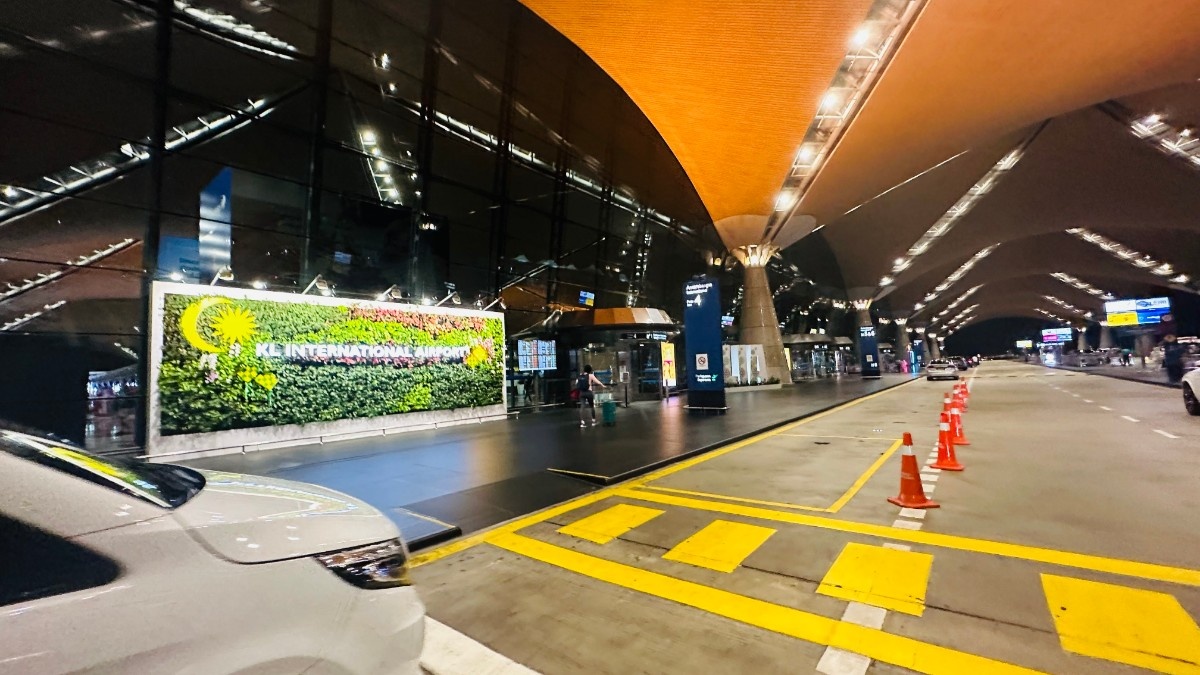
Amid all the arriving cars was a sign placed for passengers to note which gate their airline was using. Two of the four screens below were for wishing Selamat Hari Raya greetings, and the one in the bottom right for flag carrier Malaysia Airlines, leaving the one in the top left for Africa’s largest airline — which is what I’d be flying today.
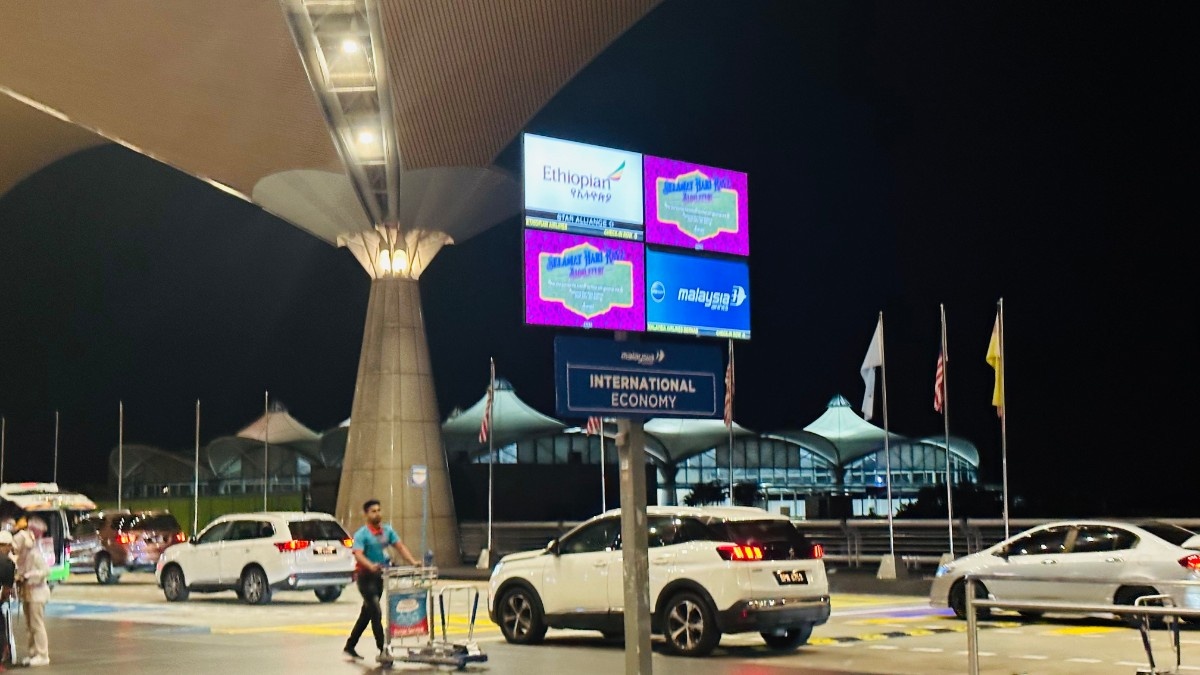
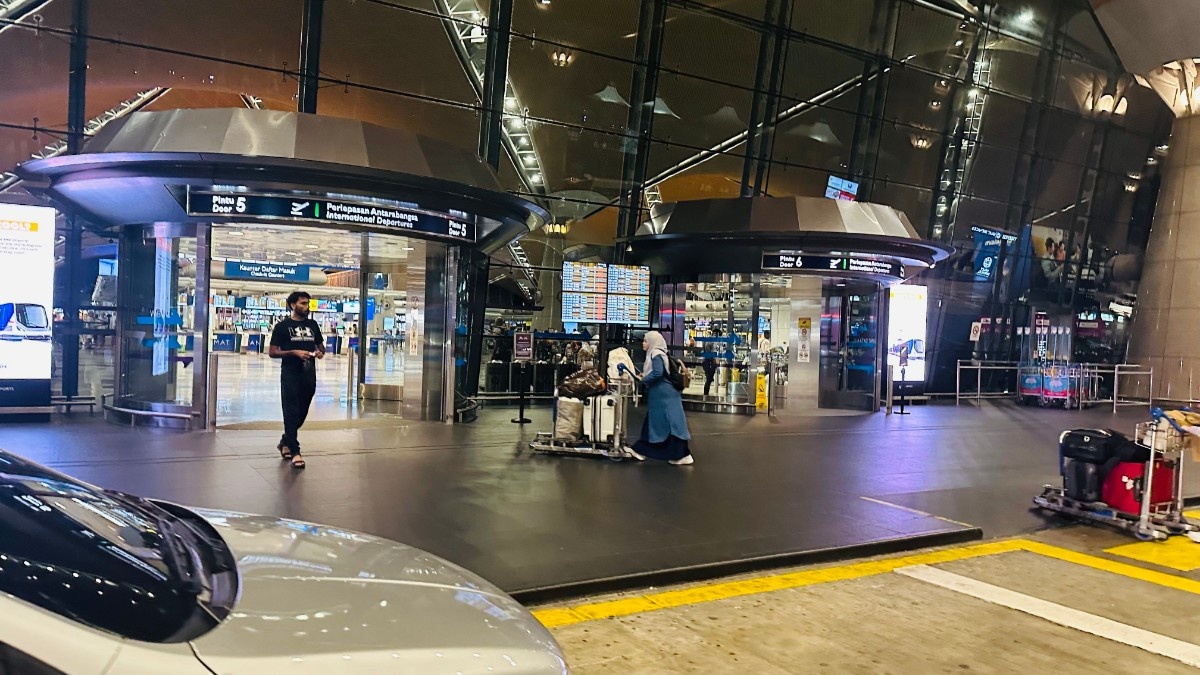
Inside, I was bowled over by the beautiful arching rooftops, almost like a hexagonal lattice. A far cry from, say, the high ceilings of Bangkok Suvarnabhumi that with their grey industrial looks fail to deliver, or for that matter Soekarno–Hatta Airport in Jakarta where I didn’t find much charm in the sprawling Terminal 3, despite the huge extent of its real estate. While no Changi, with its Dior and Armani ads all around, KUL still has one of the better-looking terminals in Southeast Asia — but I won’t say the same for KLIA2, which is no more than a glorified bus terminal.
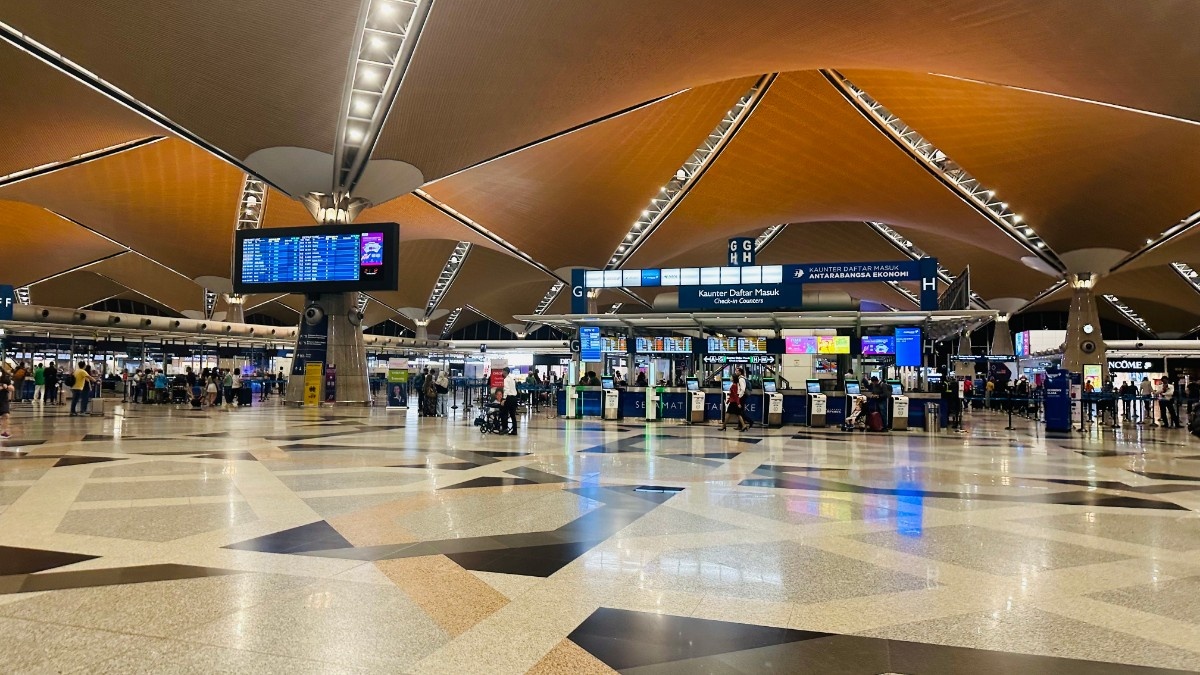
A big red salescounter for MYAirline, the new low-cost entrant into a territory dominated by AirAsia, was present near the entrances.
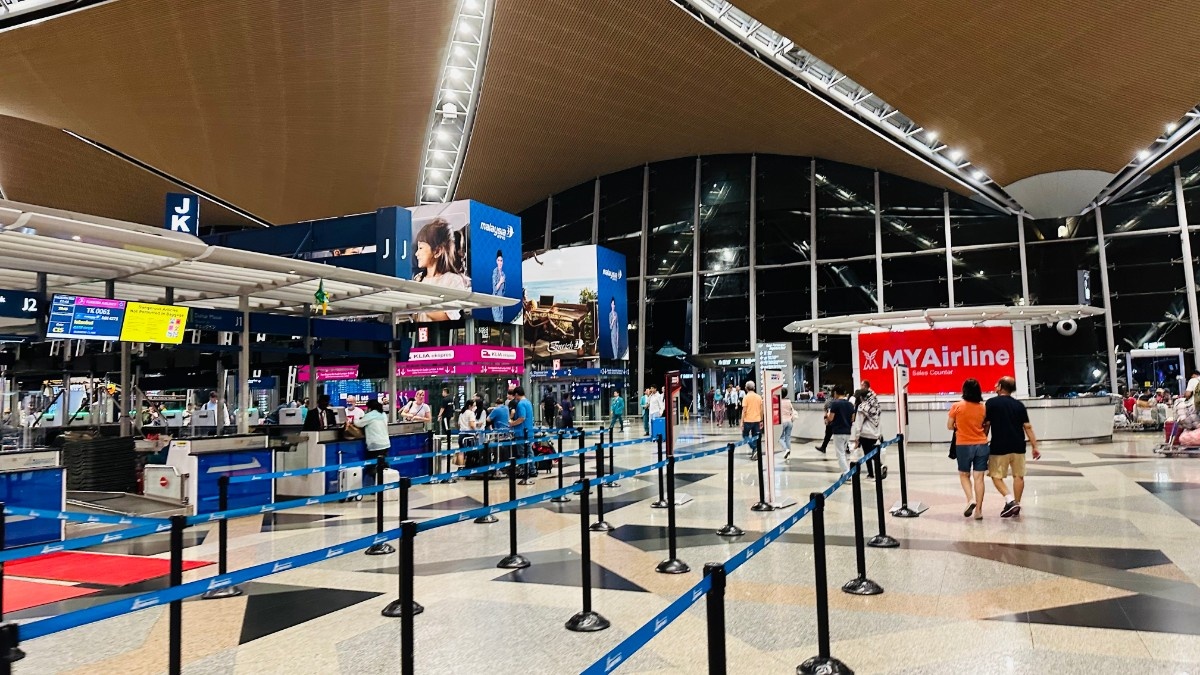
Here stood a bright green Ethiopian check-in sign, and, as with many airlines around the world, ET has used the smiles of its female cabin crew to advertise its hospitality to its guests from across the globe. The radiant glow of the crewmember’s face, coupled with bright lipstick and earrings, makes for a contrast with the sedate dark green uniform and badge. I should note here that ET has more colourful and ethnic uniforms for some of its flight attendants, as was the case at the entrance to the aircraft.
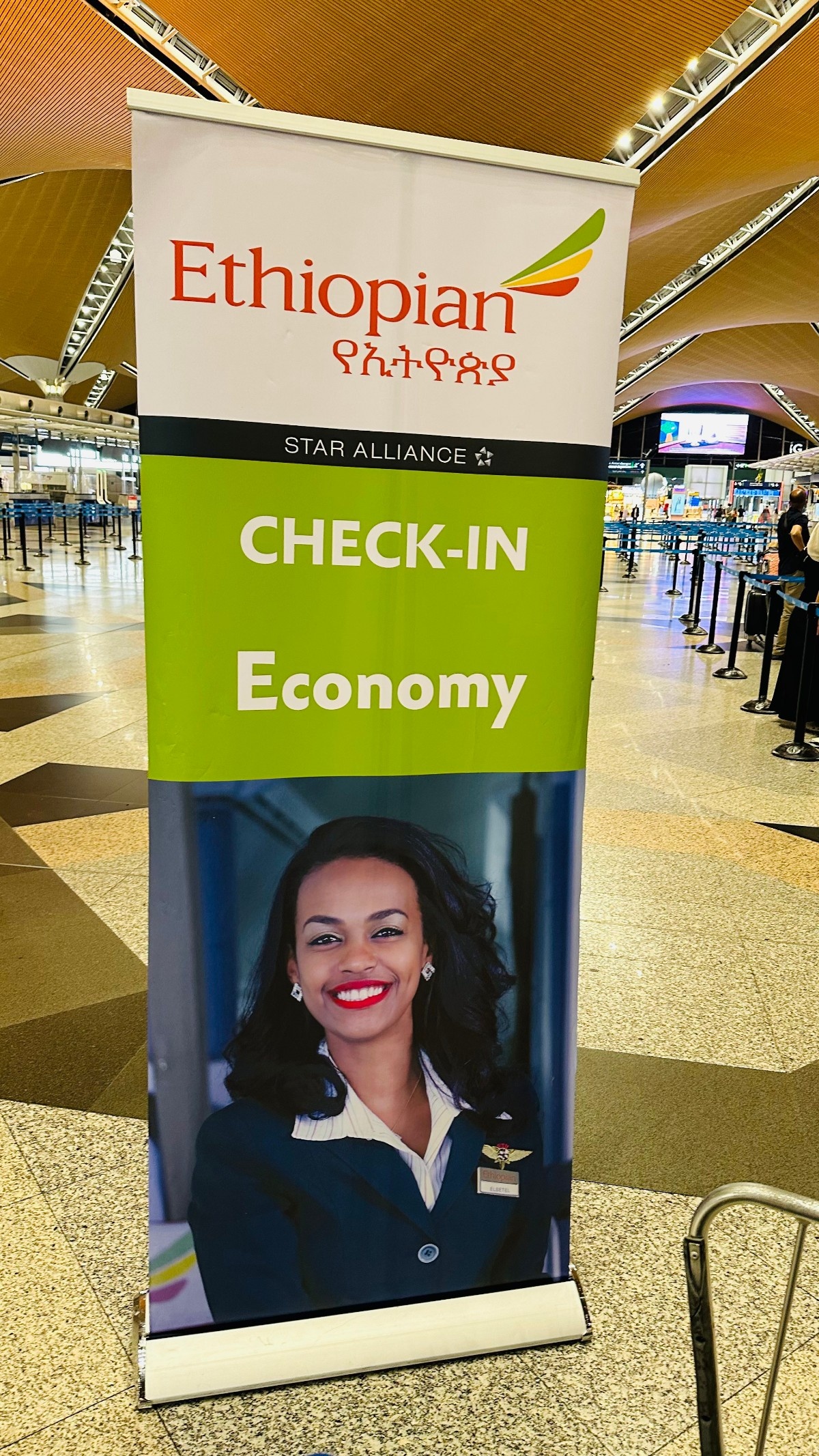
Most of the passengers were expectedly African, continuing all the way to Addis Ababa — and likely onwards to Kigali or Windhoek or Durban or Abidjan, or anywhere else on the vast continent (and beyond) that the Emirates of Africa serves — while several like me would get off at Changi.
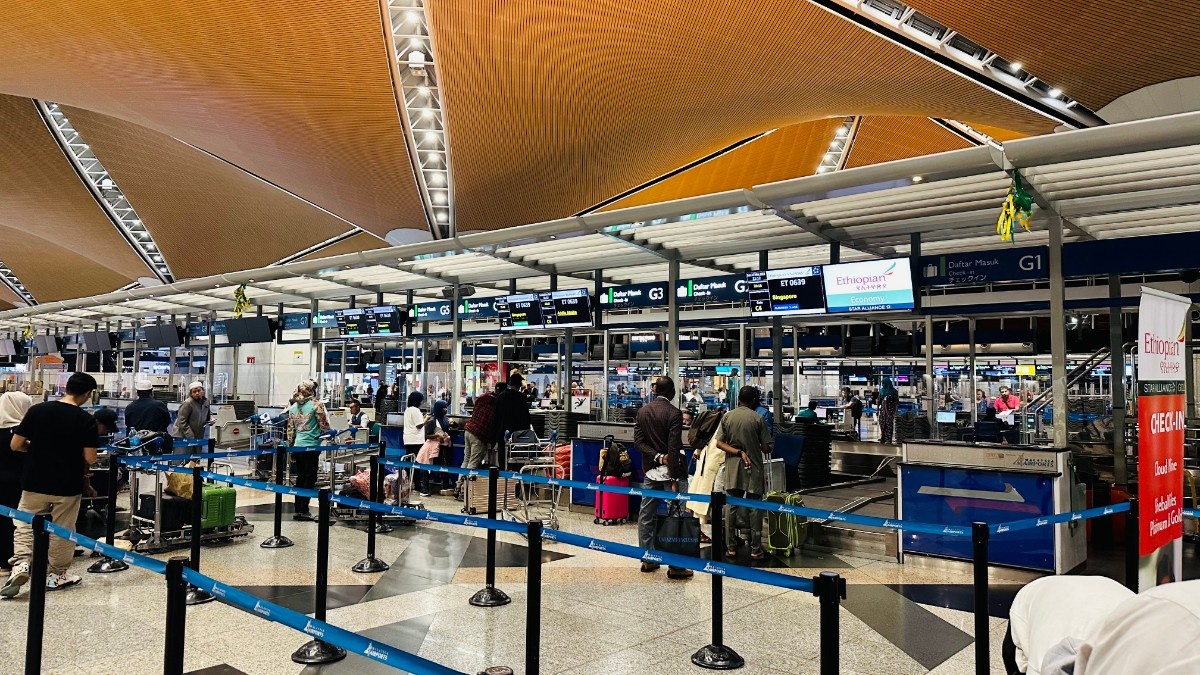
Interestingly, both it and Air India were supposed to join the Star Alliance in 2011, but while ET joined on schedule, AI’s membership was deferred until 2014 — when our plane was built — and no airline has joined the alliance as a full member since then! (The ‘Star Alliance Connecting Partner’ concept is little more than a farce, with only two members, one of which (Thai Smile) will soon cease to exist. The ‘intermodal partner’ tie-up with Deutsche Bahn is not much more useful than that.)
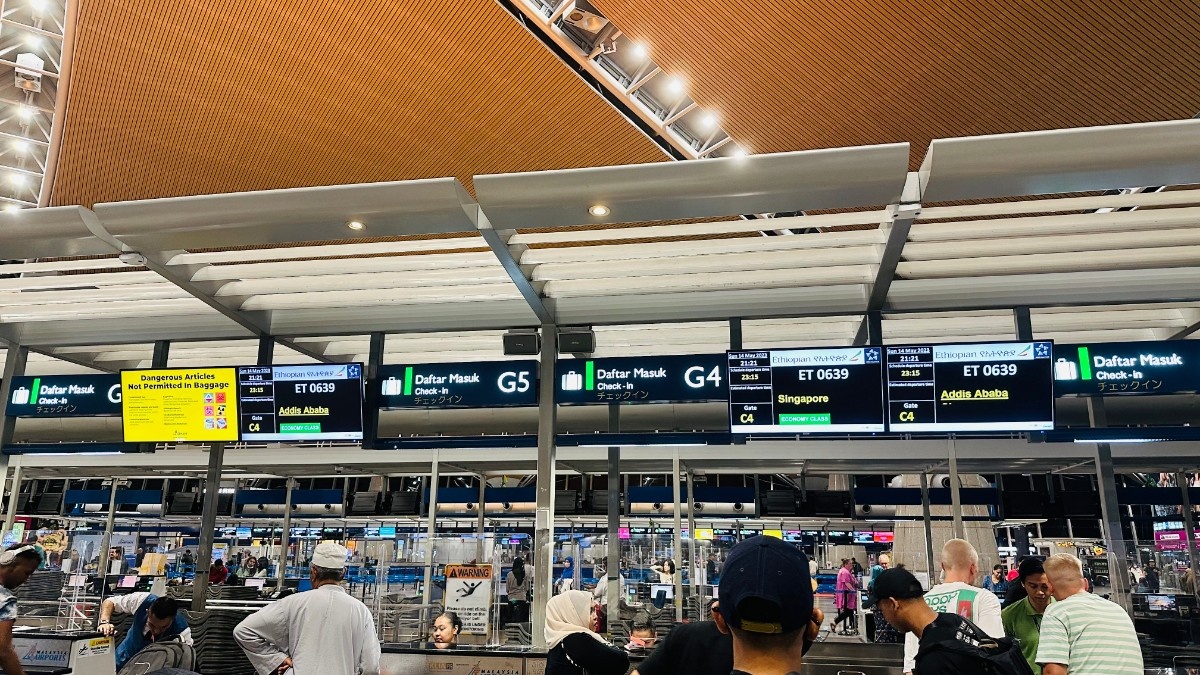
Another Star Alliance member, Turkish Airlines, was celebrating ten years of flying to Kuala Lumpur. Only ten years? I thought. How come the airline serving the most destinations in the world hasn’t been to one of Southeast Asia’s biggest capitals for much longer?
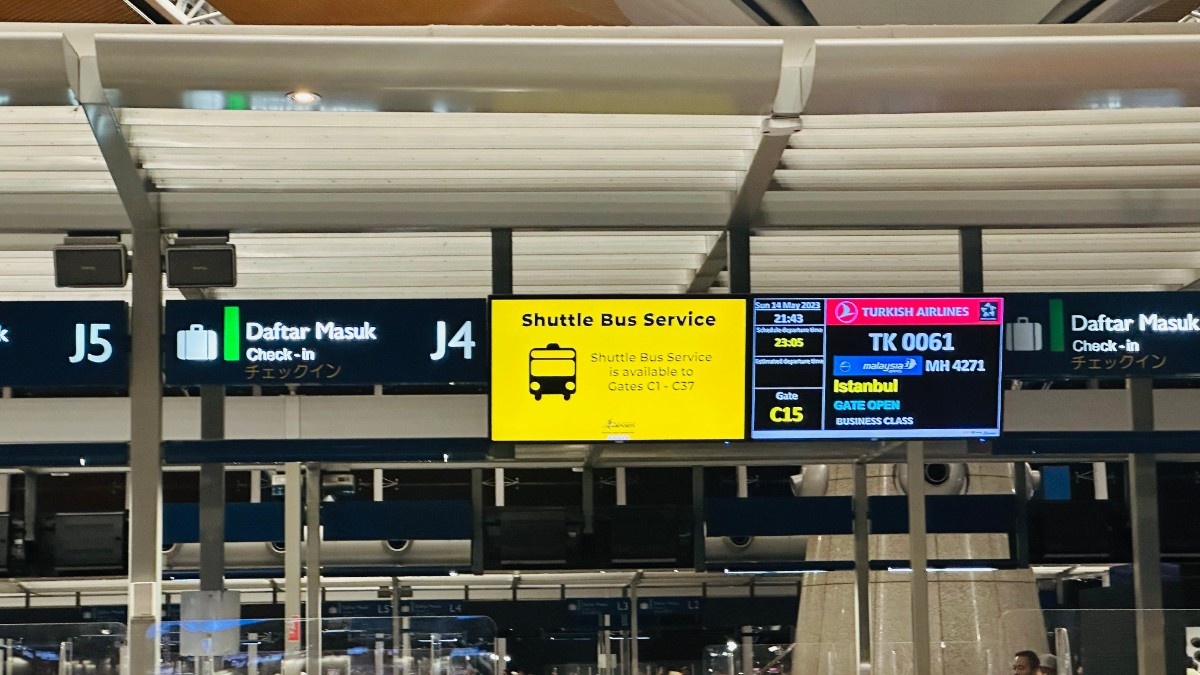
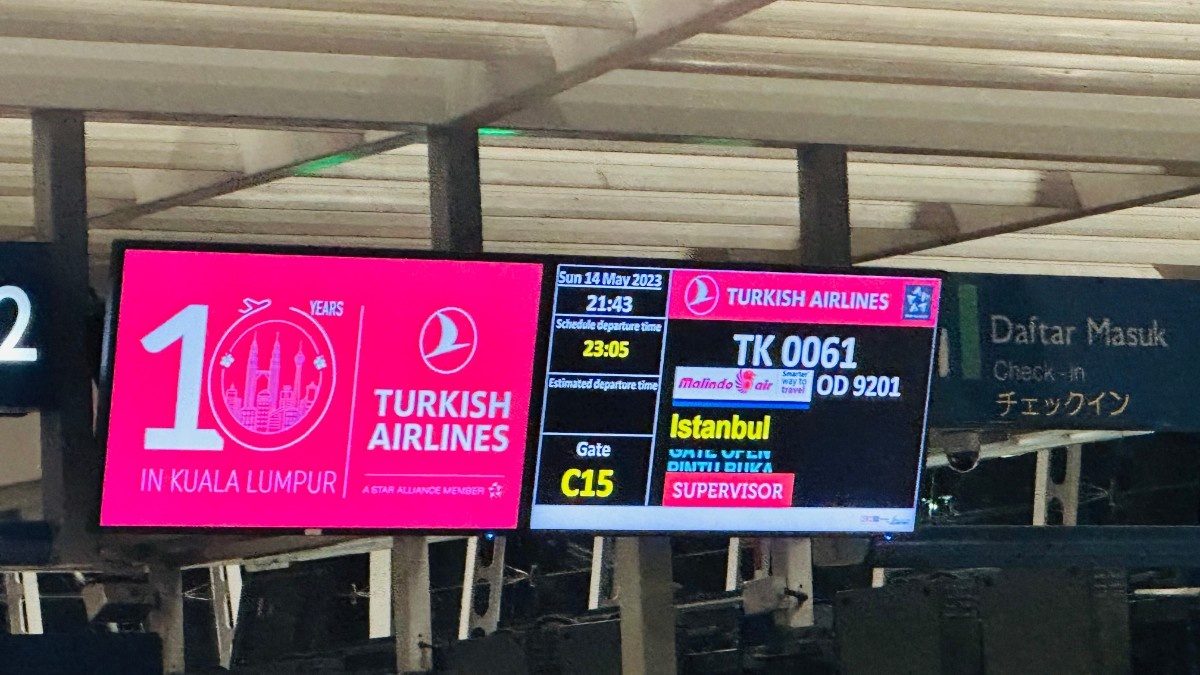
Behind were a couple of ads for MH, which I flew the previous October on its A330-300, which despite not being particularly old was aging fast — and not in a nice way. Contrast that to another A330 of the Oneworld alliance that I happened to fly twice in a day: despite being a 23-year-old veteran, SriLankan’s 4R-ALB was nicely retrofitted with a decent IFE system that belied her ancientness. Still, when MH’s A330-900neos come on board, I will be more than happy to try them out, and I have been highly impressed by the airline’s branding and typography otherwise: its usage of the Gotham font makes it the best (in my opinion) font system of any airline in Southeast Asia.
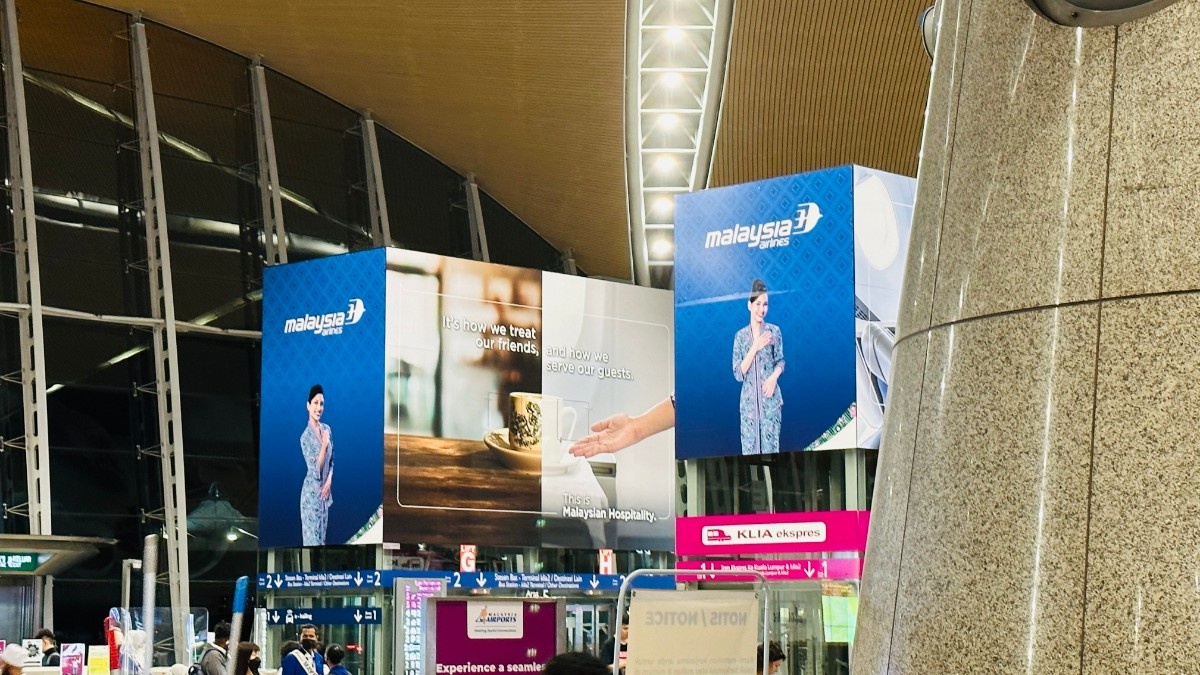
It had been only two months since, in March, the umpteenth aerotrain breakdown forced KLIA to suspend the service until 2025, as they had been running almost uninterruptedly since the airport’s opening in 1998, and they could do with the much-deserved renovation that they so desperately needed. Most long-haul airlines, including ET, use the Satellite Terminal that depended on the aerotrains to get to, which now require a bus ride instead (as if a 55-km haul from the city weren’t enough for exhaustion!). To me, however, this was nothing short of a joyride, as I would get to see the colourful aircraft lined up on the apron much closer than I would have on the train.
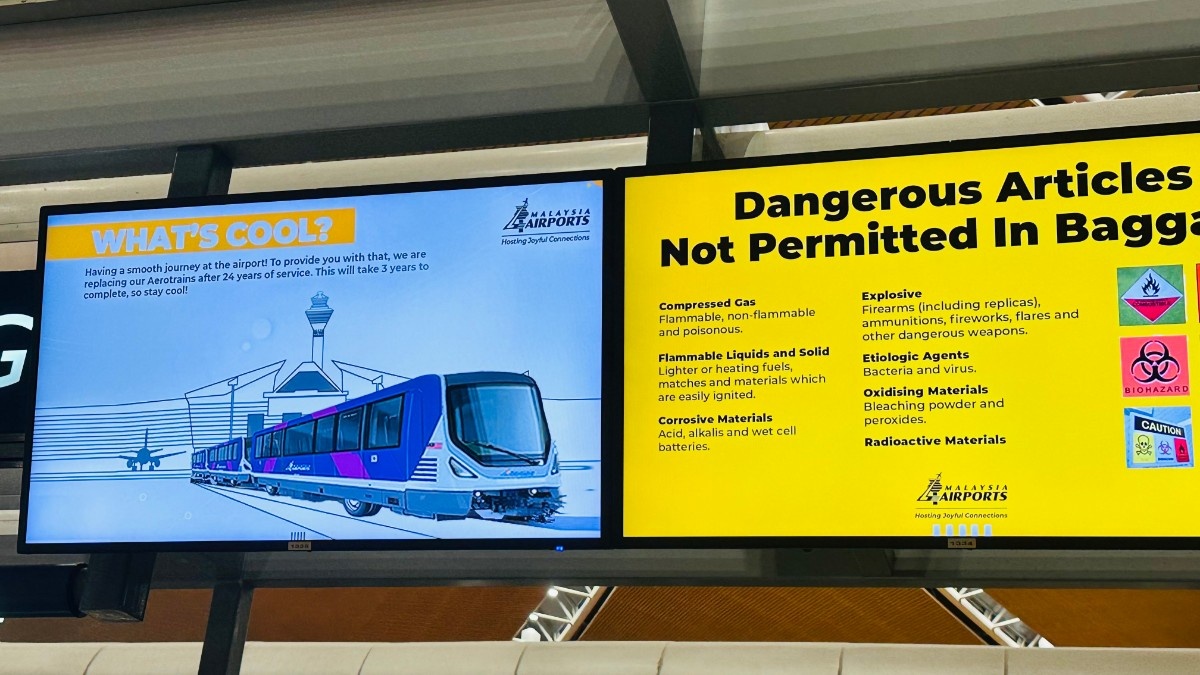
Here, then, was my boarding pass: a bit plain except for the three swooshing stripes at the top. However, on my next flight with ET at the end of July, I got a more colourful version with — you guessed it — a female cabin crew member flashing her pearly whites. The reverse I captured near the immigration counters, and I’m afraid the airline doesn’t seem to have a very good command of English in general, despite the professionalism that its Selamta magazine shows off with its authentic African colours and typography. I can say the same thing for Star Alliance founder Thai Airways: no amount of pristine purple clouds or royal orchids can take away from its lapses in English, typography and westernisation — the stark opposite of Malaysia Airlines.
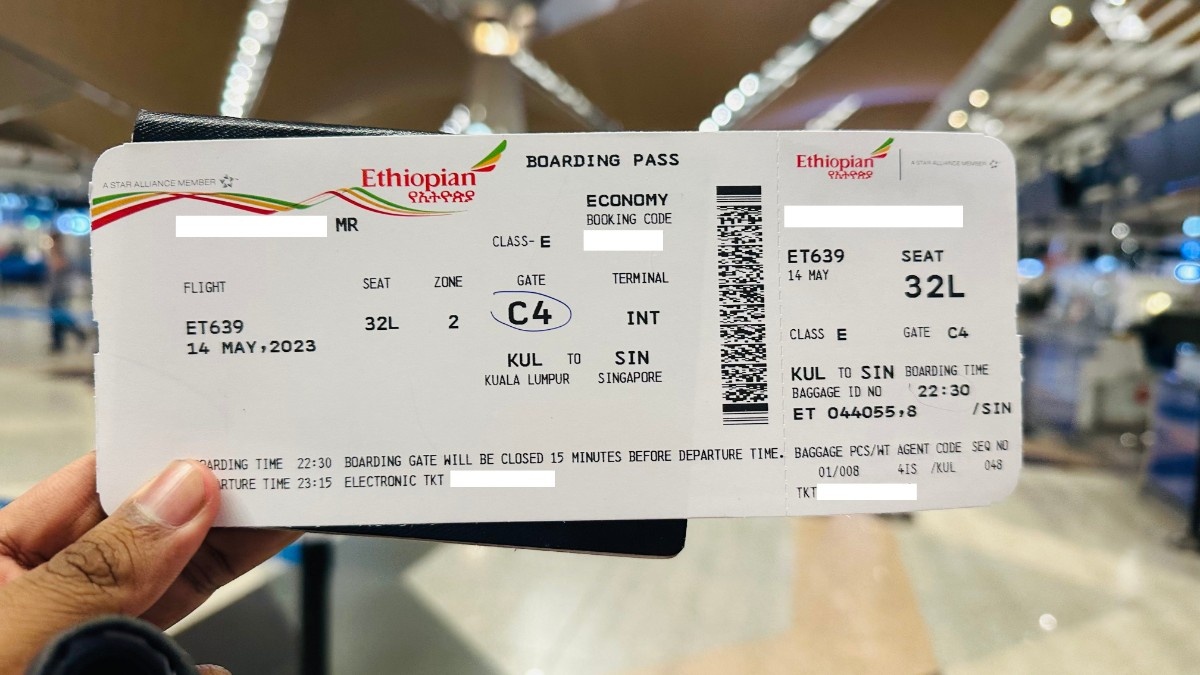
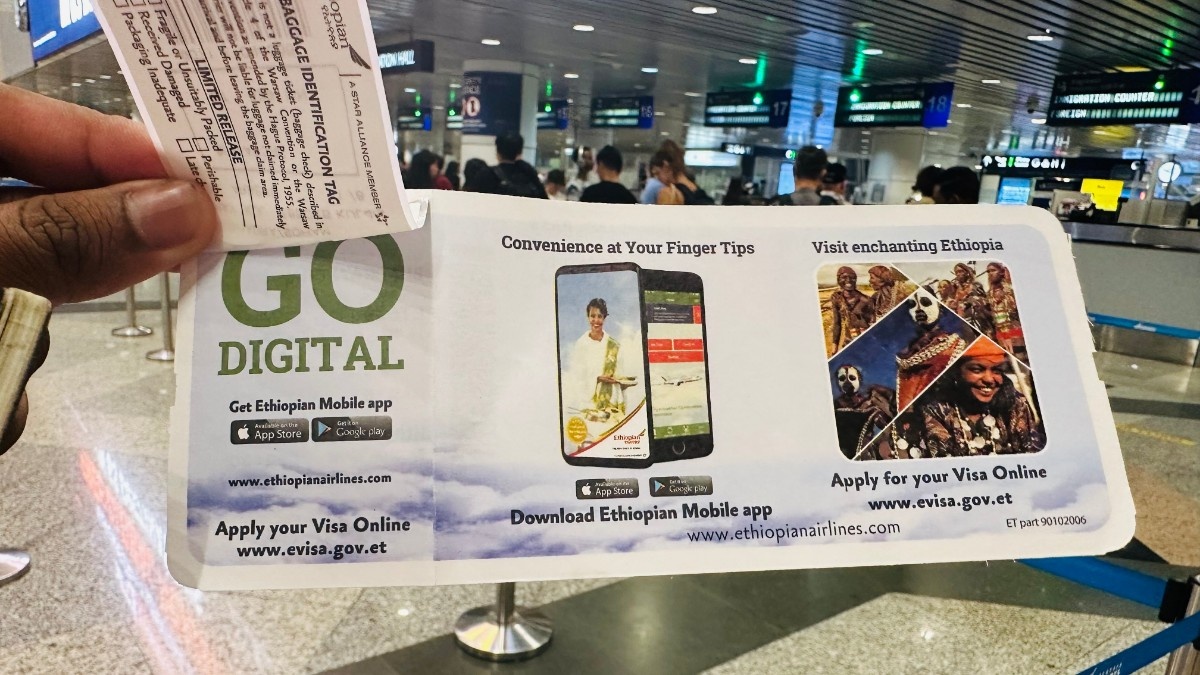
I ensured that my aviation-illiterate parents were clued in on how momentous of an occasion it was for me. I had to explain what is the Star Alliance, who are its most prominent members and how ET fits into the picture!
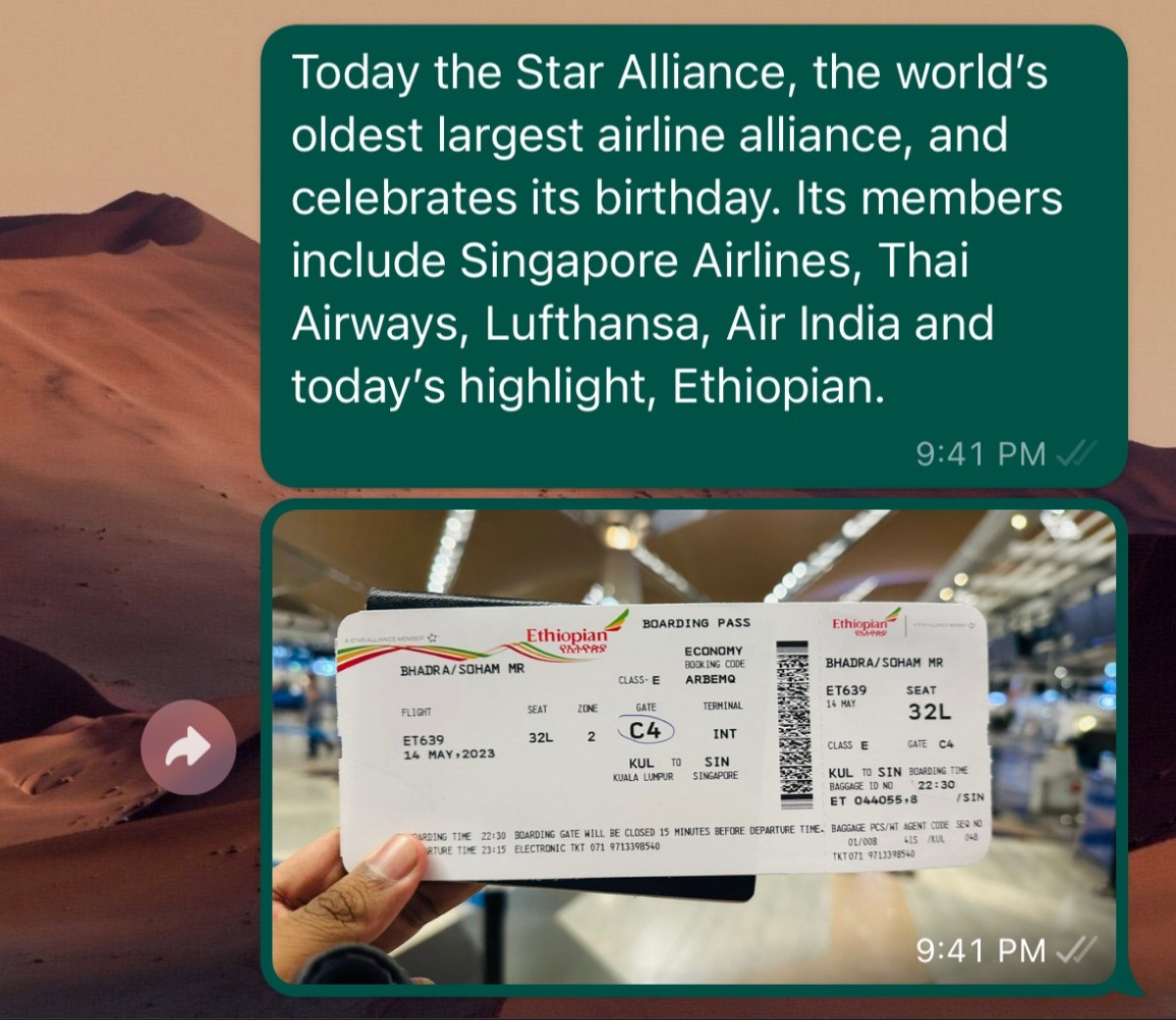
Coming back to the blue-circle alliance, a huge banner spanning the entire length of the check-in counters was painted in an equally dark blue.
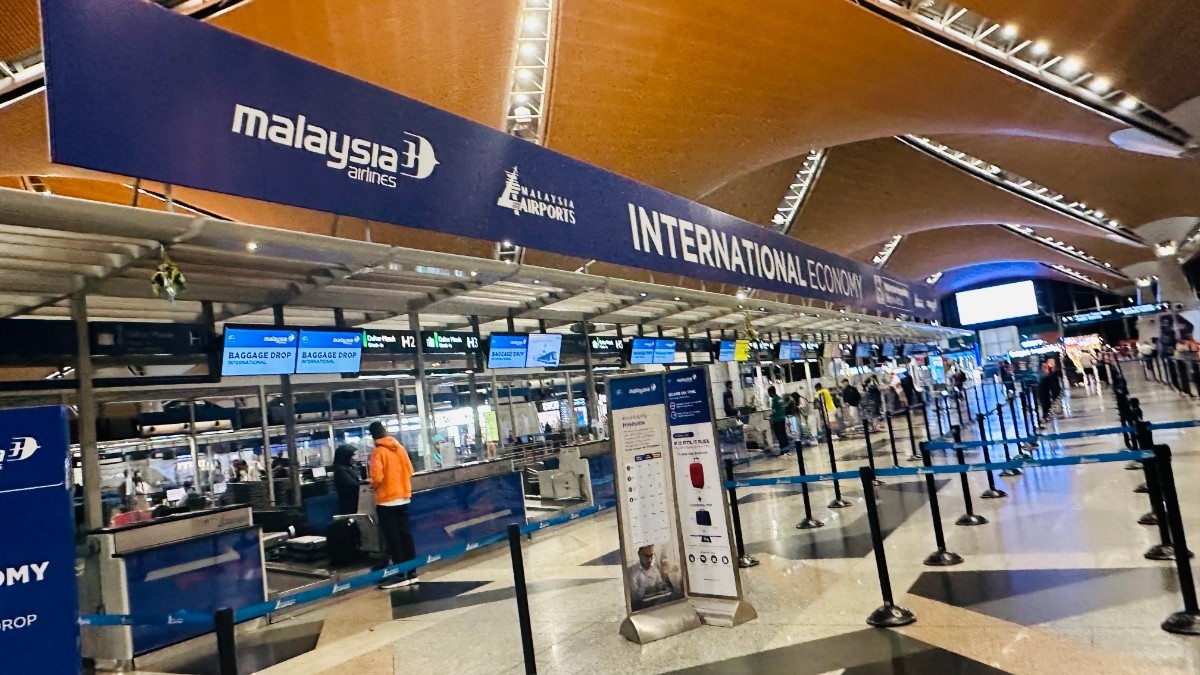
The Journify app is the only instance of Malaysia Airlines NOT using Gotham, as it astonishingly, unbelievably — and sadly — stoops down to the shameful level of Montserrat, that overused Google Font which does not deserve a place in any of the world’s big companies, much less an airline with such a perfect typography system.
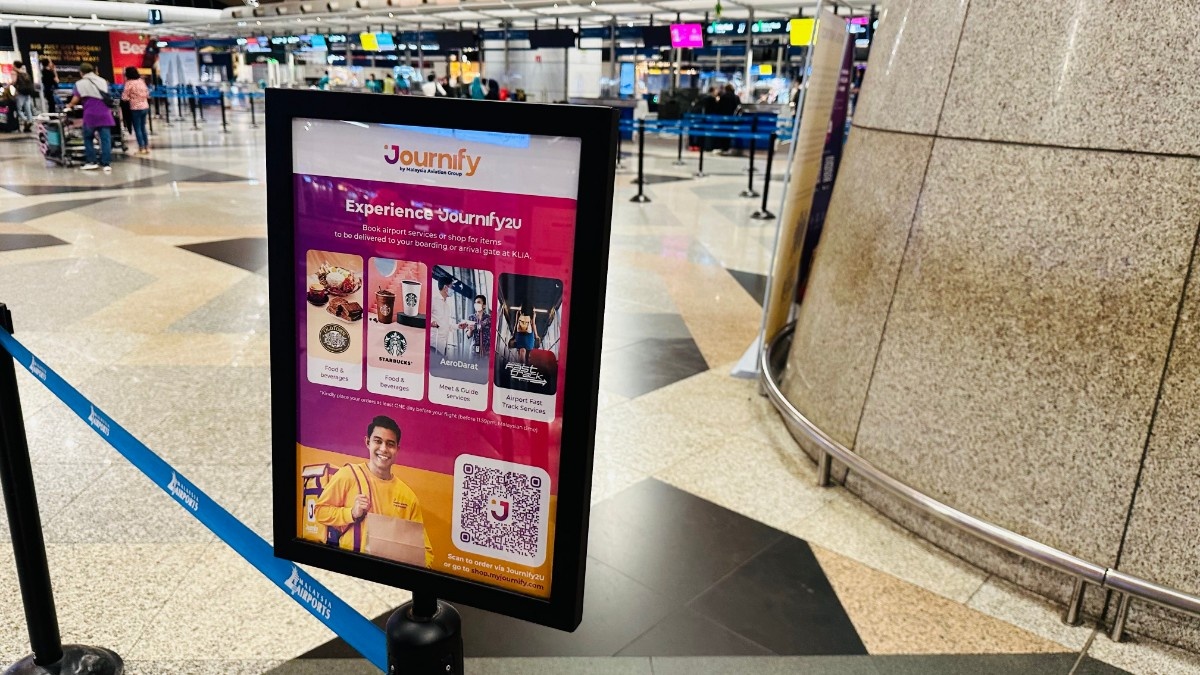
Anyway, with check-in done, it was about a quarter to ten, and I was about to head down towards the immigration counters. The big, bright shops selling eats and take-homes only served to underscore KLIA’s charm for me.
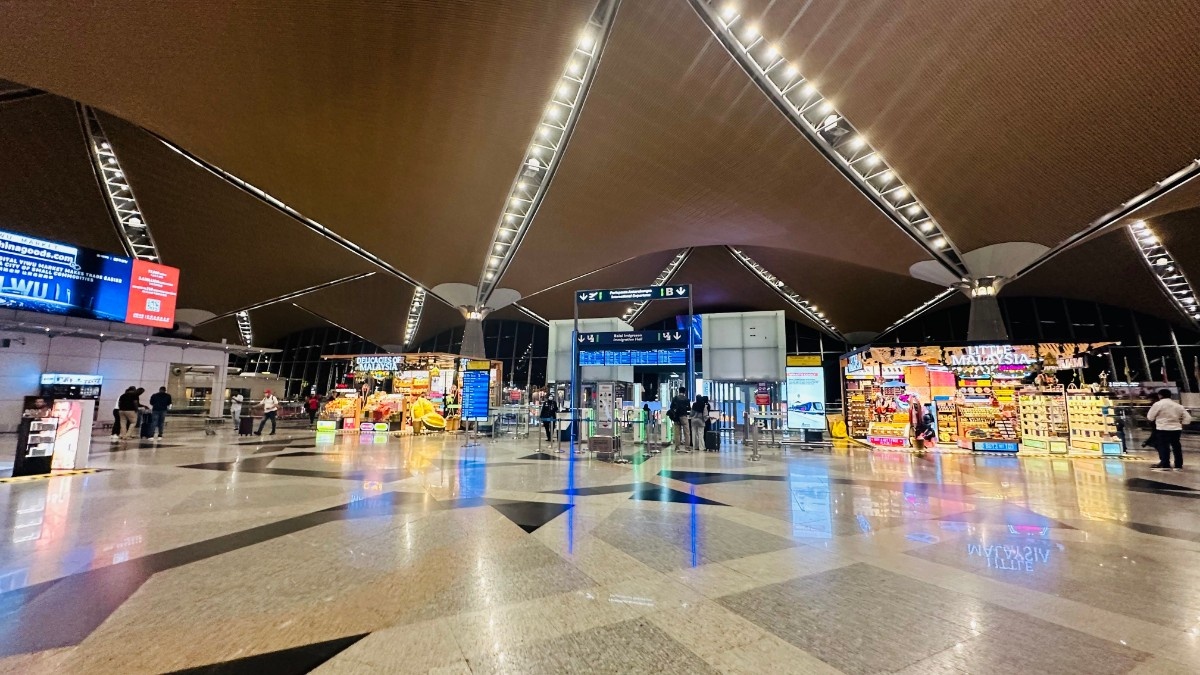
These were some of the early-morning departures for the next day, with the flights to Kathmandu — operated by Nepalese carriers Himalaya Airlines (H9873) and Nepal Airlines (RA416) — having the worst timings, followed by IndiGo’s 6E1032 to Chennai. For those who can’t read Arabic or Chinese, the three non-English destinations below — all served by current or former SkyTeam members — are easy enough to guess from the airline codes: SV843 (Saudia) to Jeddah, MF824 (Xiamen Air) to Xiamen, and CZ366 (ex-member China Southern Airlines) to Guangzhou.
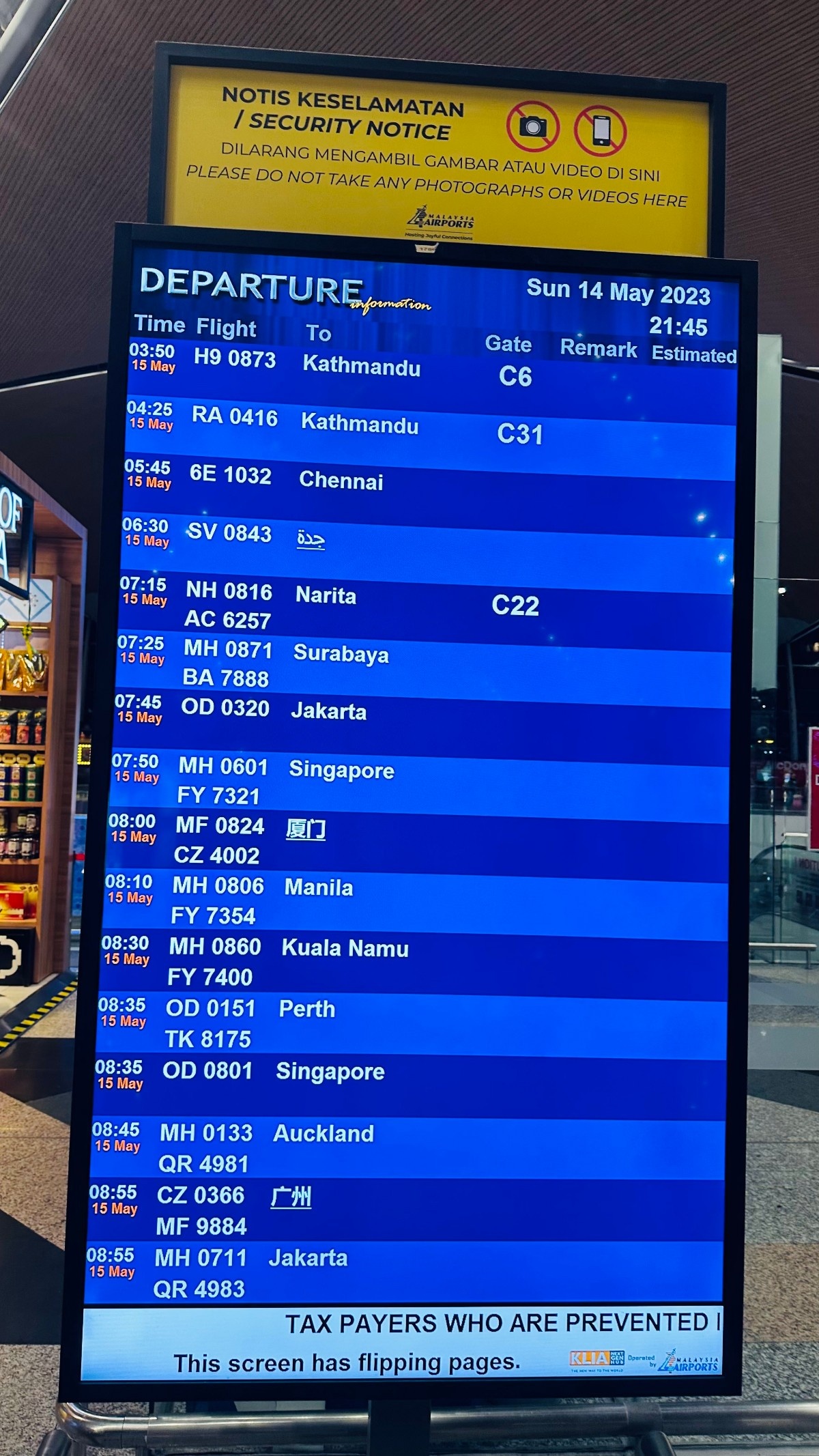
Where 787s are bigger than A380s: Model aircraft display at KLIA
Now I went down to Immigration, with a McDonald’s ad towering above and one for U Mobile — the smallest of Malaysia’s main mobile phone networks, after Maxis and the now-merged CelcomDigi — spread across the counters.
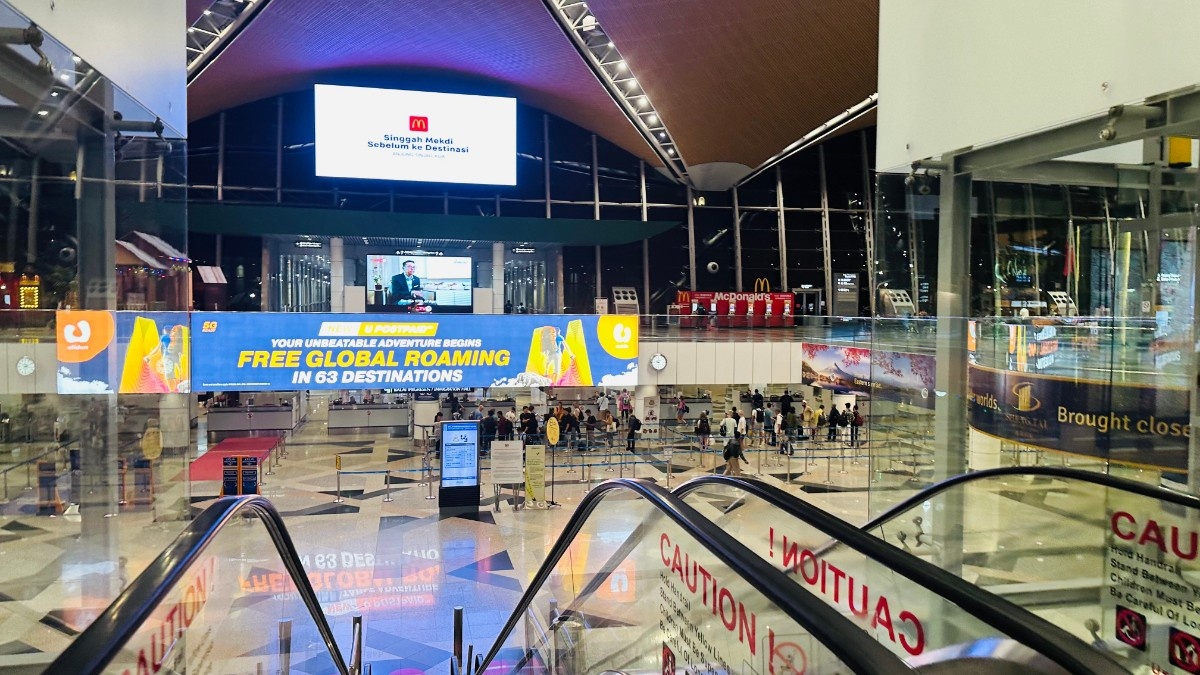
Here was a more panoramic view, with ads for a luxury property developer on the sides, and it really does show how impressive and expansive KLIA’s main terminal is. If this is what it takes to build an airport (or what they call ‘an airport in a rainforest’) 50 km south of the city, I’m all for it!
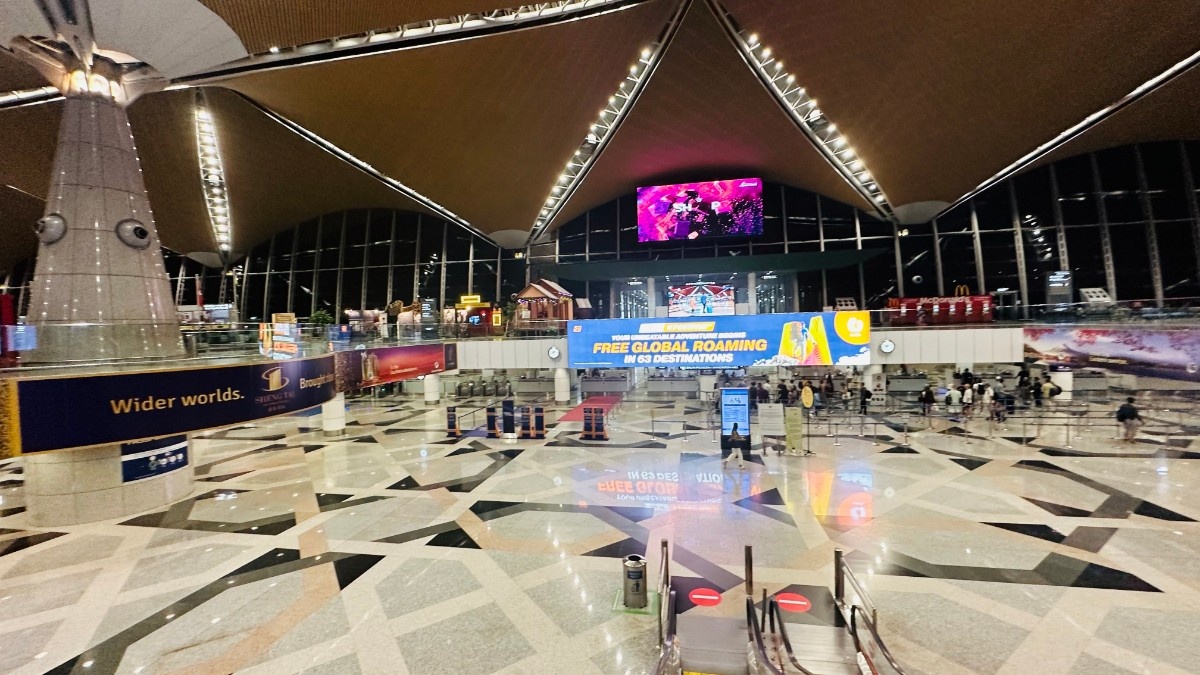
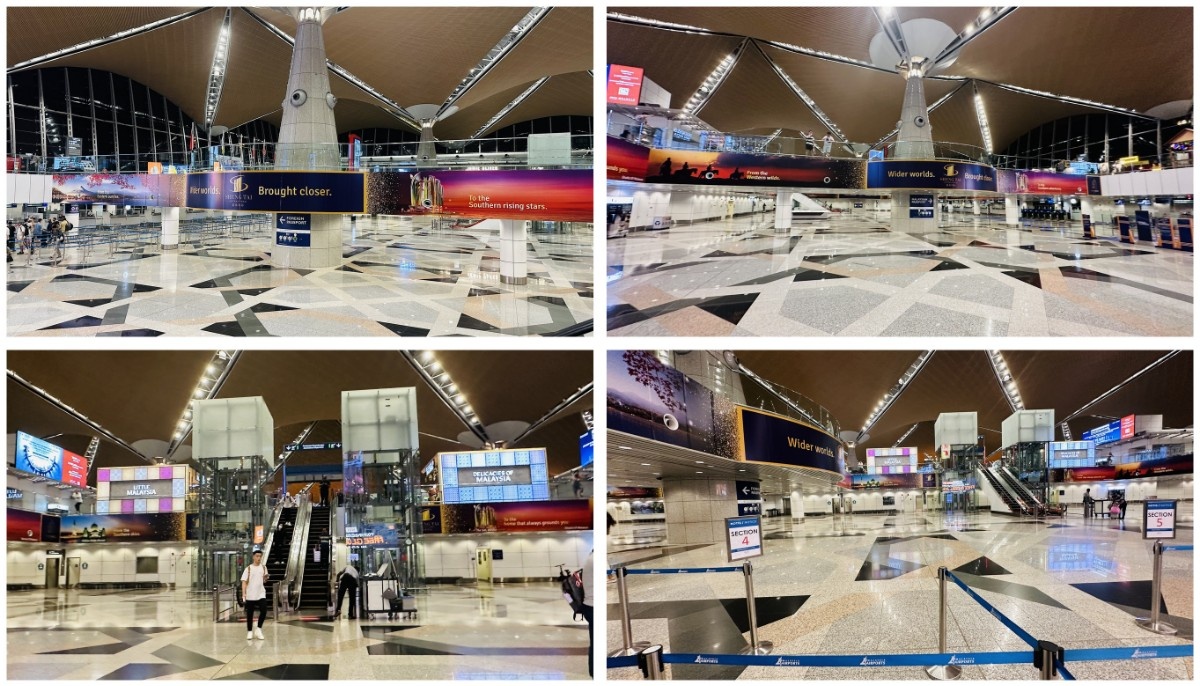
Once I was stamped out of Royal Malaysian territory, I now proceeded to the same transfer desk that I’d seen the previous October, when I was flying on the hometown flag carrier and hence only needed to walk until the H gates. Now, however, I’d need to schlep to the bus gates, where a coach would whisk me to the C gates in the Satellite Terminal, there being no more aerotrain for the purpose.
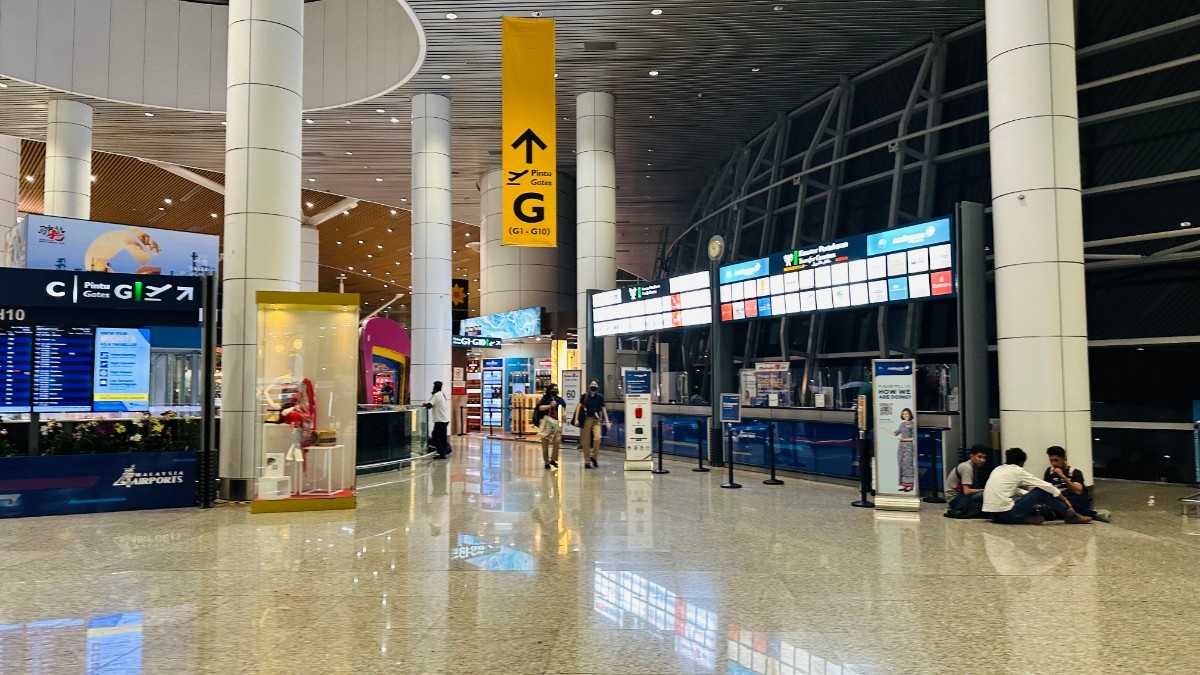
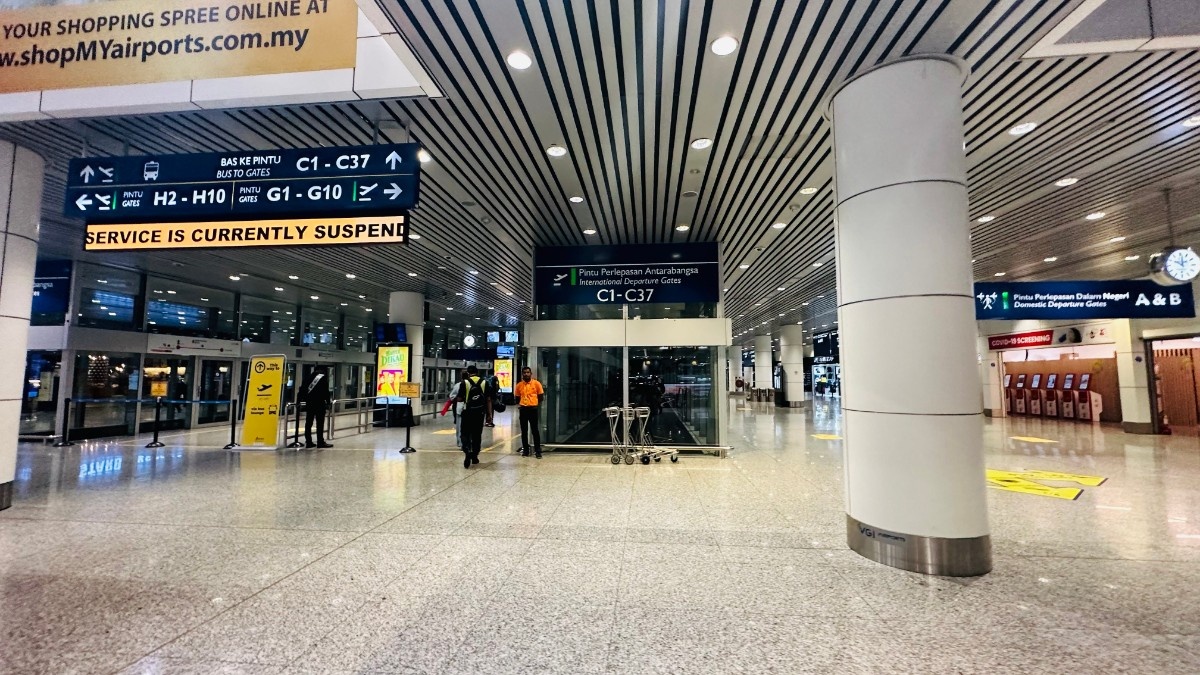
The same boutiques and ads were present now which had been present the previous autumn: Dior and MAC on either side, China Construction Bank atop the elevator box in the centre, Singapore’s UOB beside.

And now came the highlight of them all: the model aircraft display of KLIA. I went overboard snapping as many pictures as I could of this ecletic selection of planes, almost none of which, sadly, had registrations. Too bad uploaded photos are shrunk to a measly width of 1200px, which is a shame, but it was what I had to do to squeeze in as many photos as possible without hitting the limit of 150. (Full-resolution image here.)
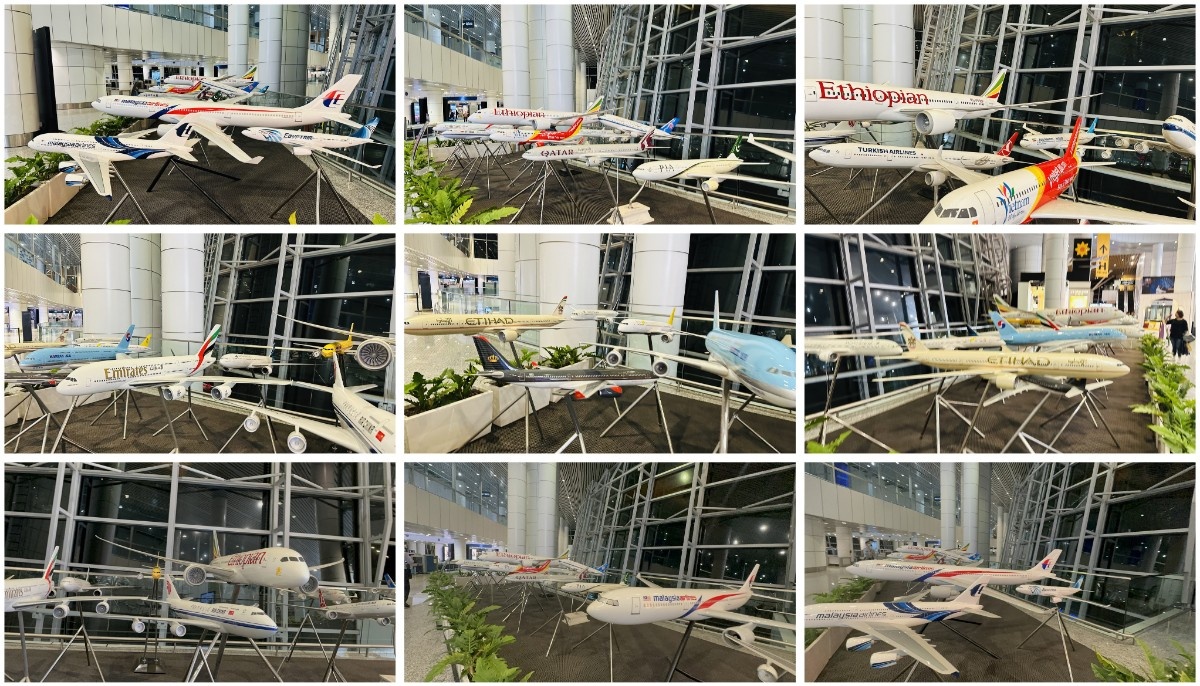
It was fitting indeed that Ethiopian should be the largest aircraft of the lot, and it’s not very often that an ET 787-8 or MH A330-300 is bigger than A380s from MH or China Southern — neither of which will fly again — which is all the more reason to make this the cover image of the report. (It seems I’d misjudged the mysterious blue tail at the bottom right the last time I’d come here: what I’d originally thought was Saudia turned out to be an A340-300 of Iran Aseman Airlines — an expectedly old (pre-2000) aircraft from a heavily sanctioned country — with an actual Saudia 787 further down the line. It was also one of the very few to have a registration, two others being Qatar Airways and Turkish Airlines.)
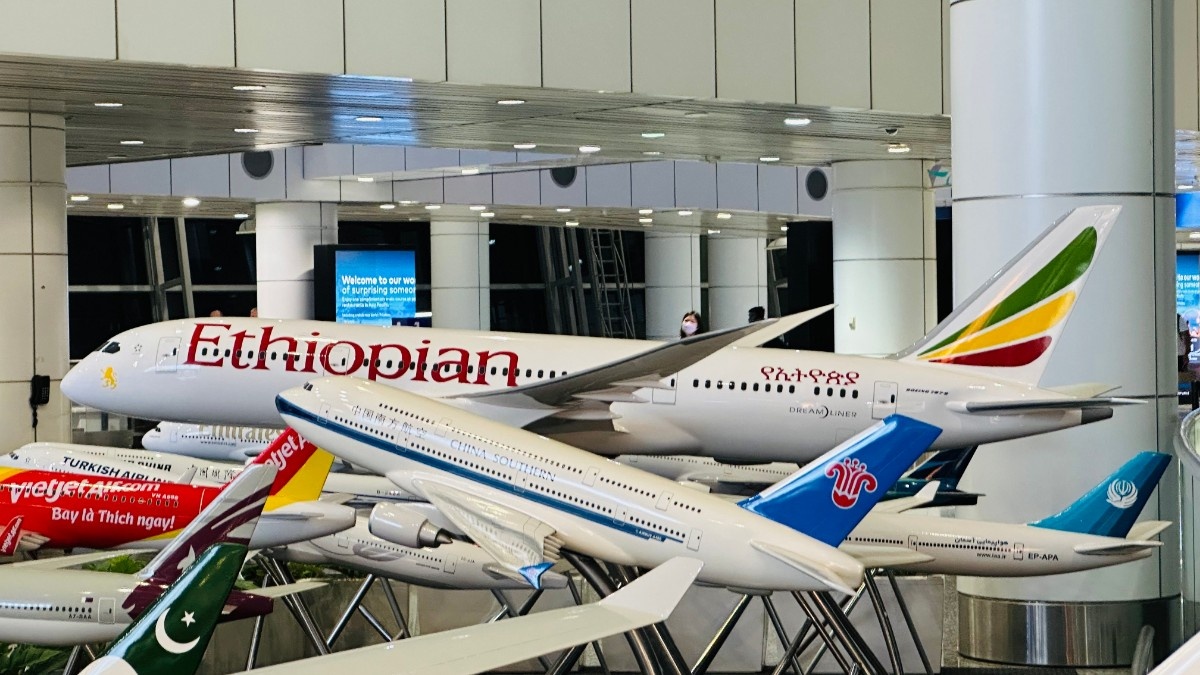
I turned 180° — which was my flight number on Malaysia Airlines in October 2022 — towards the other boutiques and emporiums, including this one for Eraman Duty Free which was prettily decorated for Hari Raya Puasa, or Eid-al-Fitr to the rest of the world.
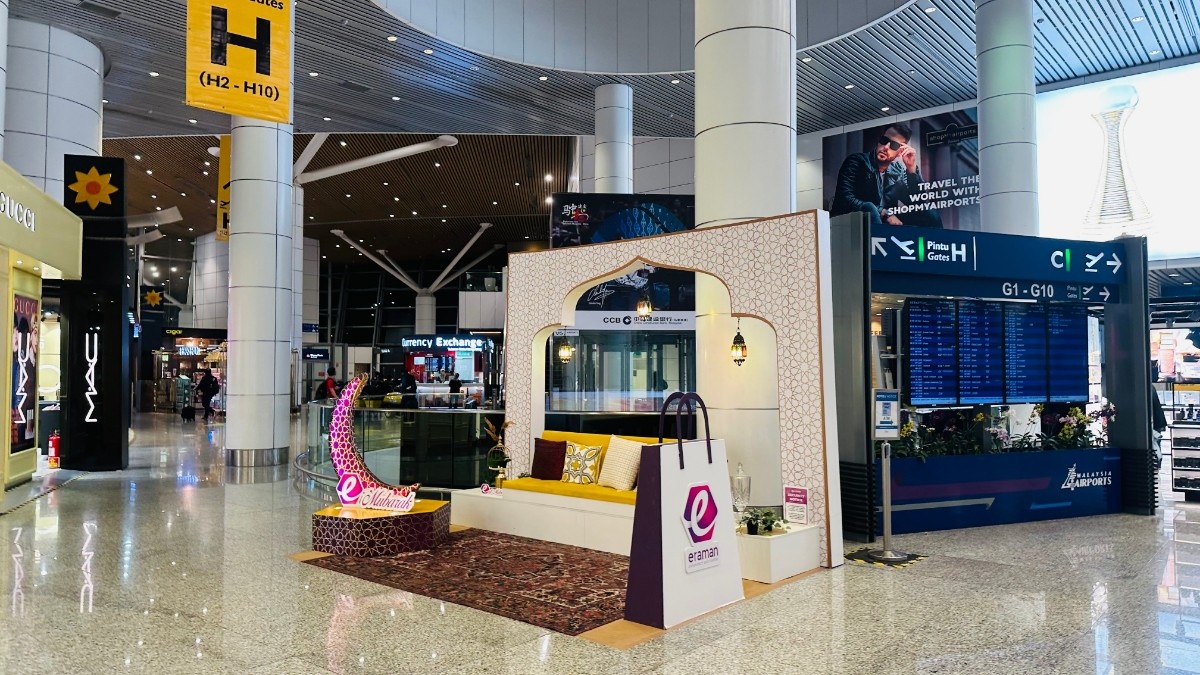
With its eye-popping, glaringly polychromatic stripes, the MAC cosmetics shop was as much of an attraction as the model aircraft.
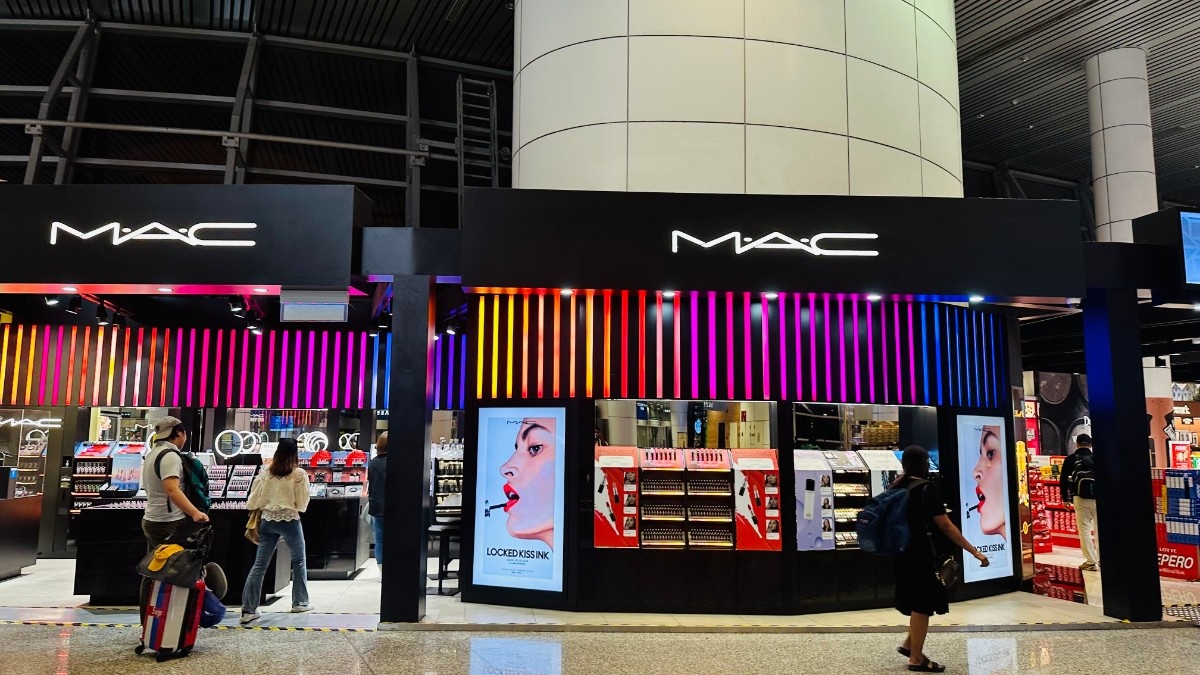
Now I headed down to the bus lobby, where…
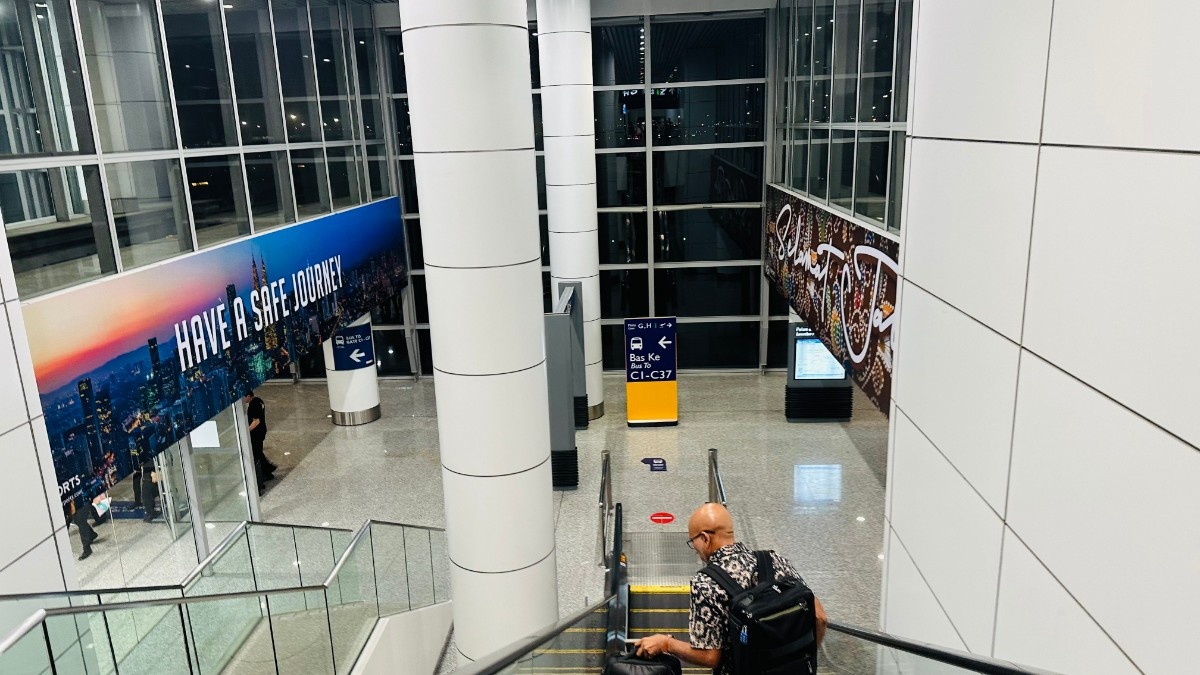
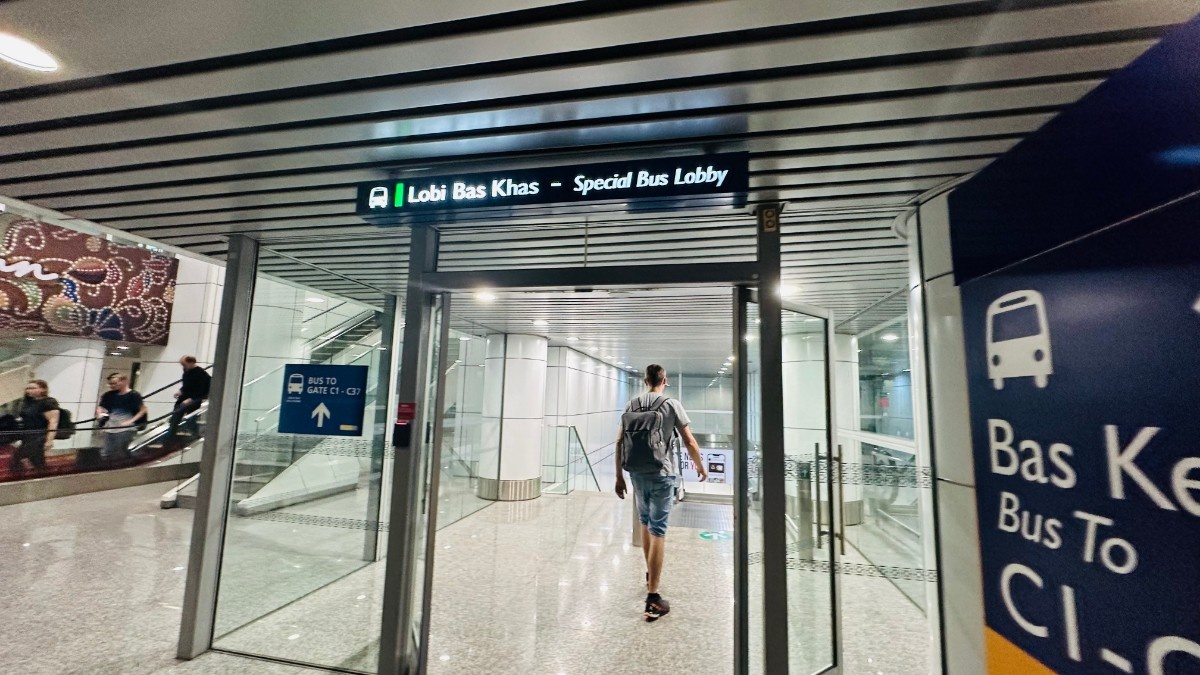
…a cartoon adorned the wall, sketched by renowned Malaysian cartoonist Lat, recounting when Subang became the city’s main international airport in 1965: the same year that Singapore was forced to break away and declare independence. That Subang to the west was considered ‘too far’ is laughable compared to the trek people have been undertaking since 1998 all the way down to KLIA.
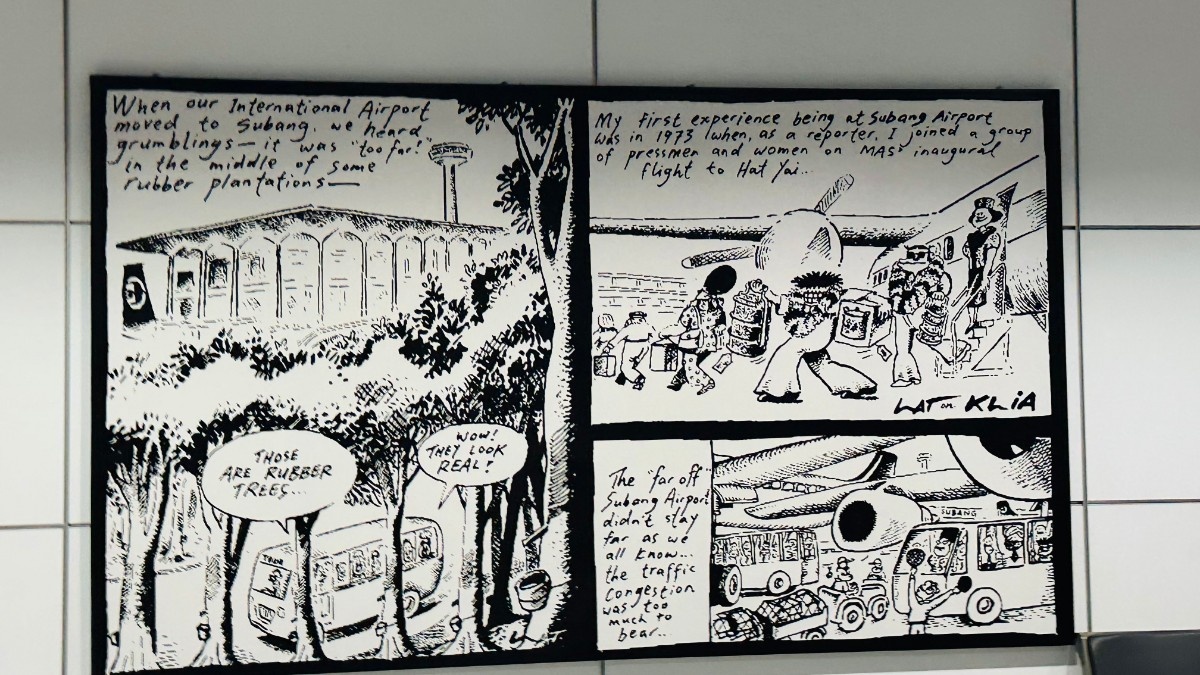
Around the apron in 8 minutes: Bus ride to Satellite Terminal
Soon enough, a bus pulled up and hence began my journey of circling around the apron at ten in the evening.
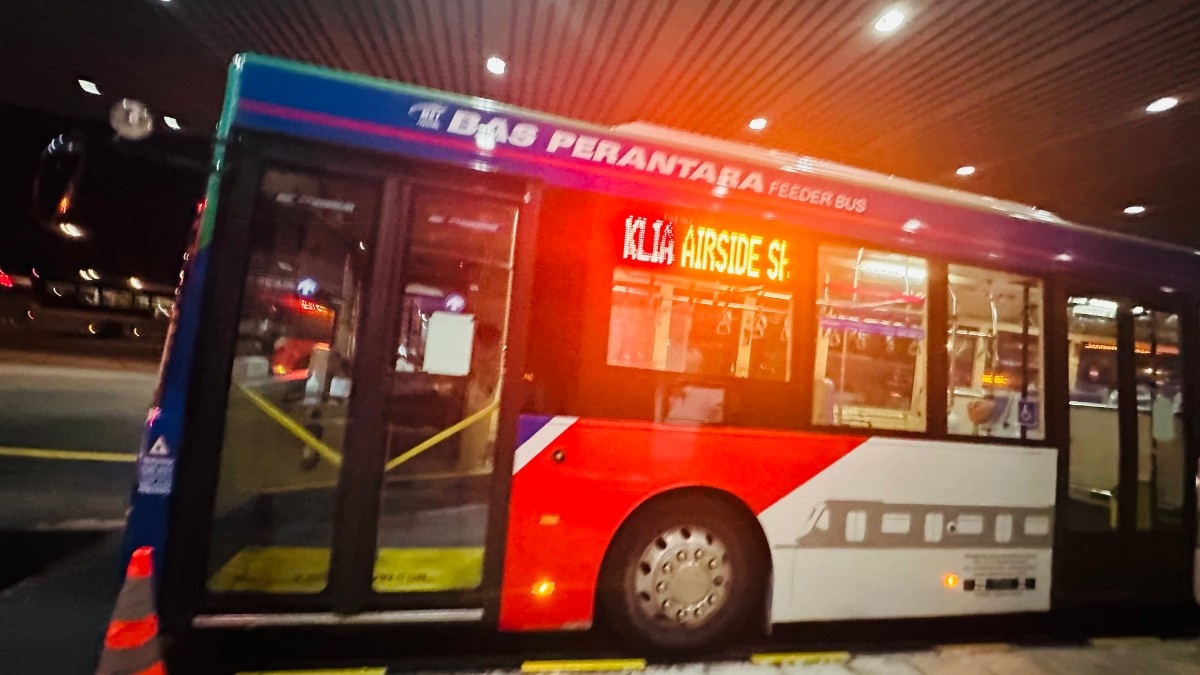
Starting off were two MH 737s, 9M-MLL and 9M-MXT, and at this point the nationalistic Negaraku livery with the red stripes and yellow crescent-and-star has become the airline’s standard livery, displacing the previous version with a red and blue stripe. Few other Southeast Asian airlines include the national flag in their livery so explicitly, except of course Philippine Airlines — with the same red-blue-and-yellow colours — whose livery I find to be very dull and drab, without a drop of paint on the body.
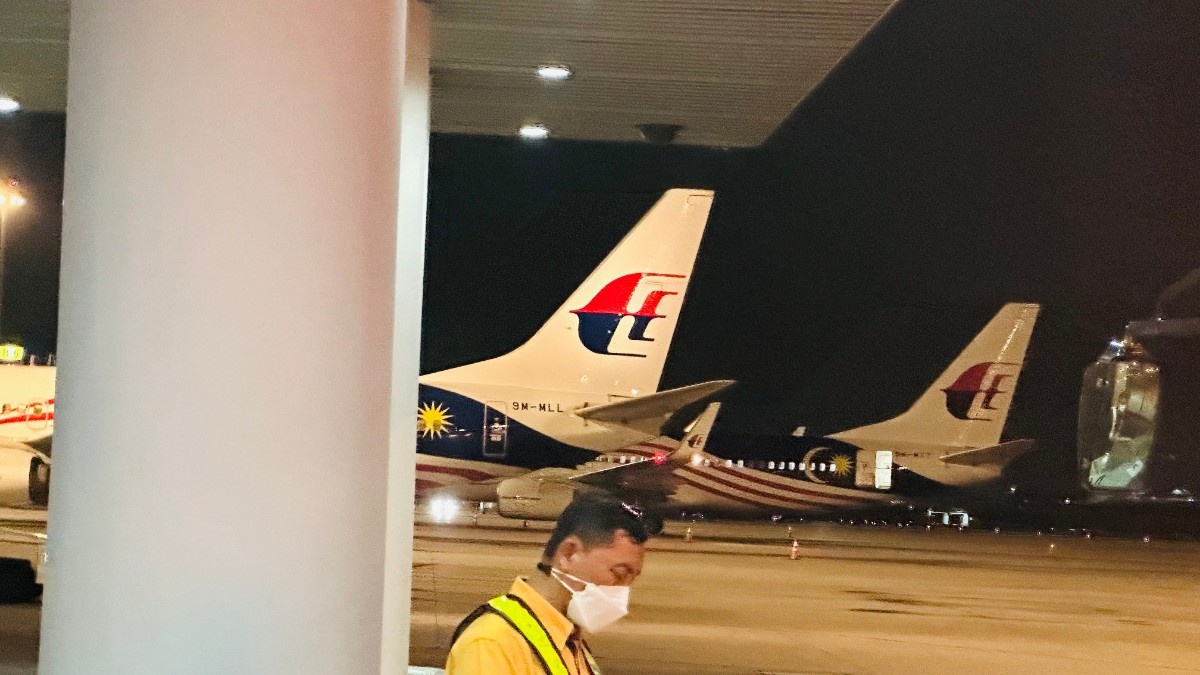
One co-passenger had baggage tags that flaunted his Gold status with Air France–KLM. Indeed, KLM Royal Dutch Airlines was going to be my next airline — but little did I know the sign I was going to receive from a certain Xiamen Air 737 down the road!
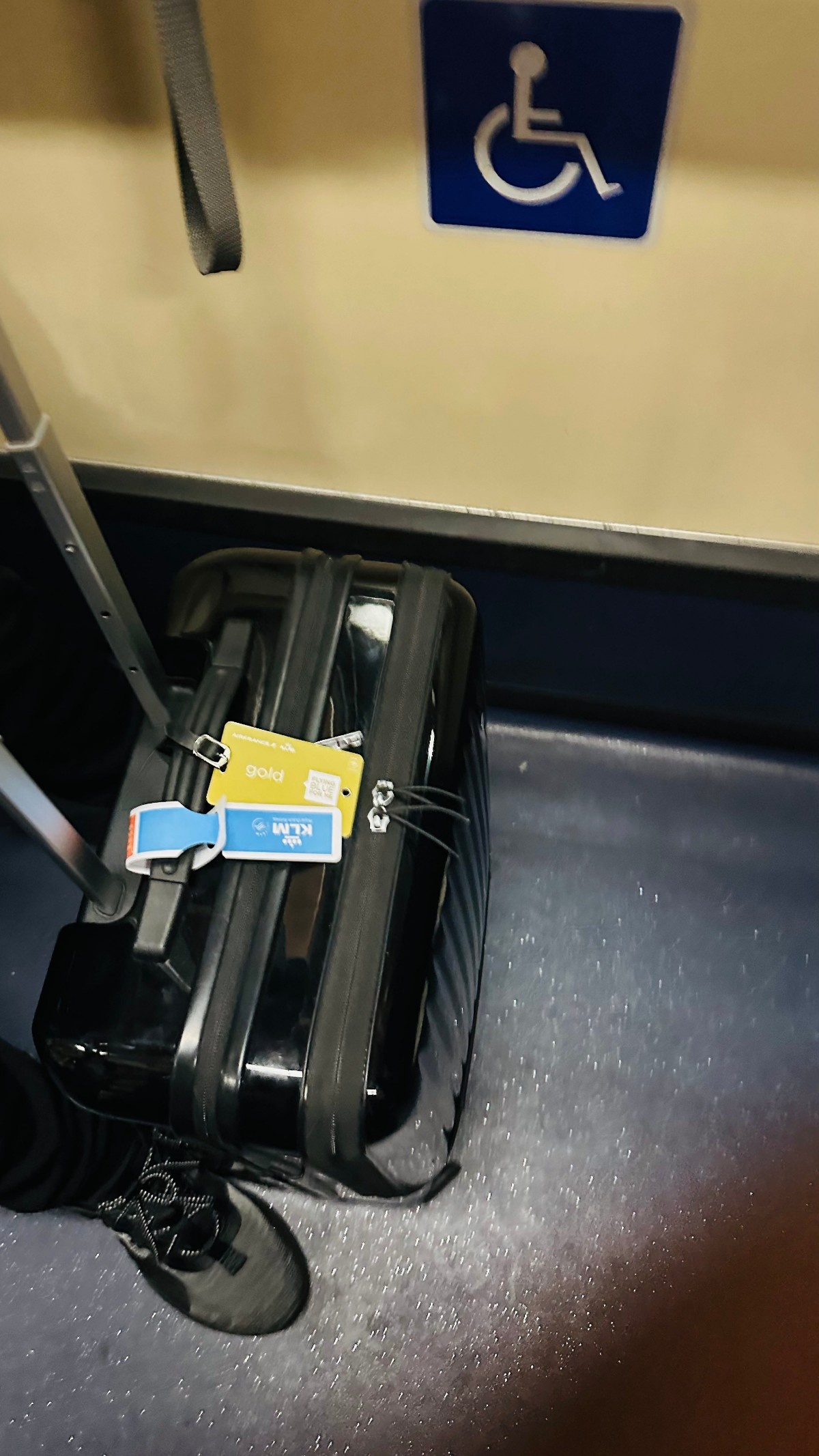
In the distance stood a 777-300ER (TC-LJA) of Turkish Airlines and an A380 (A6-EOK) of Emirates Airline, hacing arrived as TK60 and EK346, respectively.
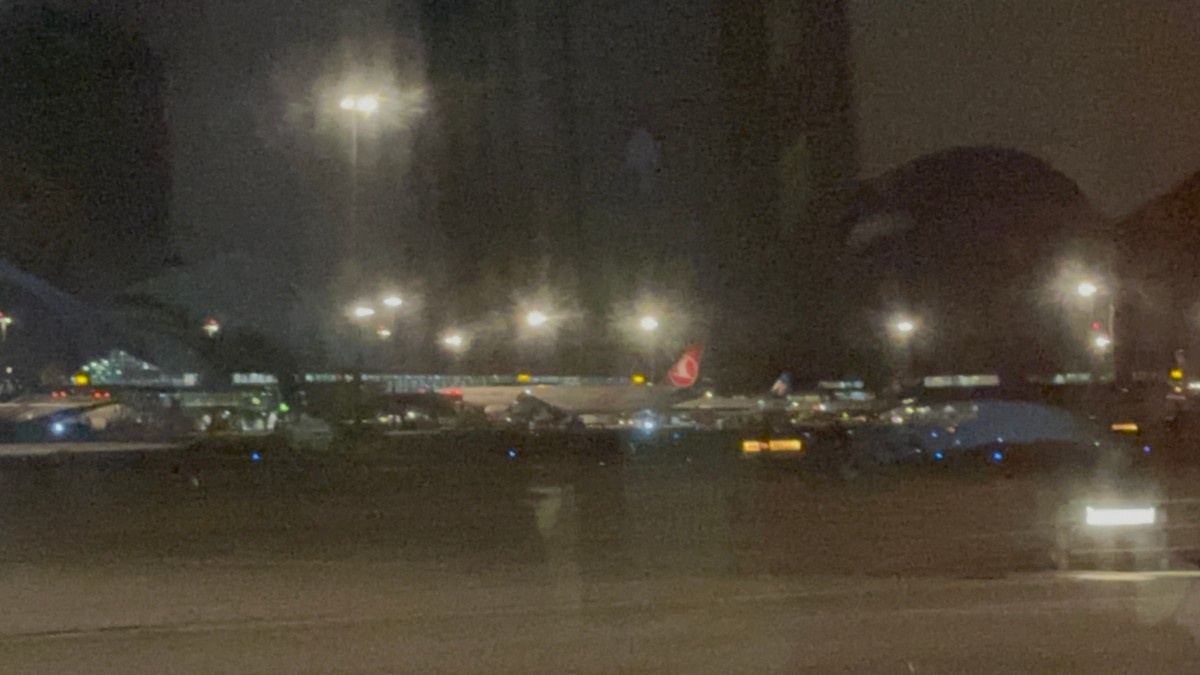
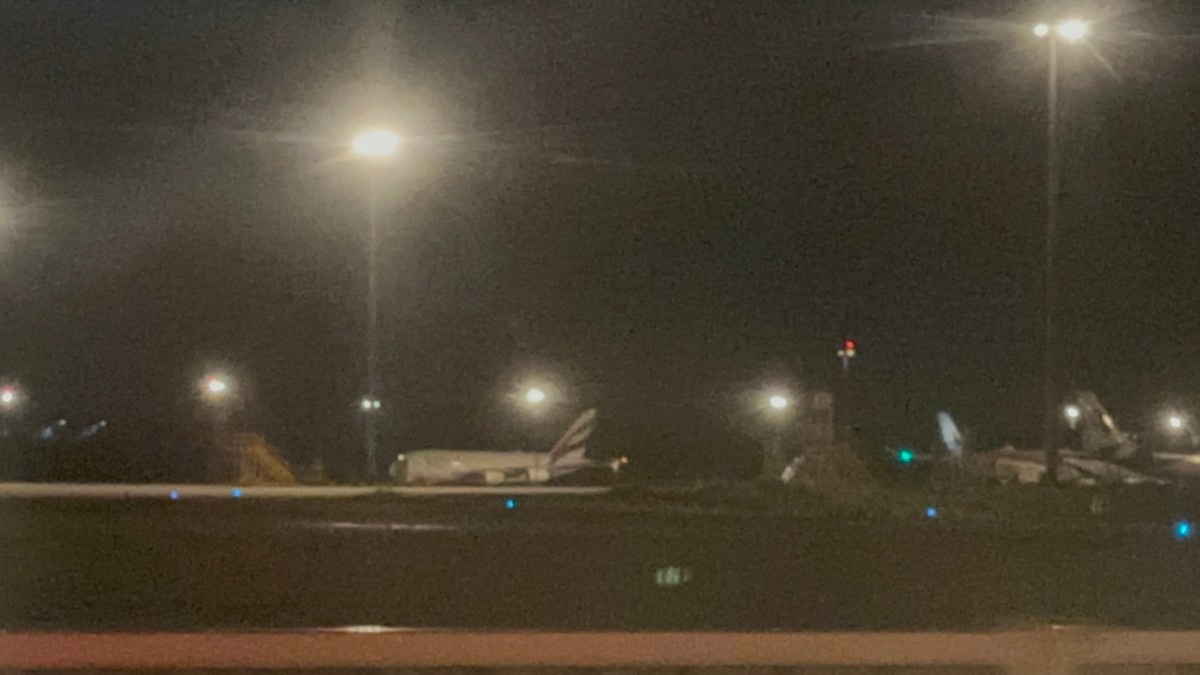
These were the other arrivals at 9M country, with the ‘mother–daughter’ pair of a China Southern A320 and a Xiamen 737 also being a frequent occurrence at Changi Terminal 1, as I can attest to from my recent trip to Bengaluru this month. Other non-9M/9V aircraft included another Emirates plane (777-300ER A6-EGW), a Korean Air A330-300 (the ancient HL7710) — KE has a lot of antiquated A330s, non-ER 777-200s/300s and non-wingletted 737s, made even worse by that awfully outdated livery — and of course our Ethiopian 787, ET-AOV.
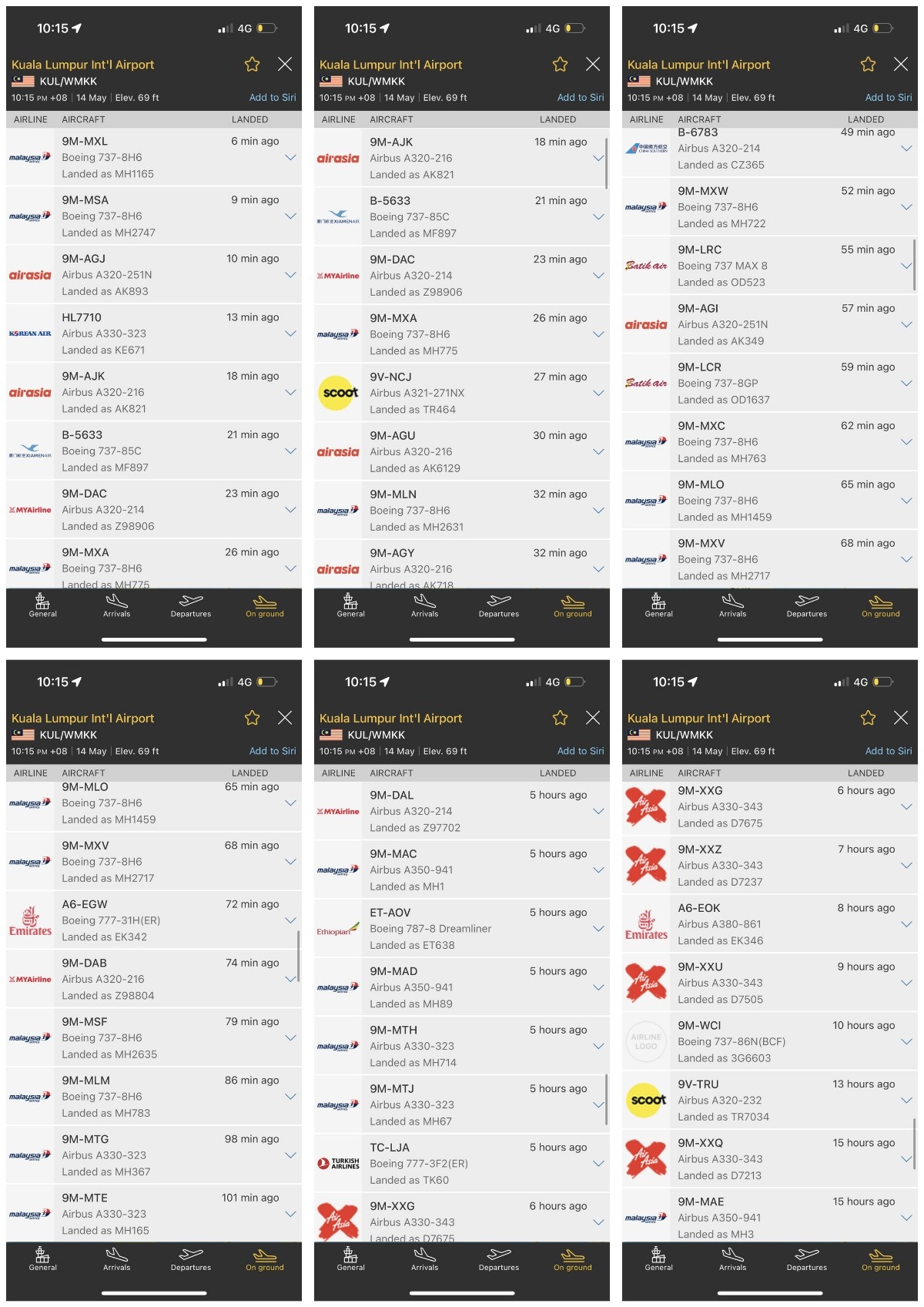
Here was our aircraft from close quarters, with a name as elegant as ‘Taj Mahal’, making a sweeping green statement in this airport of yellows and blues and reds. Beside stood a 737 MAX of Batik Air Malaysia, which has helped it grow tremendously from the small fleet it used to have when it was called Malindo Air — so much so that it has used this aircraft to fly all the way up to Tokyo Narita, or down to Melbourne nonstop (but also via Denpasar) and even Auckland via Perth!
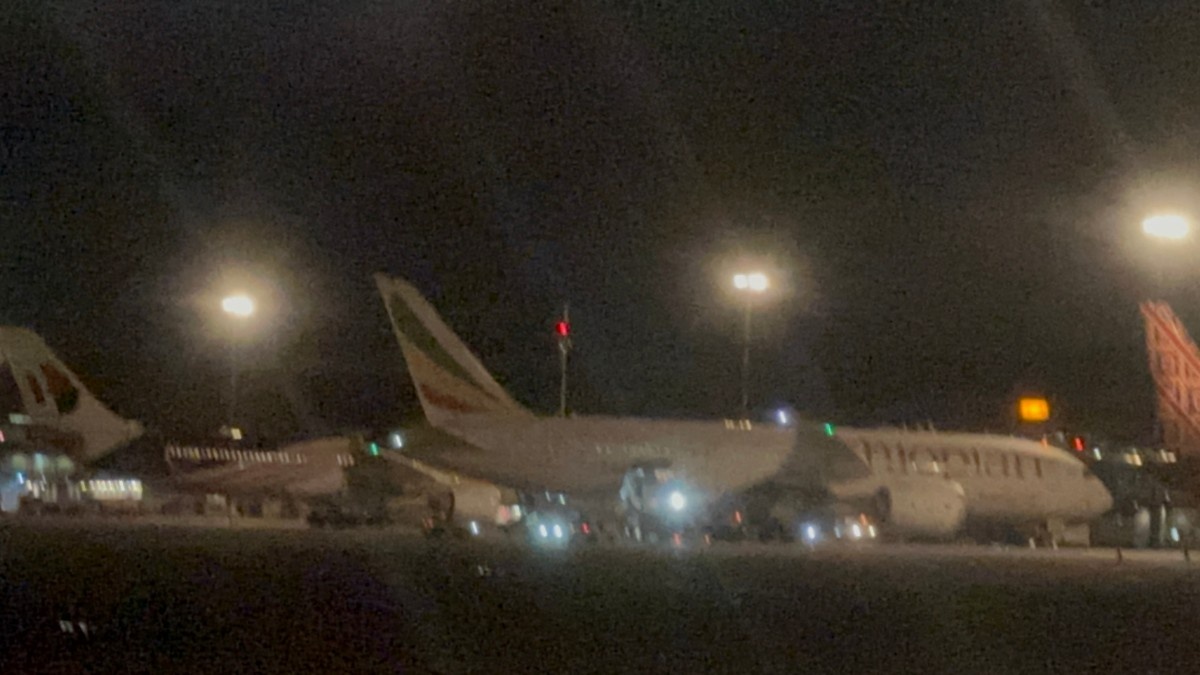
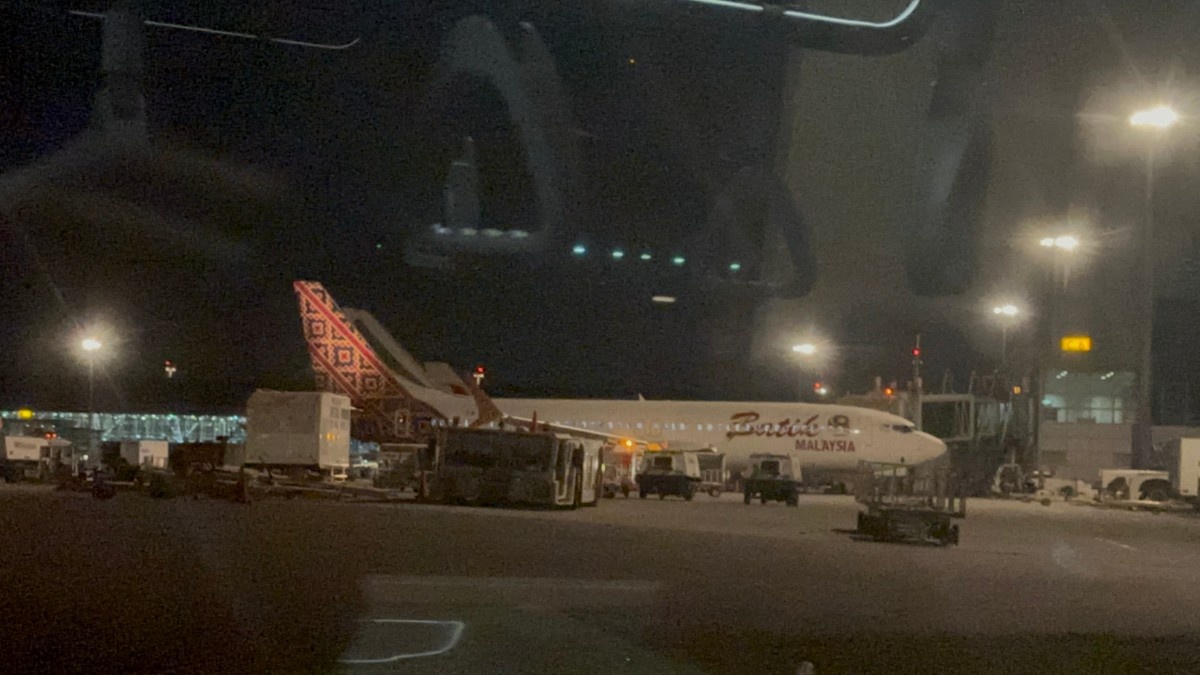
Here was our plane at close quarters, also including the ‘Boeing 787’ moniker that Ethiopian applied on its first nine 787s (ET-AOO–AOV and ET-ARE) back in the early 2010s, when the Dreamliner was a novelty and the A350 — of which ET was also the first African operator — did not exist.
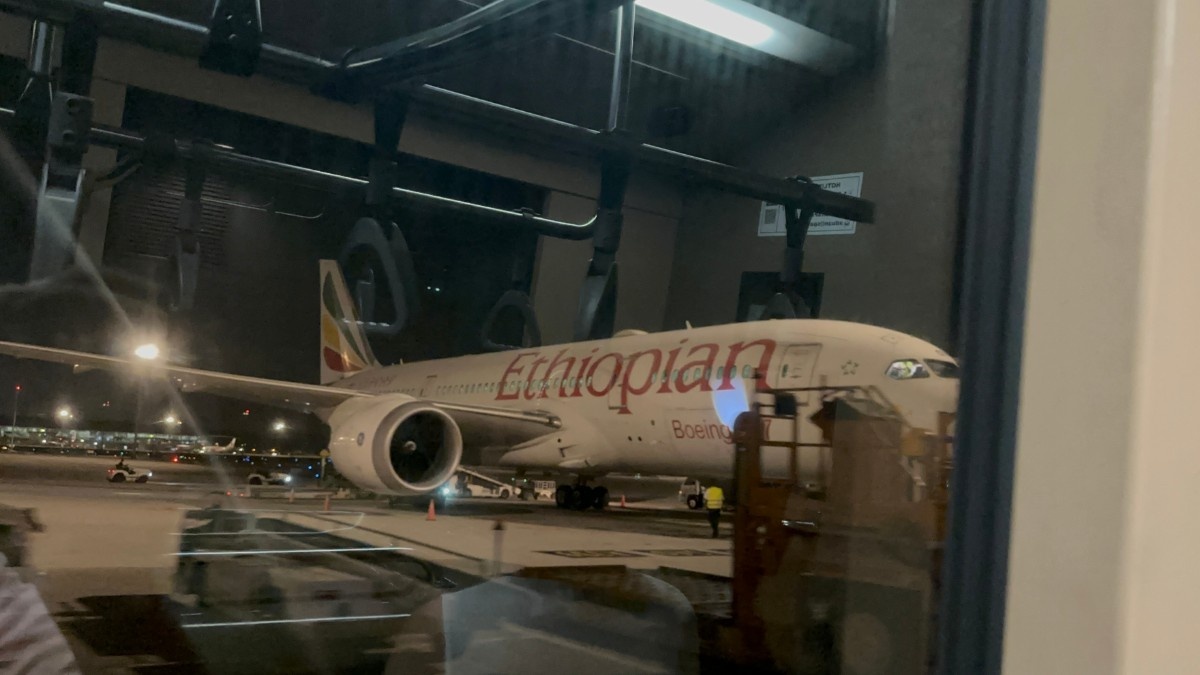
On the other side was a bright yellow A330-300, 9M-MTG, in the ‘Malayan Tiger’ (Harimau Malaya) livery to celebrate the country’s men’s football (soccer) team. In the distance stood TC-LJA, Turkish Airlines’ 777-300ER. I was so beyond thrilled to be able to spot so many diverse planes, and I was panning left and right every second — an experience I gladly went through again in end-July, in the warm evening glow!
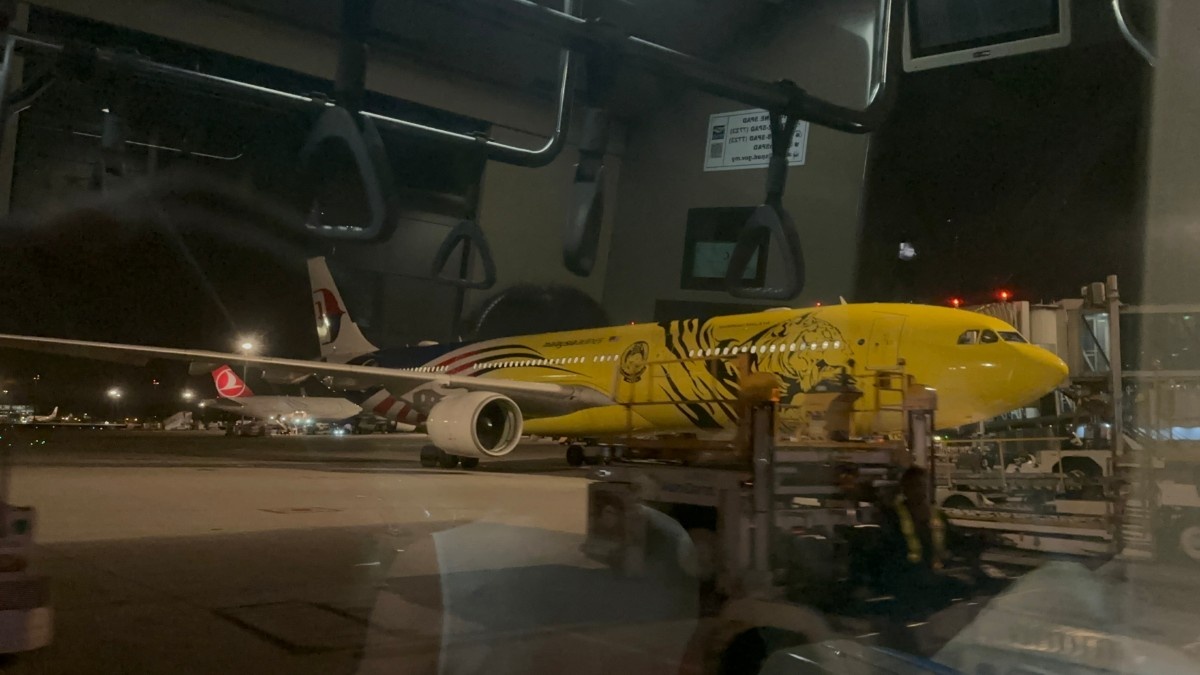
Finally came a Xiamen Air 737-800 (B-5633) in SkyTeam livery. Little did I know that my next aircraft — PH-BVD — would also be painted in this livery! Note that Chinese SkyTeam members (China Eastern Airlines and Xiamen Air, and formerly China Southern Airlines) paint their logo on the tail of the aircraft below the SkyTeam logo; this practice is not seen with China Airlines of Taiwan, or with any non-Chinese member of the alliance. Likewise, the Star Alliance’s main Chinese member, Air China, has also recently started this practice for some of its alliance-liveried aircraft (like A350-900 B-308M) — though not Shenzhen Airlines, its subsidiary and the other Chinese Star Alliance airline, nor Star’s Taiwanese member EVA Air.
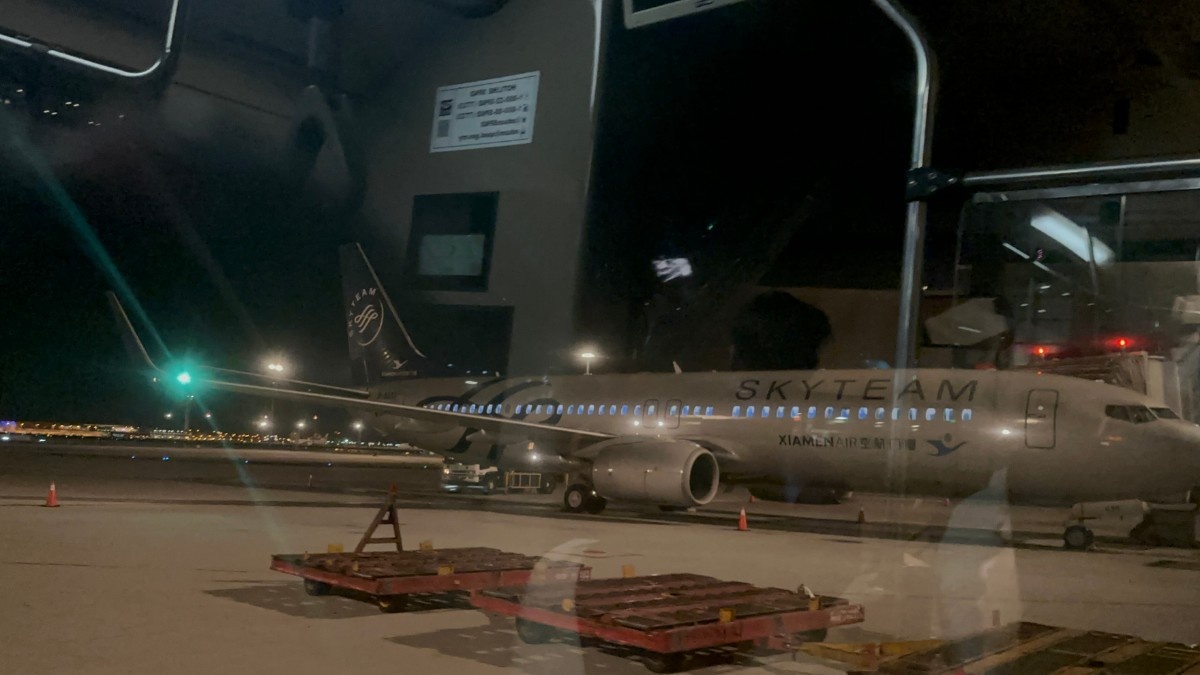
On entering the satellite terminal, I was greeted with another cartoon by Lat, proclaiming KLIA’s distinction as one of the largest airports in the world, which necessitated its being built in the middle of a rainforest that’s nowhere near the city. It doesn’t seem to be much of a problem, though — even though it seems that such a long distance would take a proportionately long time — since the superb road infrastructure ensures that you’ll always be able to zip there in less than an hour, no matter whether you’re coming from Batu Caves in the north or Putrajaya closer south. All the more so when taking the KLIA Ekspres, which takes only 28 minutes to KL Sentral, but at the steep-ish cost of RM55.
If only Bengaluru had such efficiency, its residents wouldn’t have to worm and snail their way for two hours up to the airport — which feels as much like climbing up a mountain as travelling to KLIA is like rolling down a hill, which is more than just a metaphor for where they are located with respect to the city.
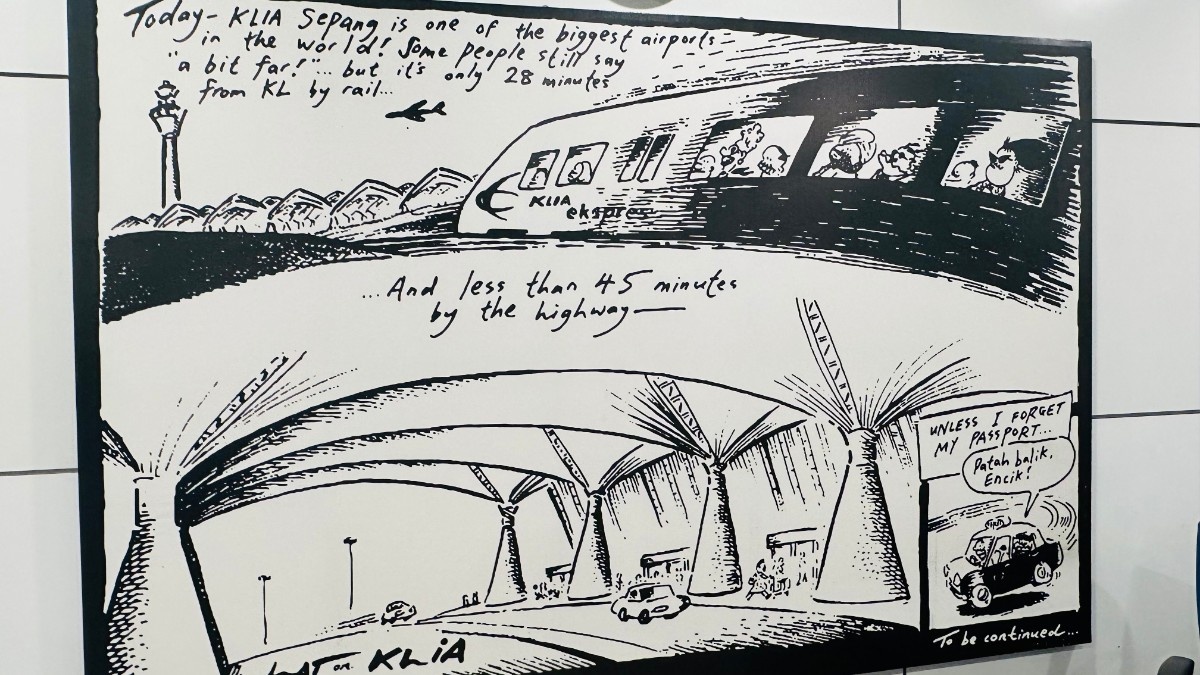
On entering the satellite building I was presented with even more restaurants and duty-free stores than in the main terminal, and I must say, KLIA deserves much more accolades than it gets. Global aviation awards have centred too much around Changi in the recent past, and the more KLIA amps up its upkeep game, the better. (From Suvarnabhumi I have no hope — even though it is the only Southeast Asian airport to have service from African carriers other than Ethiopian, as well as many others (like El Al and Royal Jordanian) that won’t fly to Changi.)
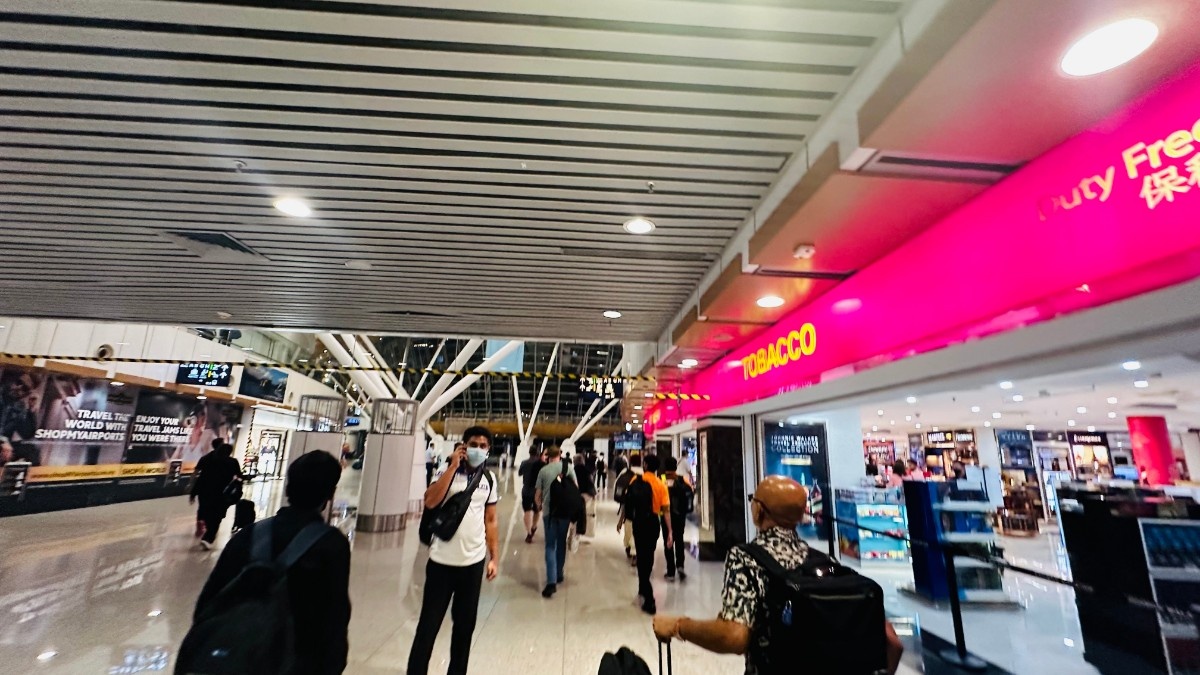
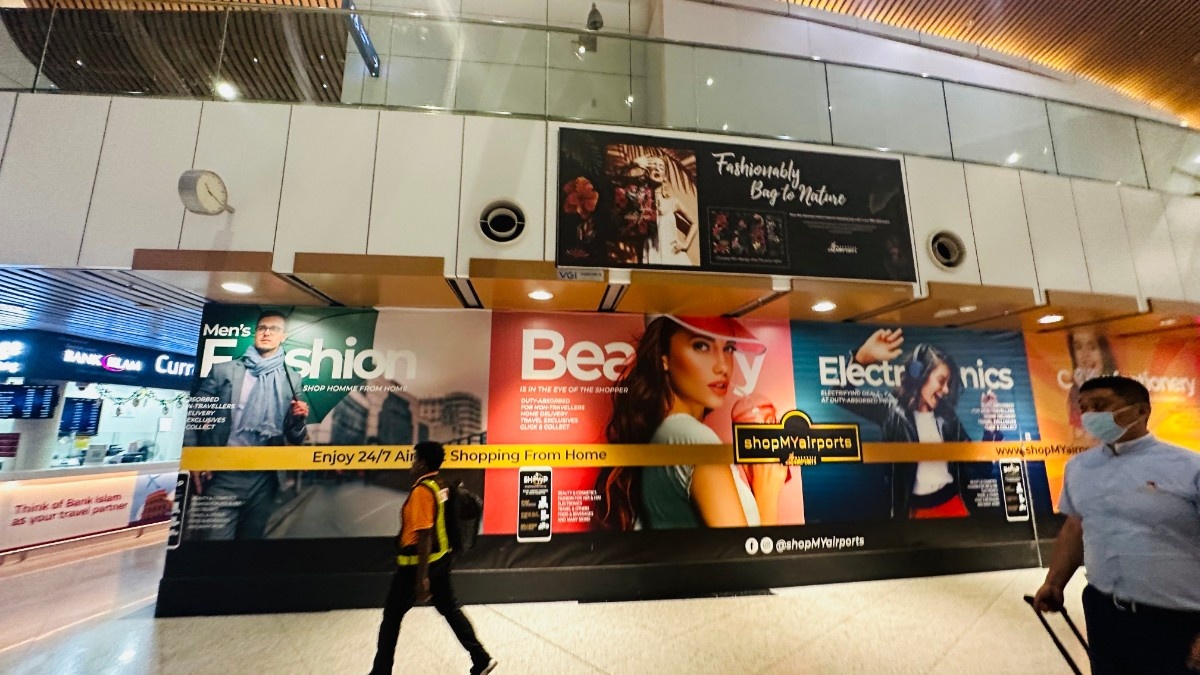
Some Xiamen Air cabin crew in their bright sky-blue uniforms passed by. At a distance their turquoise may be mistaken for that of nearby SkyTeam partner Korean Air!
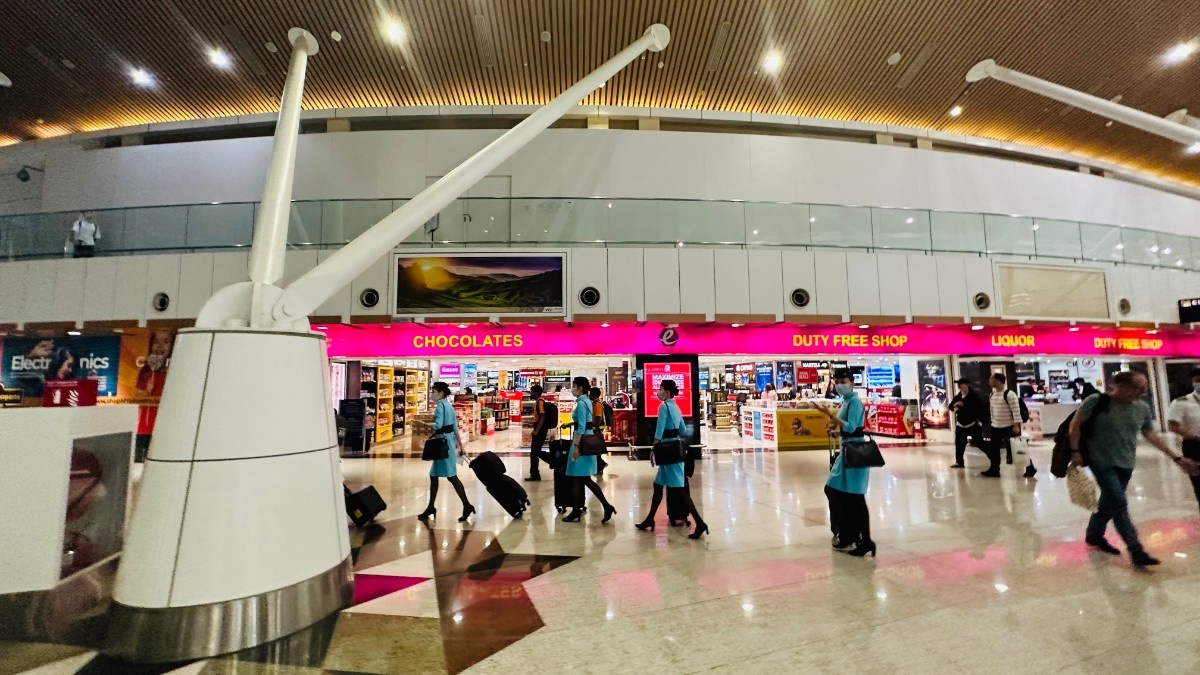
It was close to half-past ten, and it wouldn’t be too far of a walk to the gate, C4: something that could well have been worse.
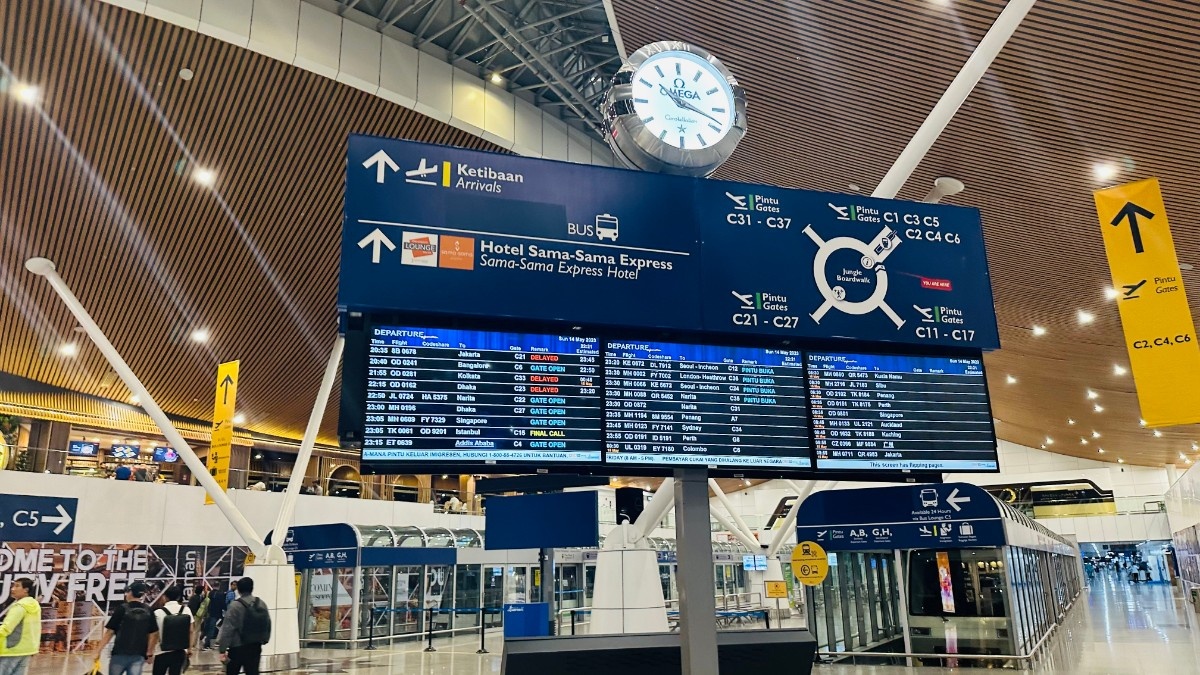
Boarding for ET639 had been open for quite some time, but it was only now that passengers had started to fill up, while MH52 next door to Osaka Kansai had closed its doors.

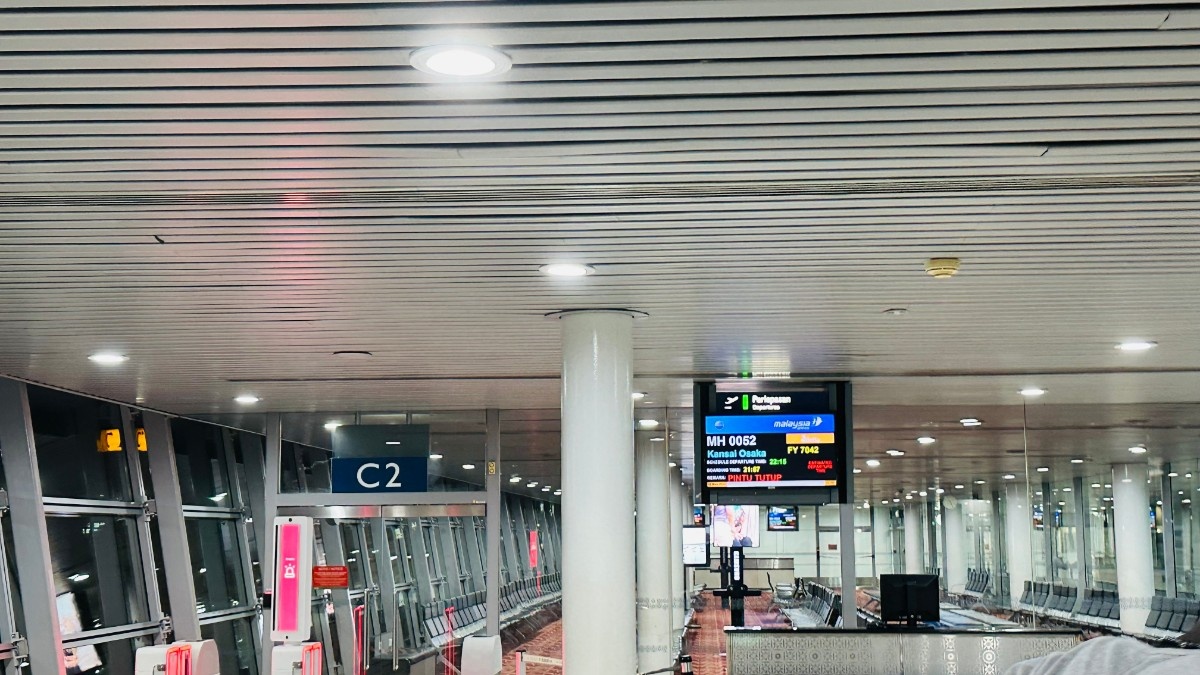
I proudly clutched my bag from the Christine’s bakery in Mid Valley Megamall — which, inexplicably, I managed to lose on reaching Changi, but got one back during my four-hour visit at the end of July. The cute, girly, handwritten logo and the quote on the back — A bag of happiness — was enough to remind me of this lovely eatery and its bright lights and sweet treats, with five locations across Kuala Lumpur. (Pictures at the end of the report.)
Early in September I also discovered its equivalent in Indonesia: the Lu’miere cake-shop in the glamorous new Grand Batam mall, with the slogan of It’s cake o’clock, which had as much elegant baby-pink décor as this one. I’m yet to find their equivalent in Singapore.

Soon it was time to board, and from the jetbridge I managed to get a nice view of the two Chinese narrowbodies and the big beast from Istanbul. I was fully looking forward to my first flights on SkyTeam, but, as I said, not in my wildest dreams would I have imagined getting the same alliance livery that I was seeing now! Now, though, was time to focus on the Star Alliance, seeing that today was its birthday and all.

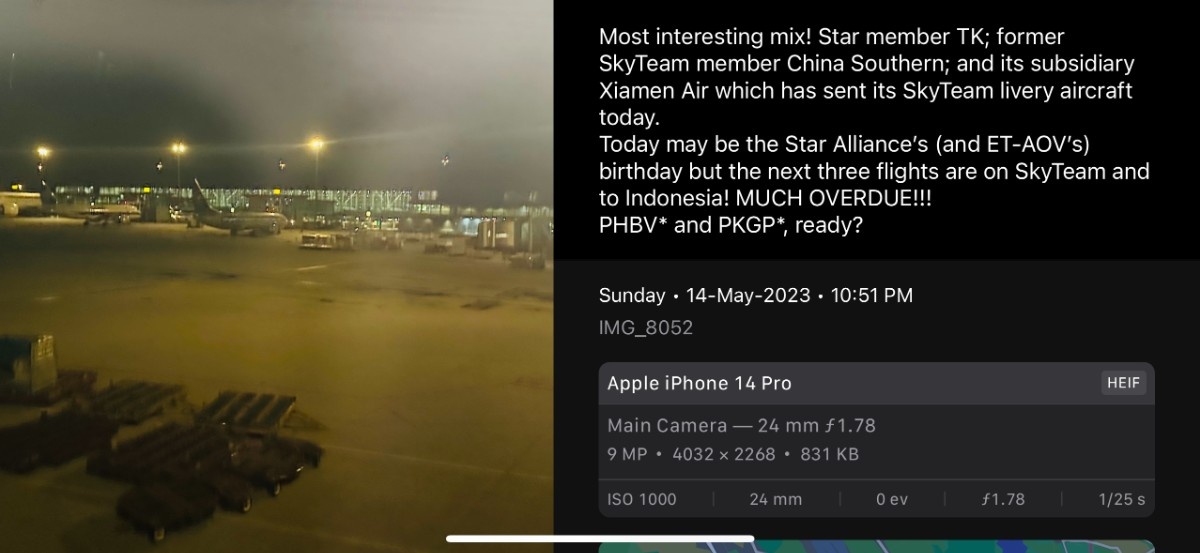
It was with high spirits that I stepped onto my first non-Asian aircraft — quite the opposite of the dreary gloom that permeated my flight the previous day on Scoot’s A321neo — and a pretty lady in traditional attire was the first to welcome me on my way back home, in the most exotic fashion possible. Selamta to you, too — which I suppose sounds quite similar to the selamat in selamat datang, the equivalent in Malay!
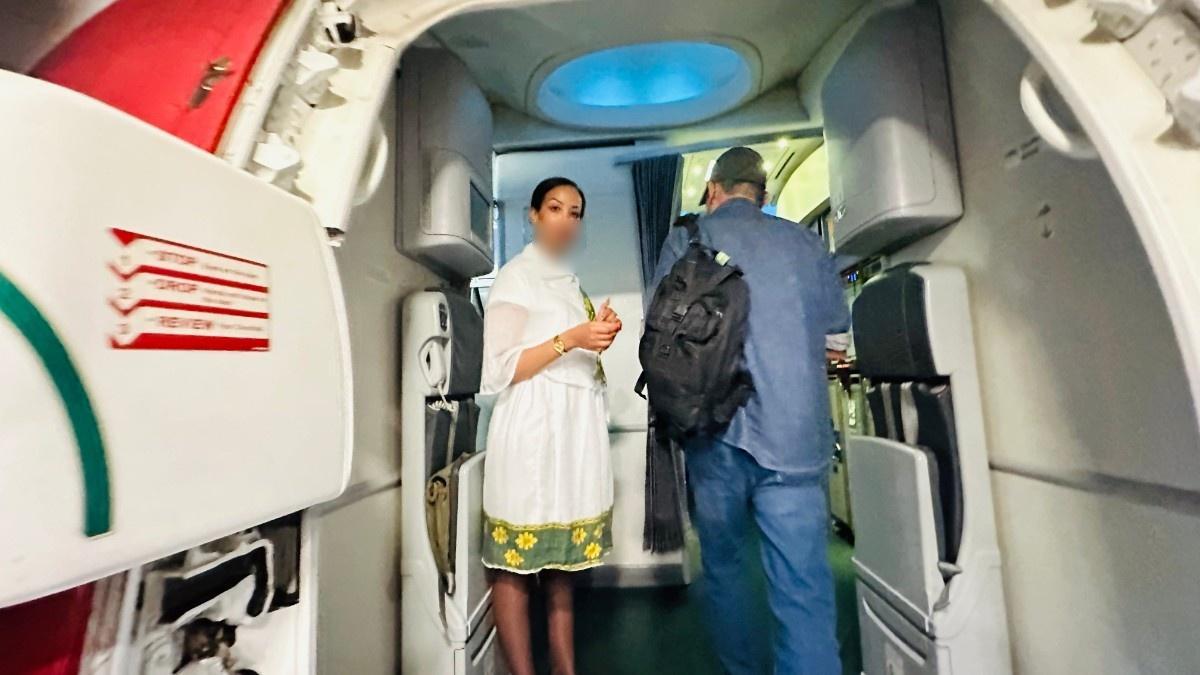
The flight: Boarding and Selamta magazine
Flight: Ethiopian Airlines ET639/ETH639
Date: Sunday, 14 May 2023
Route: Kuala Lumpur International (WMKK/KUL) to Singapore Changi (WSSS/SIN)
Aircraft: ET-AOV, Boeing 787-8 Dreamliner, named Taj Mahal
Age: 9 years at the time (built: 13 May 2014, delivered: 26 June 2014)
Seat: 32L
Boarding: 10:50pm MST/SGT, UTC +8
Departure: 11:25pm MST/SGT
Arrival: 12:06am MST/SGT
Duration: 41 minutes
Notes:
• First flight on Ethiopian Airlines: the fourth Star Alliance airline to be flown after Air India, Singapore Airlines and Thai Airways International. Also third flight on a non-South/Southeast Asian airline, after two on Emirates Airline in June 2022.
• Third 787-8 flown, after Air India’s VT-ANX (October 2018, my first widebody ever) and VT-ANO (December 2021, the only flight for the whole year). All my flights on 787s have been only on these four Star Alliance airlines, though I am going to try alliance-agnostic Gulf Air’s 787-9 from Bangkok to Singapore (GF166) in November. Moreover, all my flights on A350s have been only on SQ and TG — but there again I am planning to catch SkyTeam carrier Vietnam Airlines’ A350 in December on the flagship domestic Hanoi–Ho Chi Minh City route.
• First-ever fifth-freedom flight flown: indeed all fifth-freedom flights in 2023 (ET639/638, KL835 and later GF166) have been on Boeings, and all other flights in 2023 have been or will be on Airbuses!
On entering, funnily enough, I saw that a couple of lockers had a sticker of Aeroflot Russian Airlines on them. The largest non-American, non-Chinese SkyTeam airline by fleet size (bigger by far than Air France) has been forced to fly aircraft in the most reckless way possible, as it can’t get spares due to the heavy sanctions that have rightfully been imposed on the country. I hate to say this, but it may well be only a matter of time before something disastrous happens to its reputation — and no, I’m not just talking about crashes.
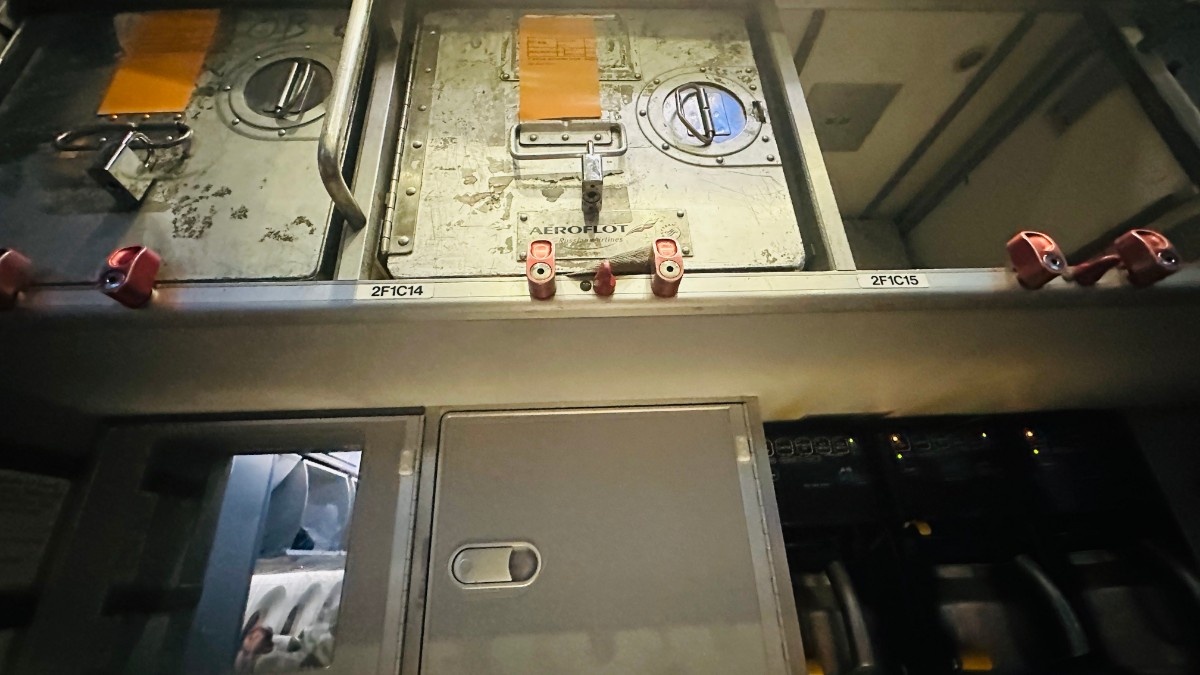
Here was a peep into the ‘Cloud Nine’ business-class cabin, which with its 2-2-2 configuration is by no means the most modern, but will more than do for these purposes. Other early adopters of the 787-8 — including fellow Star members Air India, ANA and LOT — have done the same on their 787-8s.
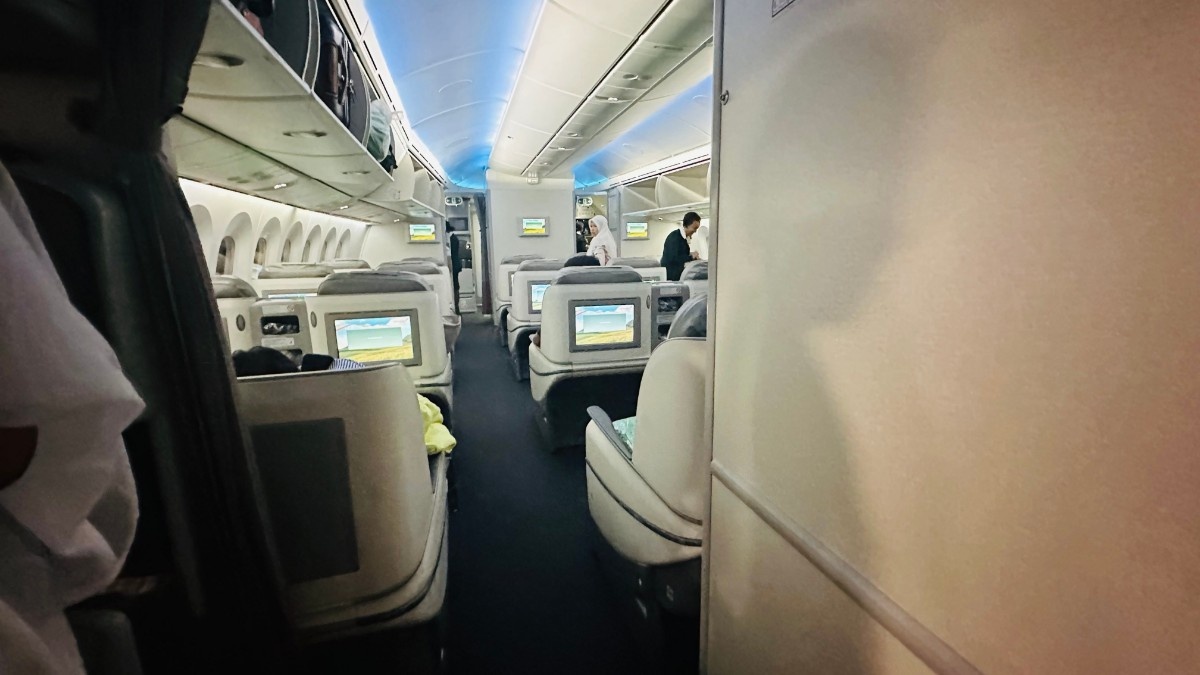
The green upholstery and bright lime cushions made for a great first impression, and were leaps and bounds above the dull metal blue fabric found on Singapore Airlines’ 787-10s and A350 Regionals.
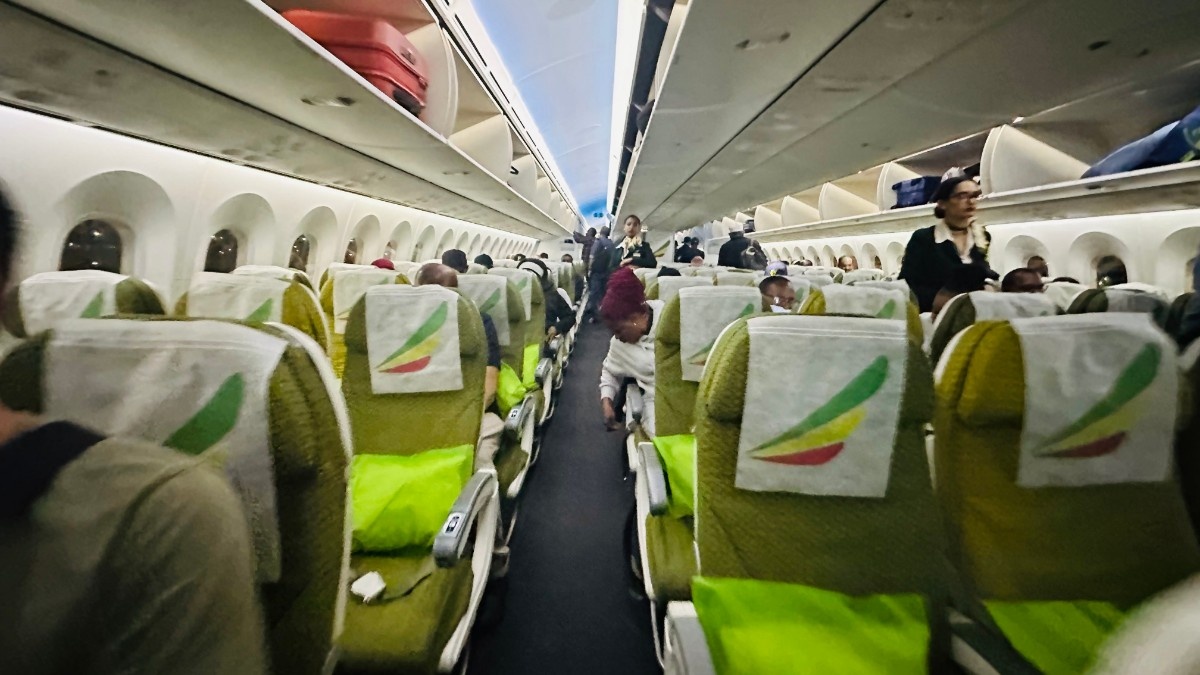
One funny thing about Ethiopian is that the rightmost seat in a row is L, instead of the standard K. Quite the departure from the normal ABC-DFG-HJK, as instead ET has ABC-DFH-JKL on its widebodies! And so I’d specifically sought out 32L, since it wouldn’t be often that I’d fly an aircraft with an L-seat.
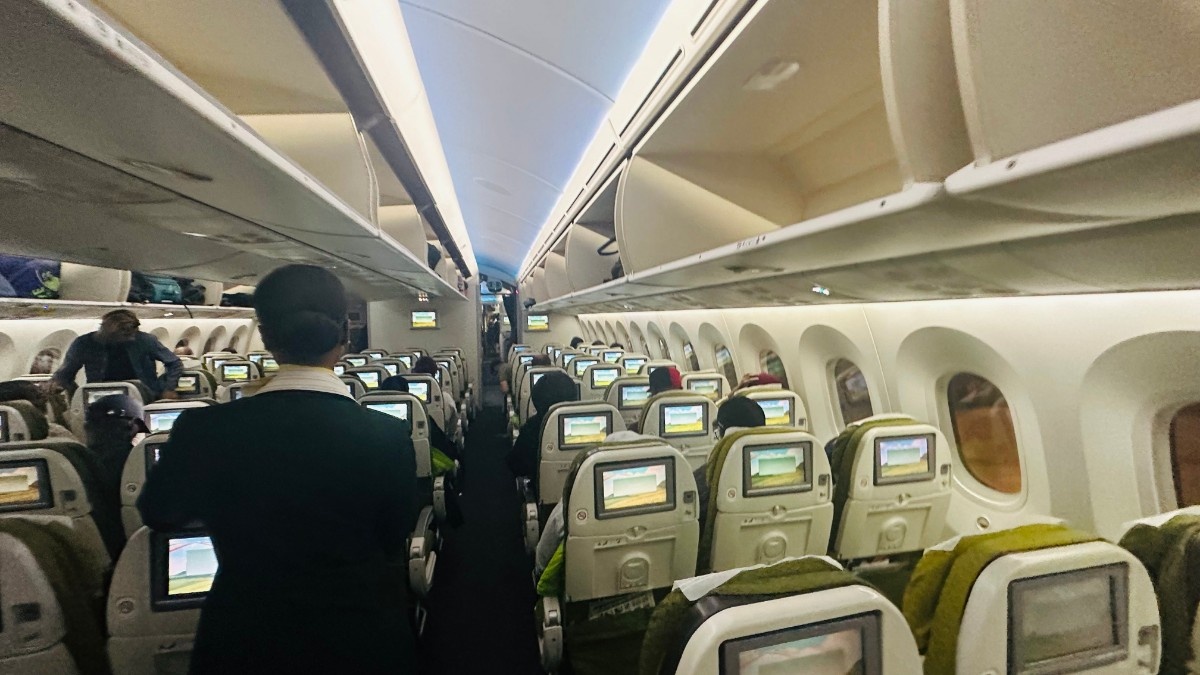
As often seems to be the case — especially on the shorter fifth-freedom tag leg to a long widebody flight — most seats in my row were empty, and so I could afford to stretch out horizontally for the short 45-minute hop. The cabin was very bright indeed, even without mood lighting, between the white lights and the green seats and cushions.
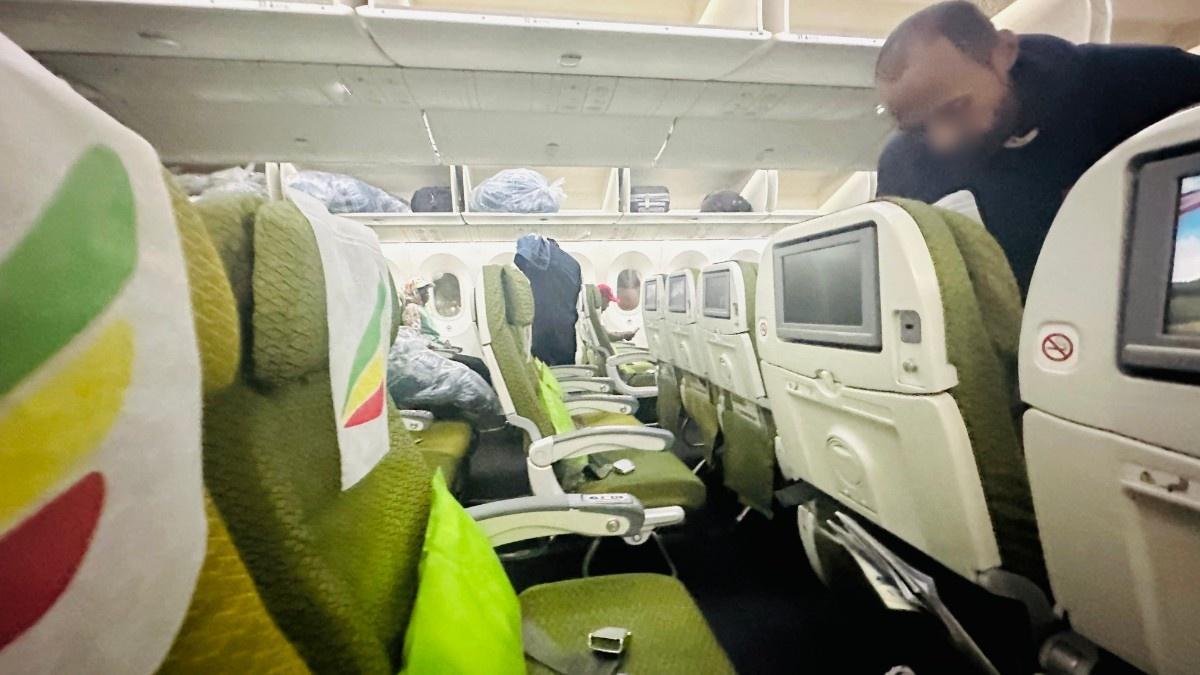
You can’t expect safety cards on several airlines to be high on humour or cute illustrations; all you can have is the bare minimum of style in these guidelines. Noteworthy, however, is the fact that French is also included besides English and Ethiopia’s native language of Amharic: not only because it is the most widespread Western language after English, but more importantly because many Western and Central African countries are Francophone — including Togo, whose capital, Lomé (LFW), serves as the base of ET’s subsidiary Asky Airlines.
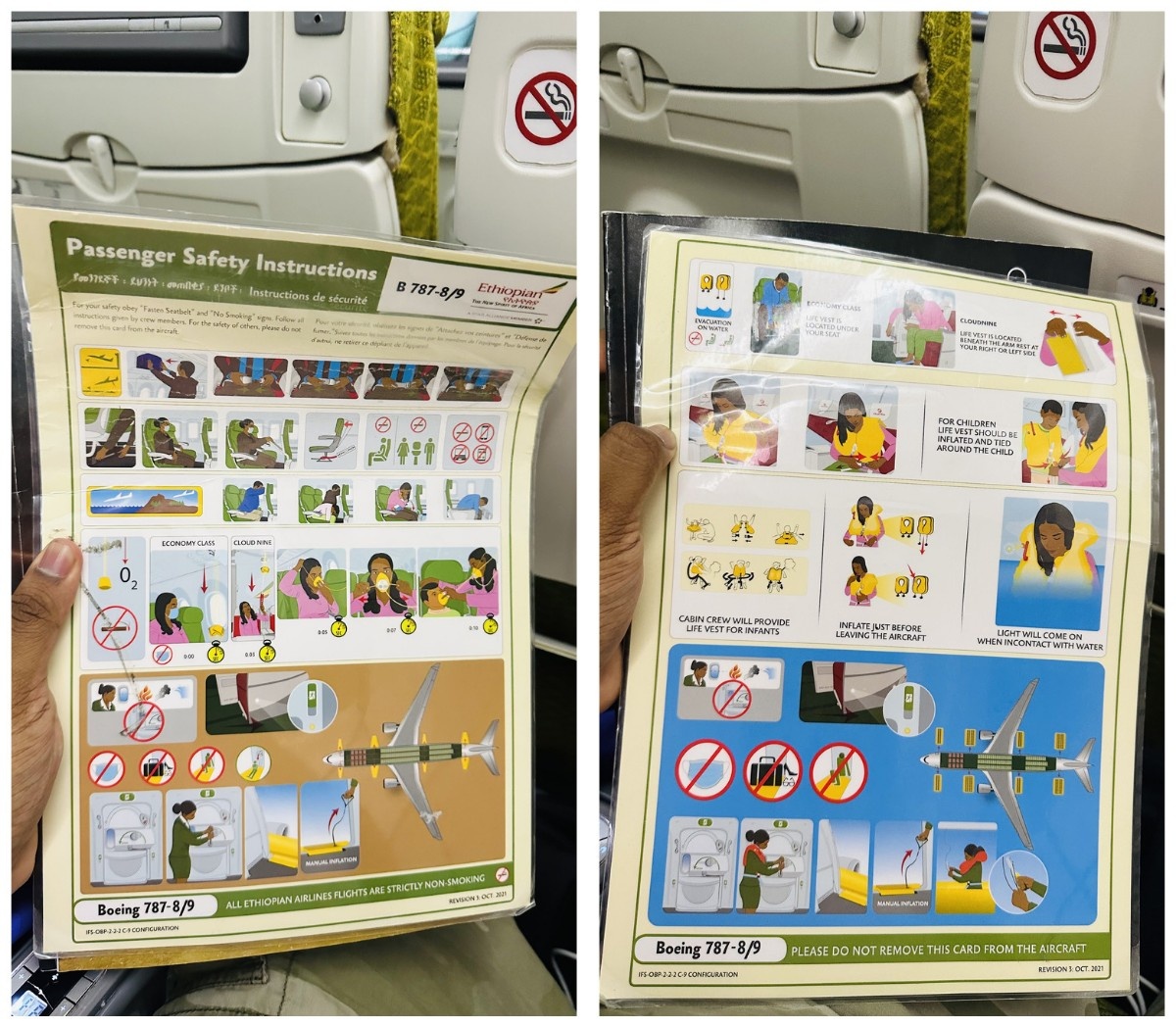
This is the IFE screen on the 787-8, which as you’d expect is slightly on the older side compared to today’s big full-HD monitors: the bezels are thicker, the display size and resolution slightly smaller, the power and home buttons small and clunky. Still, by all means a 2010s screen and not a 2000s or 1990s one.
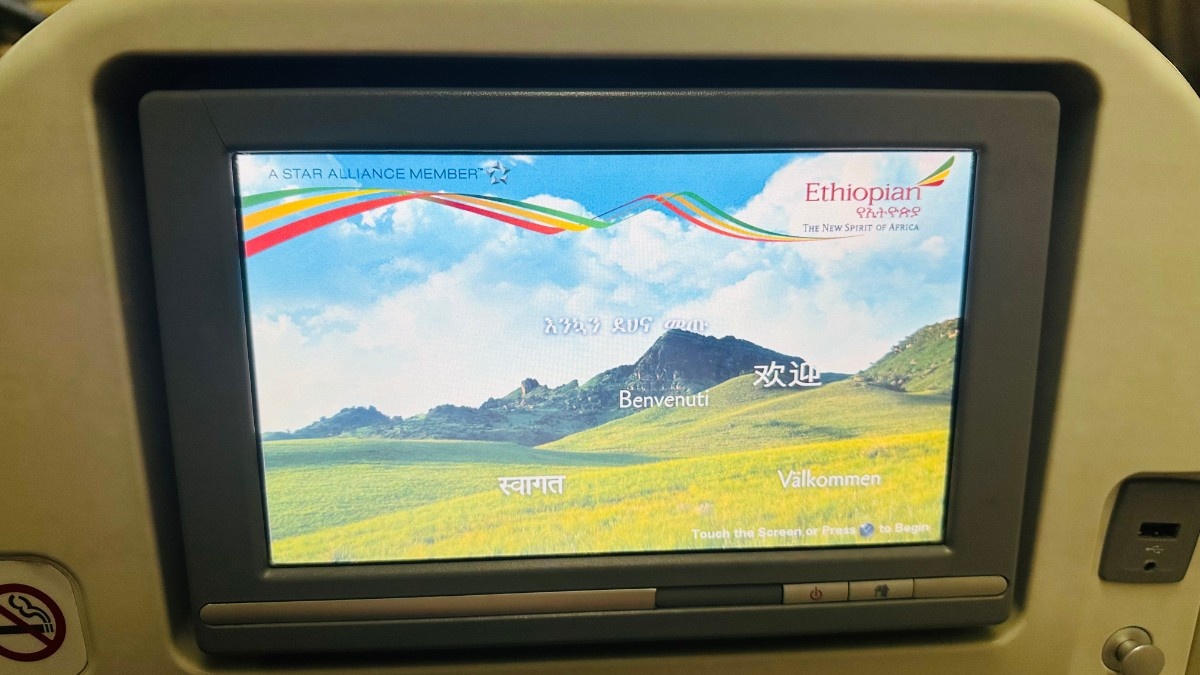
This, in contrast, is the remote control (taken inflight, hence the dark surroundings) with its buttons all aglow. Unlike on, say, Thai Airways, there is no QWERTY keypad on the reverse.
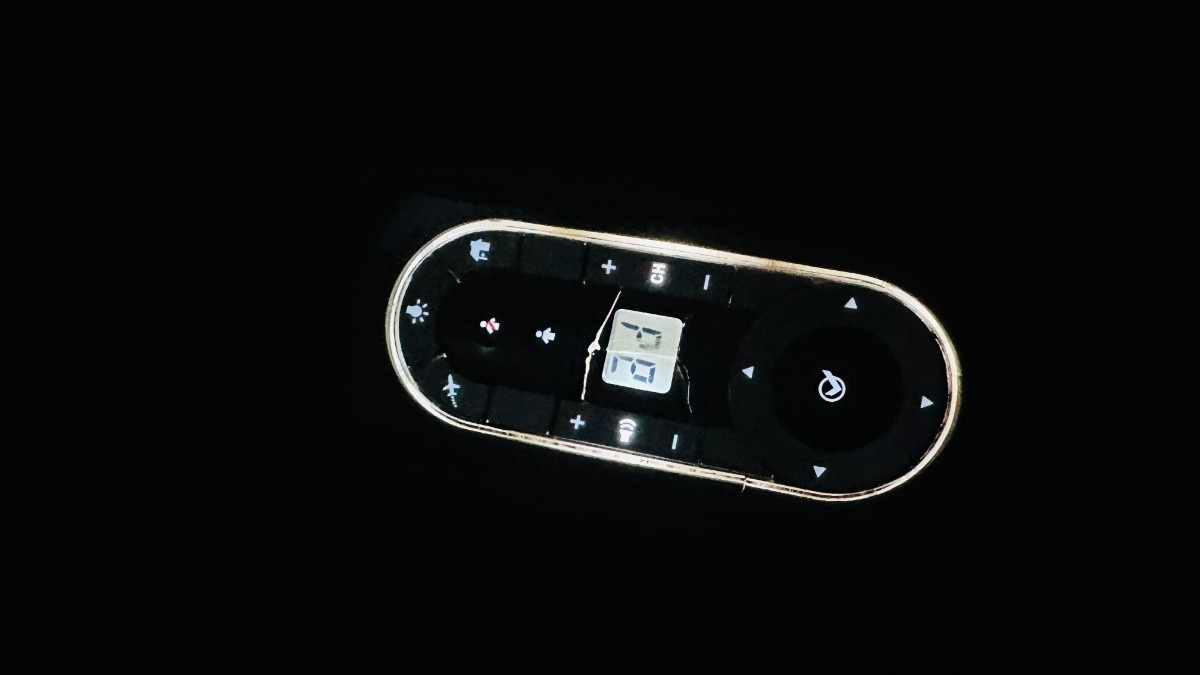
During the boarding process, ET was playing a number of videos promoting the new extension of the Ethiopian Skylight Hotel near Addis Ababa Bole International Airport, which also occupied a good chunk of space in the magazine. I can clearly understand why the airline would be proud of promoting the hotel, and for good reason: with 1,024 rooms, it ranks as the largest in Africa. Much more than just a transit hotel, it is a legitimate hospitality option for all those who wish to explore one of the most bustling (and highest-altitude!) capitals in the continent.
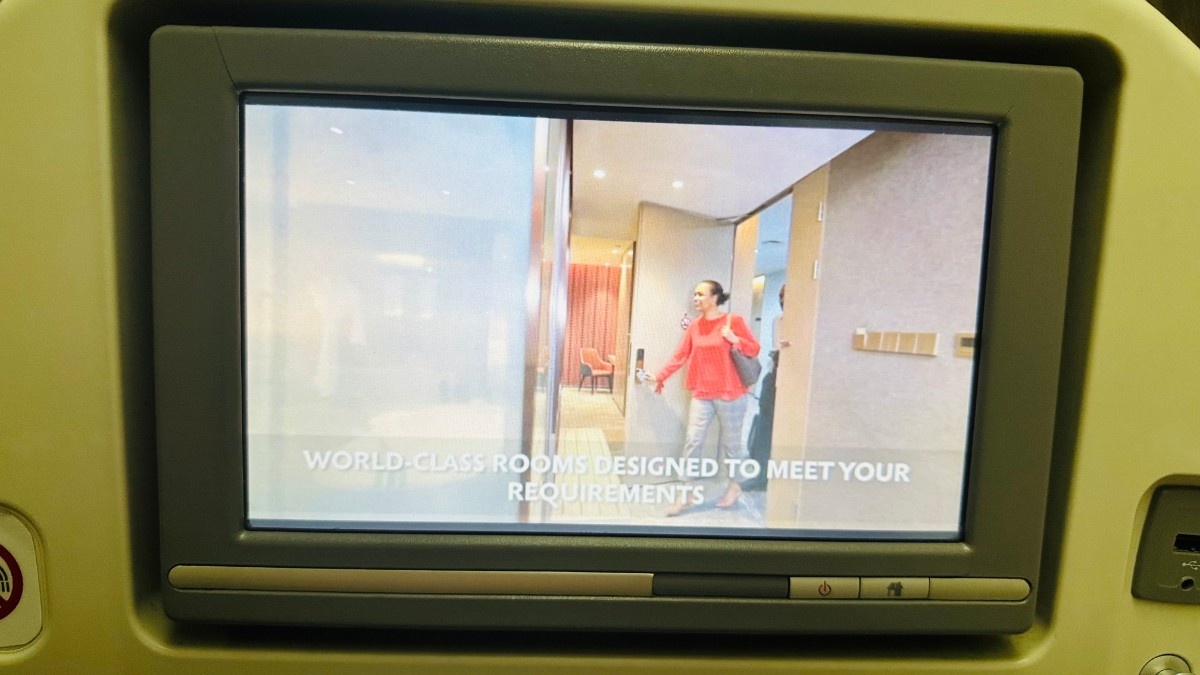
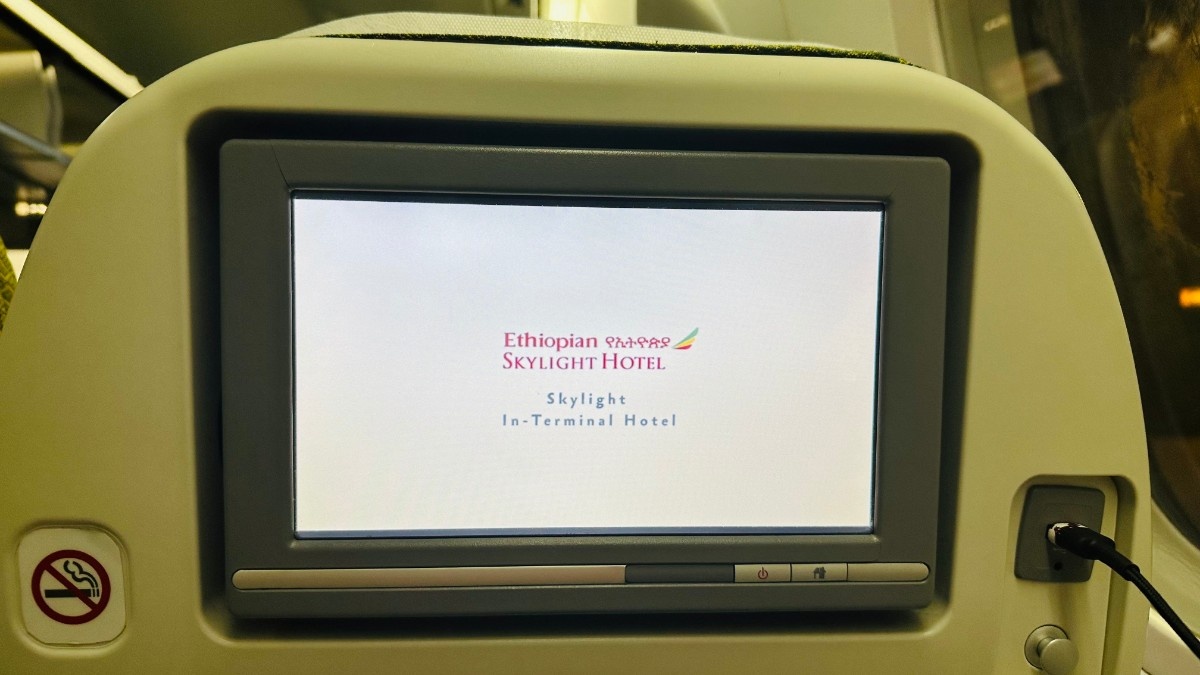
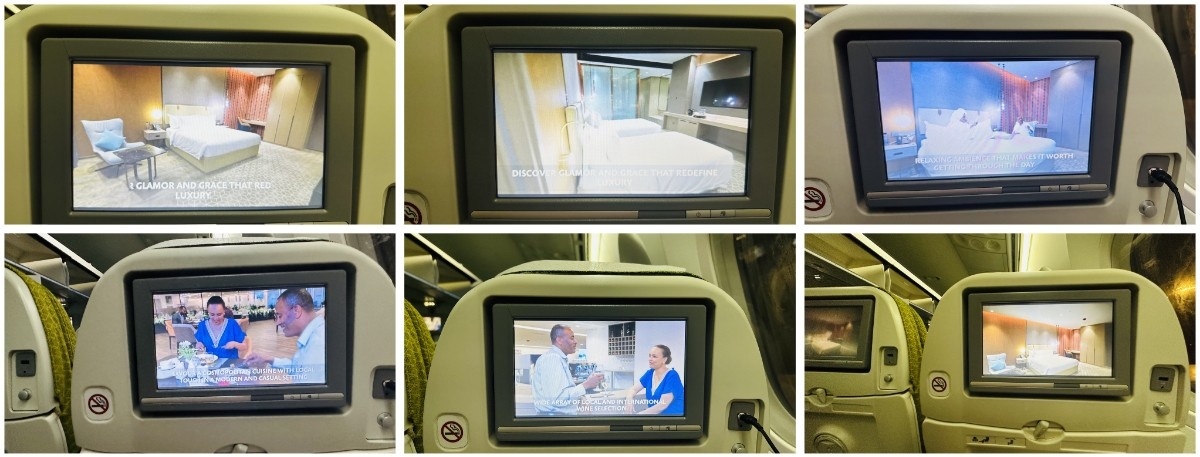
Meet Africa’s hippest, coolest inflight magzine
In my hands I now proudly held the airline’s Selamta magazine, resurrected for the first time in the postpandemic era. Redesigned in November 2019 by the renowned media company Ink Global — which had been responsible for many fantastic inflight magazines before COVID hit, including Singapore’s SilverKris, Qatar’s Oryx and Etihad’s Atlas (none of which, sadly, are in publication any more) — this marks only the fourth issue of the magazine in its new design, after Nov./Dec. 2019 and Jan./Feb. and Mar./Apr. 2020, when the world came to a grinding standstill.
Very few airlines globally have persisted with inflight magazines after 2021, and Ethiopian — contrary to previous reports that it had ceased publication for good — is happily one of them. Two other excellent African magazines I should mention are Kenya Airways’ Msafiri and South African Airways’ Sawubona, which continue to be published despite those airlines’ financial woes, and so much the better for that.

On the back cover of Selamta was an ad for the state-owned Ethio Telecom, which had a complete monopoly on the country’s telecommunications sector until the entry of Kenya’s Safaricom in late 2022, which is partly owned by Vodafone and South Africa’s Vodacom. There was also, as with many other airlines, a duty-free shopping guide — which was of course called Sheba, as the airline’s frequent-flyer programme is called ShebaMiles.
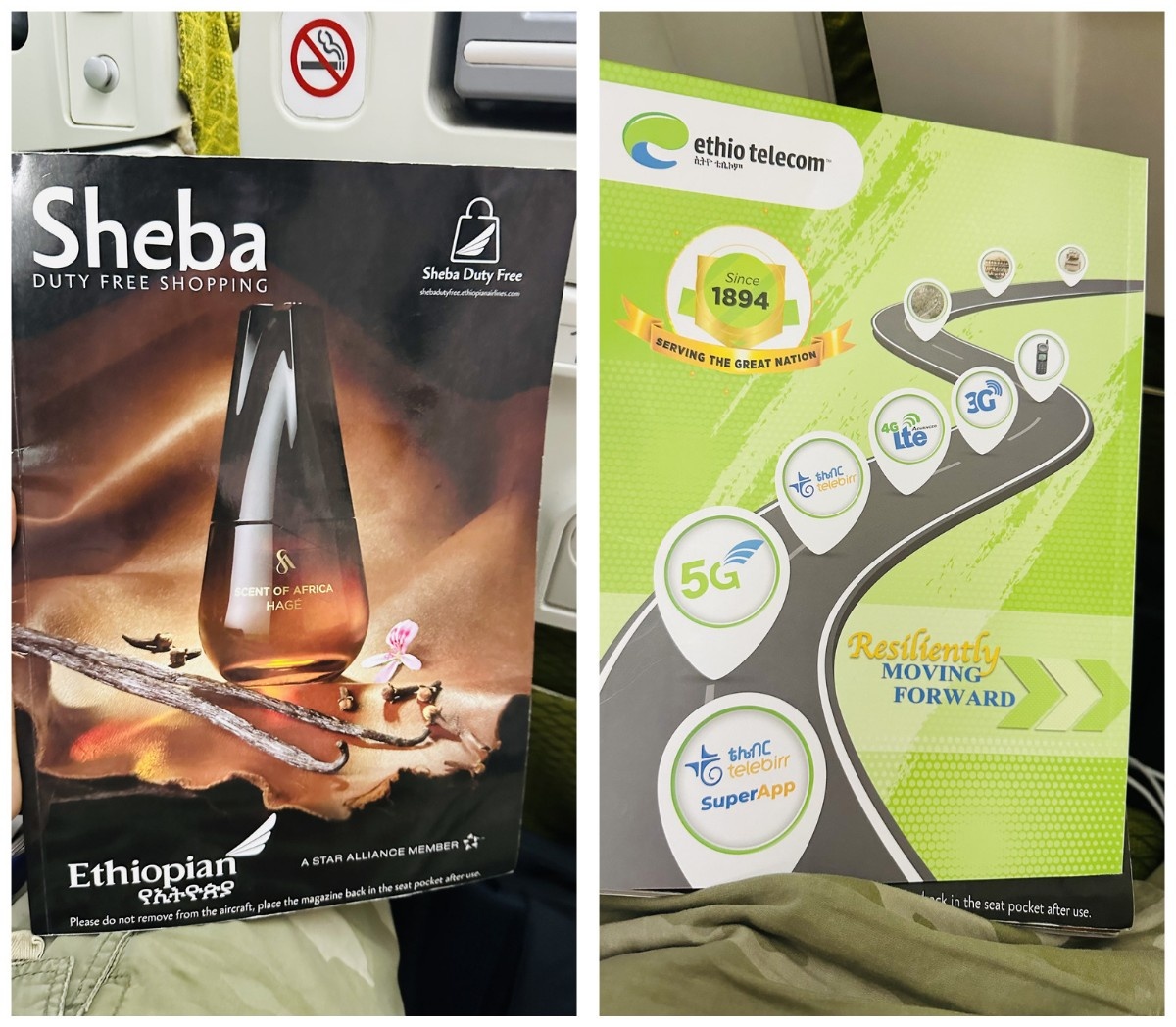
Ethiopian was visibly proud about launching the first post-COVID issue of the magazine, and more so about its new routes, as varied as Atlanta, Copenhagen and Karachi — really, as much of a global superconnector as Africa can be proud to boast of!
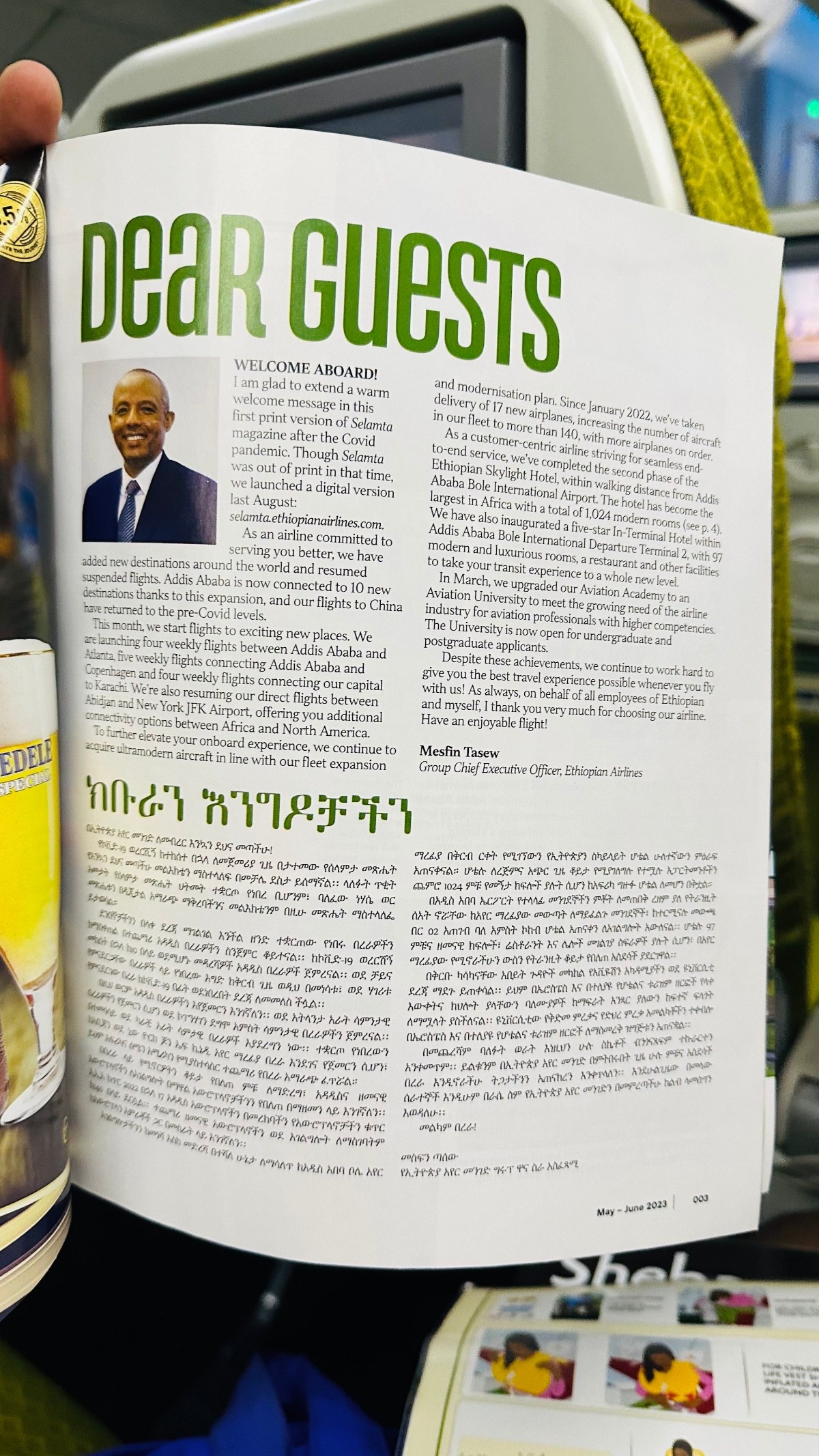
There were plenty of pages dedicated to its new hotels: the aforementioned Ethiopian Skylight Hotel and also a new five-star in-terminal transit facility, both of which will go a long way in lifting hospitality standards at ADD. How often do airlines directly run a five-star hotel, that too in a continent as unpredicatble as Africa? No wonder, then, that ET has been so successful where others across the continent have fumbled and failed.
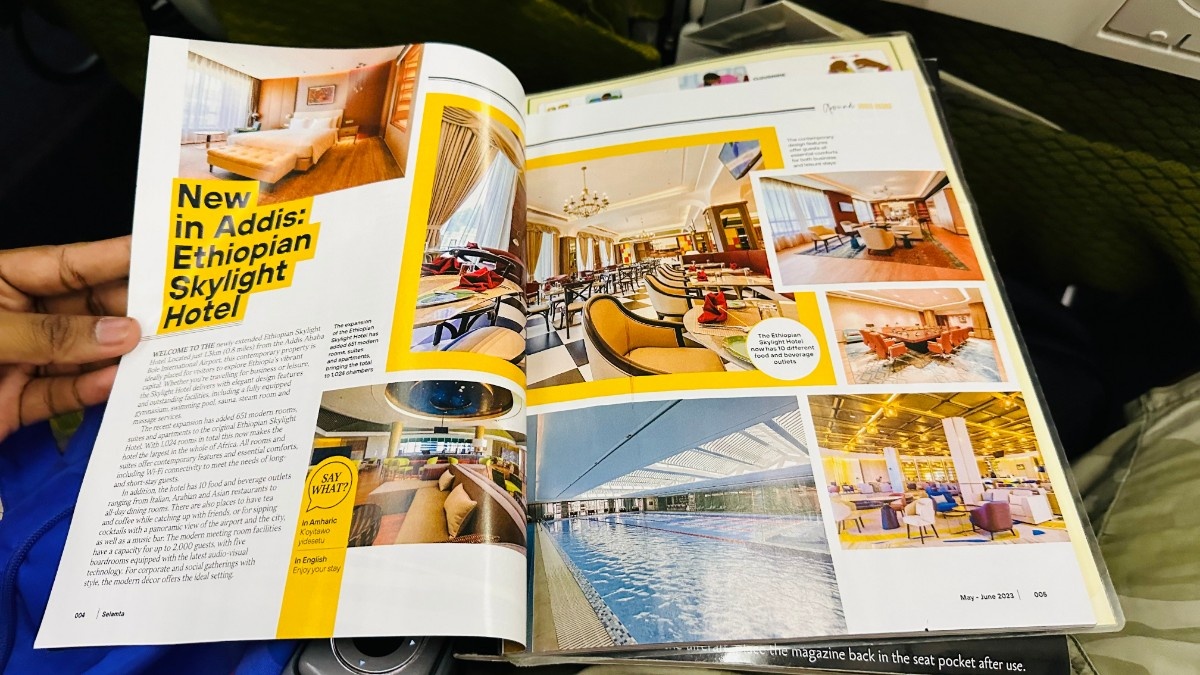
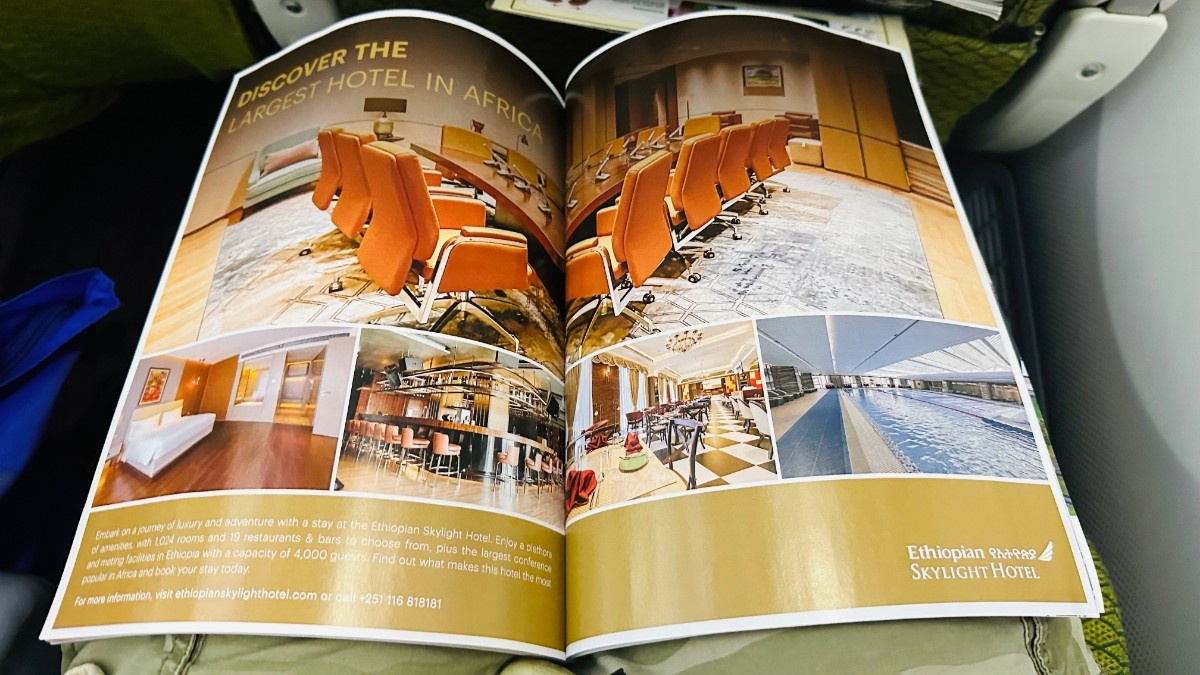
The magazine’s fresh design, with its raw, quirky ‘junglee’ African-inspired font along with a flamboyant handwritten script, is another deft little touch that sets it apart — even though its ads promoting new destinations (CPH, KHI and ATL) look somewhat old-fashioned, with an outdated shadowed headline, a generic panoramic photo and a flight attendant in traditional attire. I think Kenya Airways does a better job, and is about as westernised as an African airline’s brand image can be, but that’s not to take away from Ethiopian’s earnestness.
In contrast, I think neighbouring EgyptAir is — as far as marketing and brand image is concerned — one of the worst airlines in the entire Star Alliance, with only the Mainland Chinese members Air China and Shenzhen managing to do worse. Really, Chinese airlines are the vilest in the world, bar none, in terms of their marketing, branding and typography.
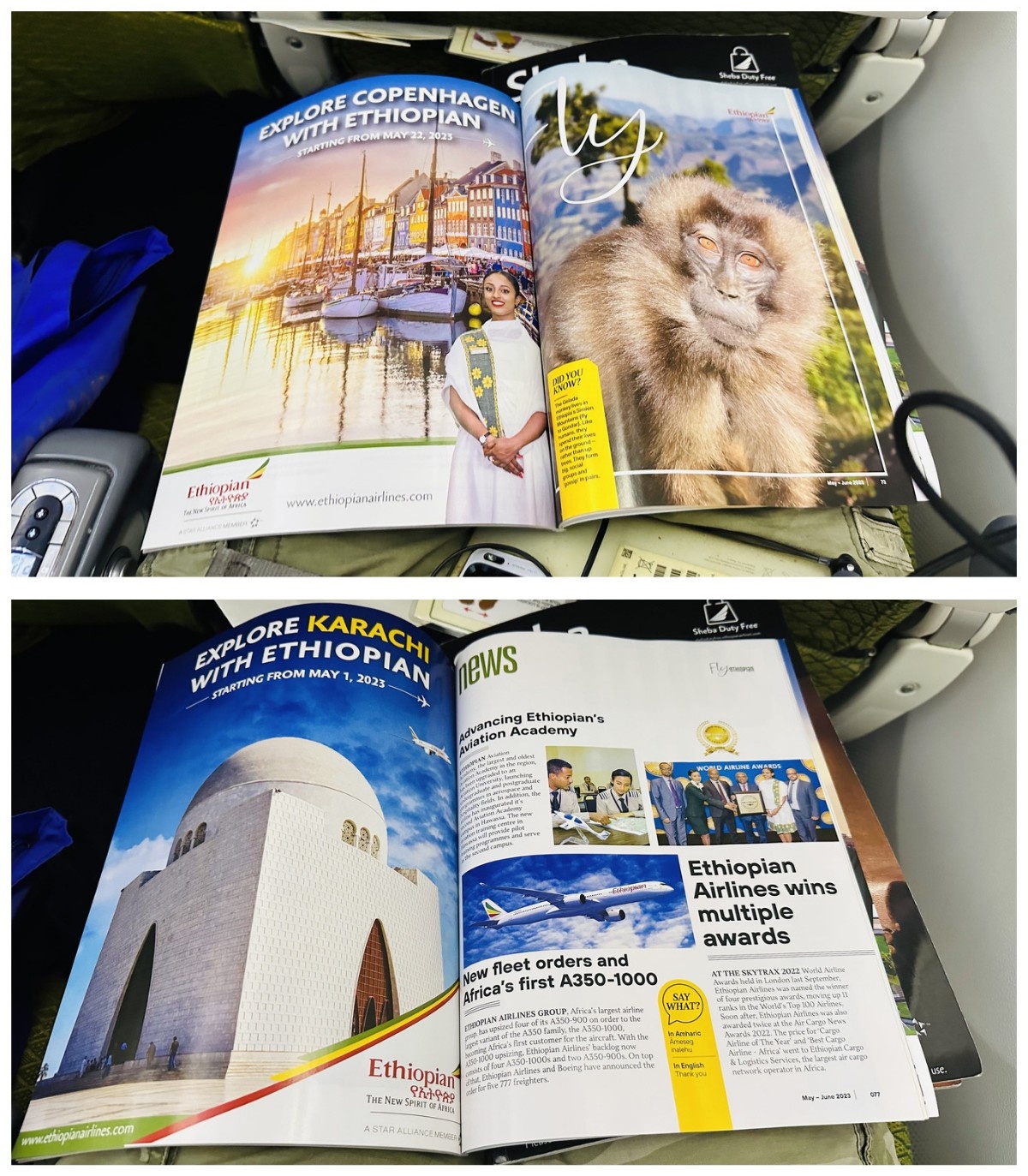
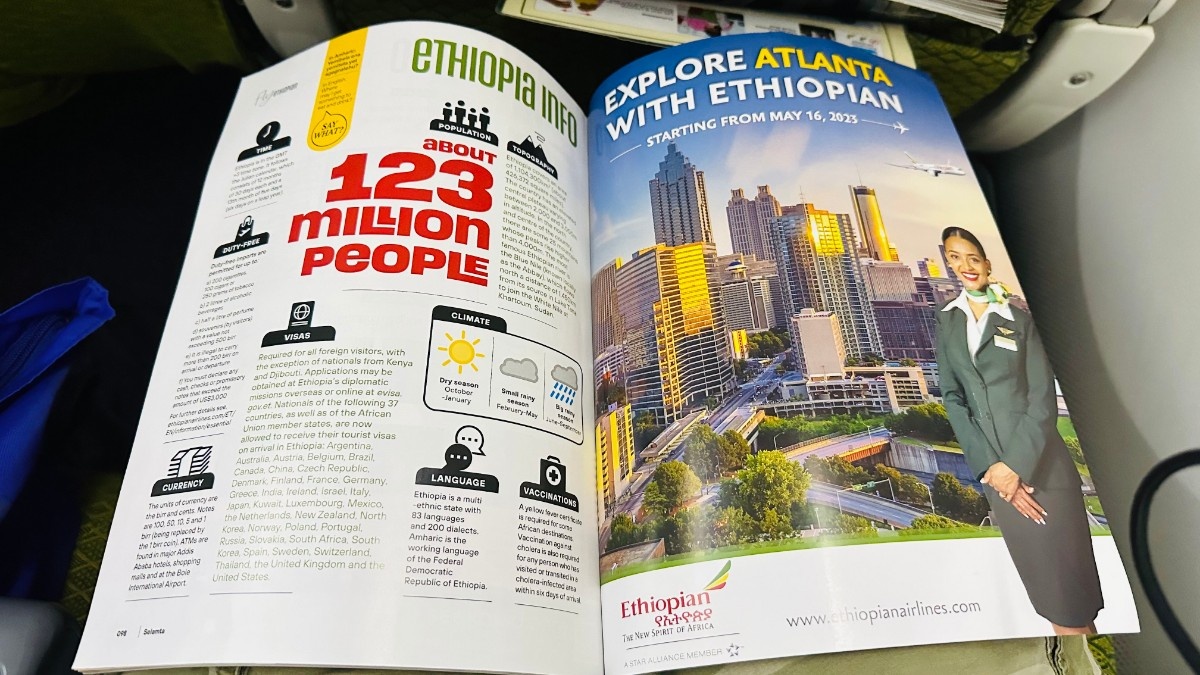
This routemap was as much of a proof as any of ET’s impressive global reach, covering all continents except Oceania — then again, alliance partner Turkish Airlines, which serves the most countries of any airline in the world, does not fly there either. (Emirates, Qatar and Etihad have always served Australia, and the first two also fly to New Zealand.) Even so, TK has mulled launching service to Melbourne via Singapore, but that is far-fetched as of now.
It would, however, be nice if ET started service to Perth, like Air Mauritius does, and South African in the past. In fact SAA used to be a six-continent airline, but like Singapore and Etihad (which both cut São Paulo, now SAA’s only intercontinental route) it no longer is. What do you expect, now that SAA has just eight aircraft and two widebodies (A330-300 ZS-SXM and A340-300 ZS-SXF) — making it the smallest member of the Star Alliance by fleet, smaller even than little old Croatia Airlines?
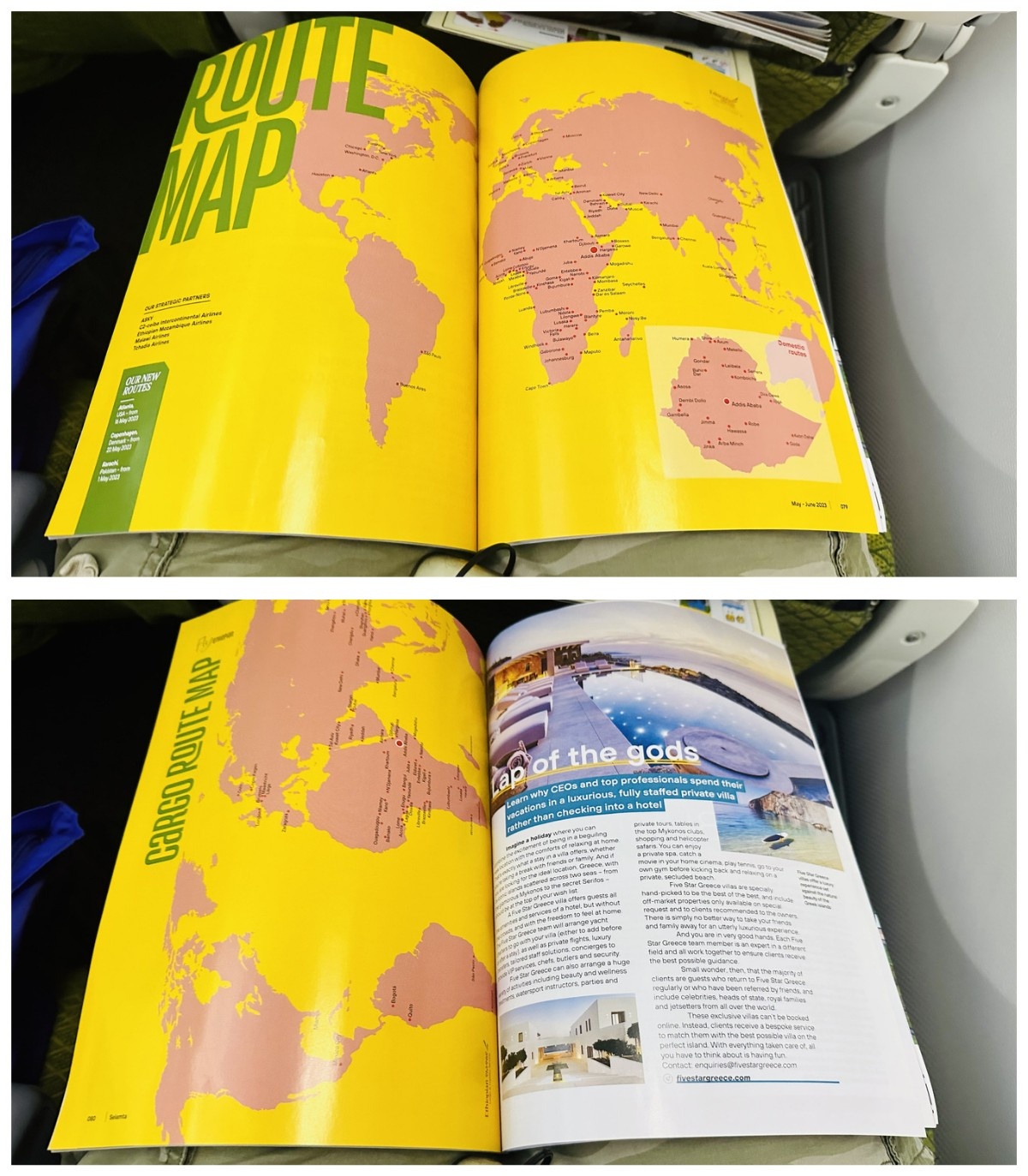
At the time ET’s fleet stood at 144, the largest in Africa, and more than many other global players like KLM, Qantas and Avianca*, which never seem to cross 120. This was after taking delivery of its twentieth A350 (ET-AZN), and by my next flight in July it had grown to 150 after the addition of two 787-9s (ET-AXT and ET-AYD) and a handful of 737s, plus a few in the new ET-B** series which are operated by Asky: 737-800 ET-BAG and 737 MAX 8s ET-BAQ and BAR. (But the world will remember the Ethiopian Airlines 737 MAX for a different reason altogether, a chilling and tragic one that speaks to corporate greed and profit over the value of human lives. Rest in peace, ET-AVJ and the 157 people who ascended to the heavens above.)
*Funny enough that these are the three oldest operating airlines in the world!
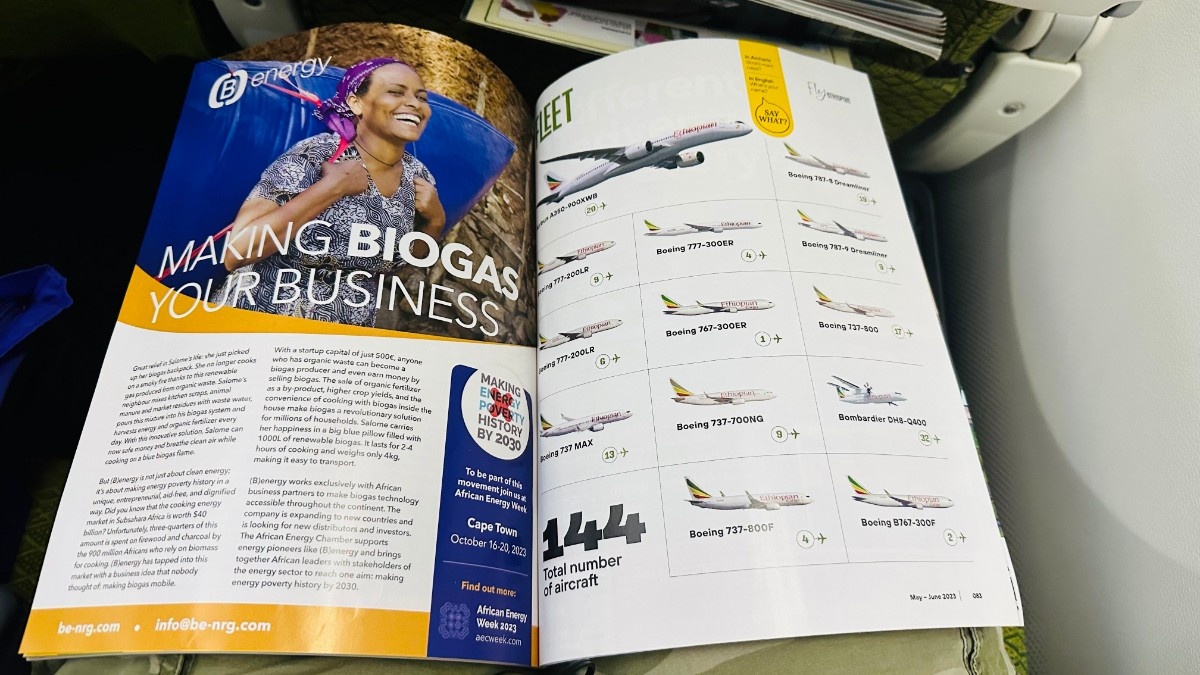
Among the entertainment options were a number of Bollywood movies, reinforcing their popularity in Africa — probably a bit more than in India itself, where the Hindi film industry remained in a slump until staging a comeback in mid-2023.
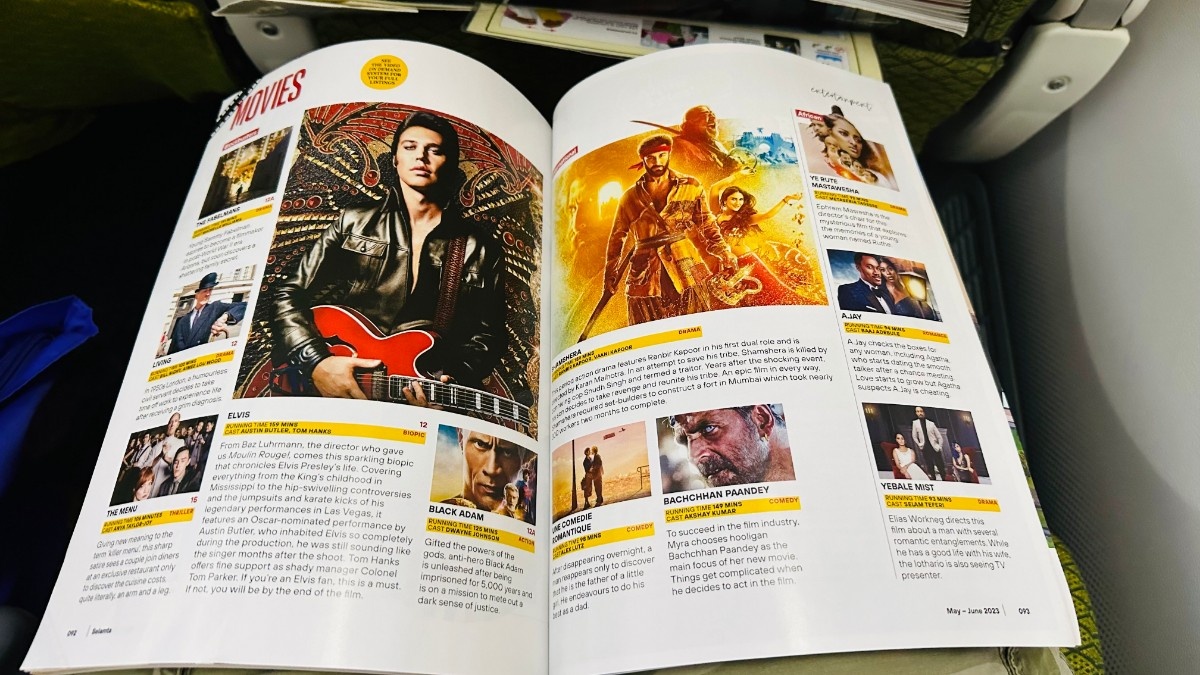
Again, I bragged to my parents in no uncertain terms about how ET was such a mammoth in its fleet and route network, and that — I’m repeating myself here — they were the ’Emirates of Africa’, covering many destinations that the actual Emirates (which doesn’t operate anything smaller than a 777-300ER) can’t.
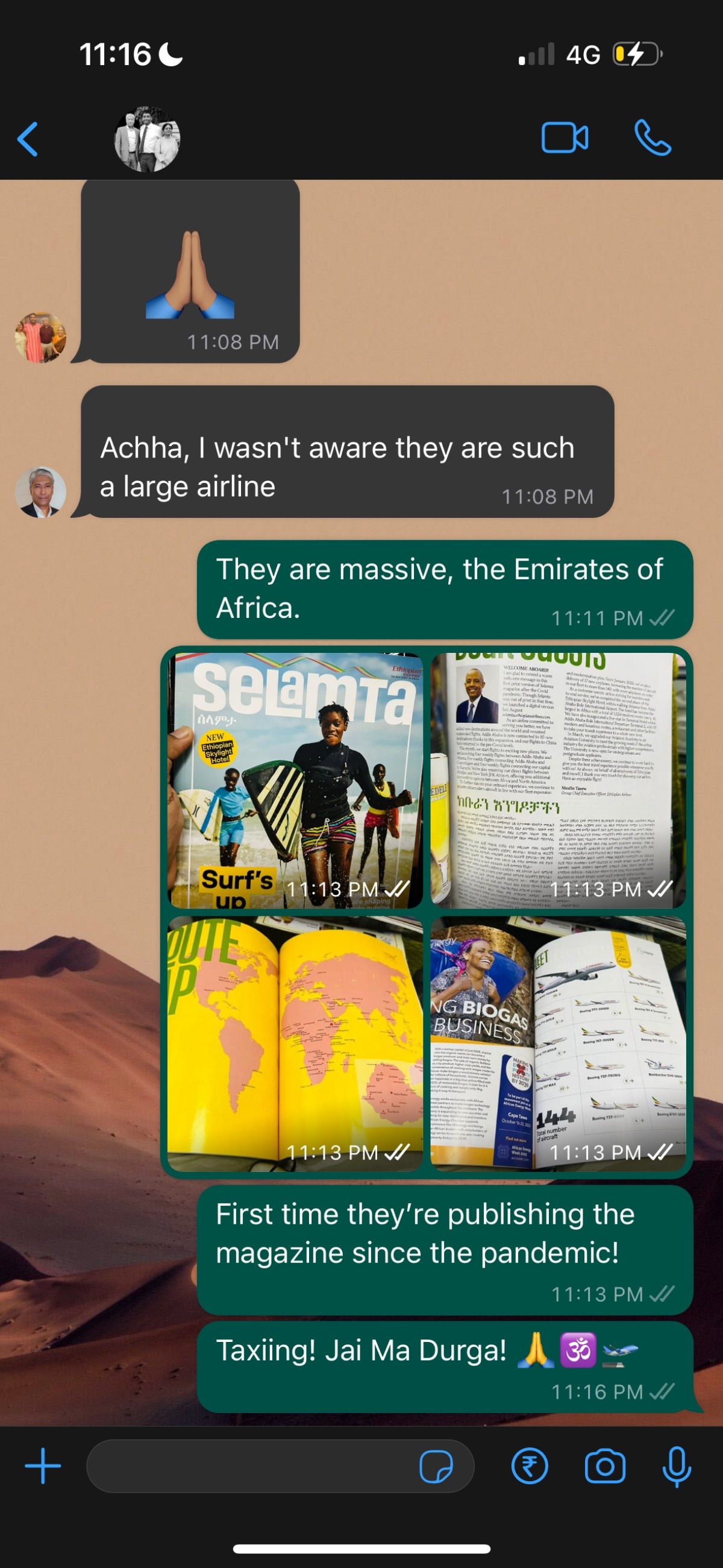
Takeoff: Safety briefing and entertainment
The safety video played at around 11:10, and had been completely reworked for the COVID era, with almost everyone wearing a mask — the same mask that the world has slowly and finally started to get rid of.

Don’t expect the quiet, soothing locales of Singapore Airlines or Vistara, nor the all-singing, all-dancing over-the-top production of the local Malaysia Airlines, nor even the ingenious Delft tiles of my next airline, KLM Royal Dutch Airlines. Ethiopian’s safety video is as standard-issue as they come, with voiceovers alternating between Amharic and English, and a diverse profile of passengers across the length and breadth of Africa and the world.
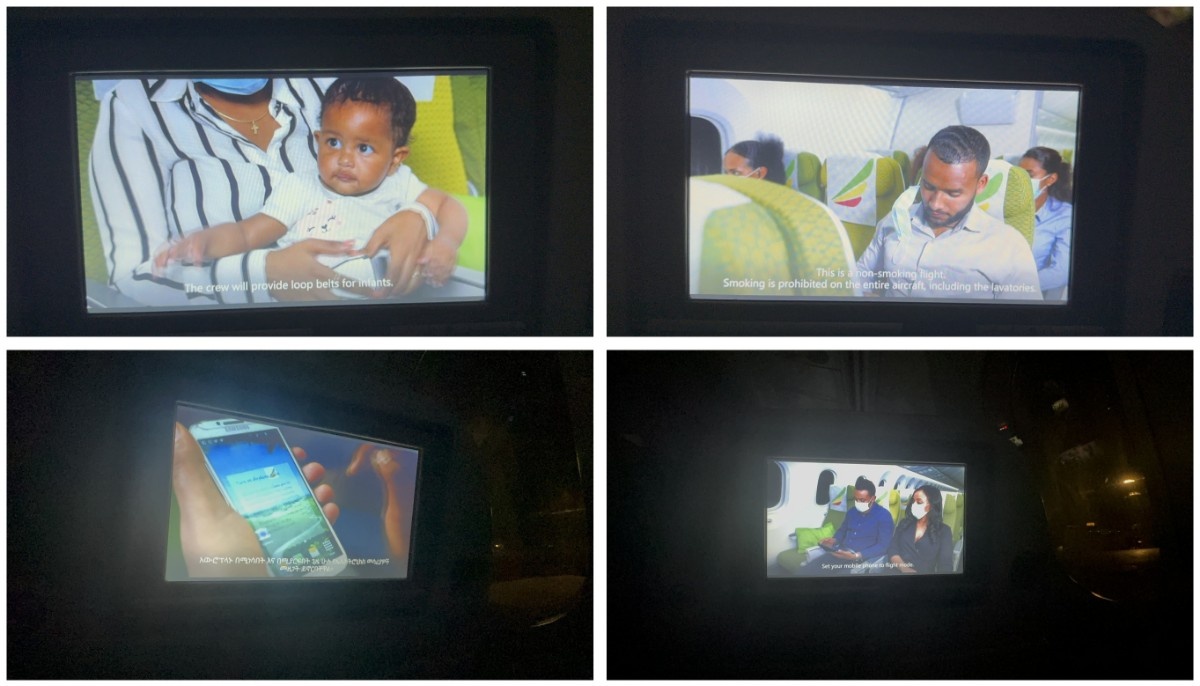
One thing, though, that this had in common with SQ is the presence of babies and small children in abundance. Except they weren’t in a raft on a jungle safari, but rather were strapped to their mothers or were seated obediently beside them.
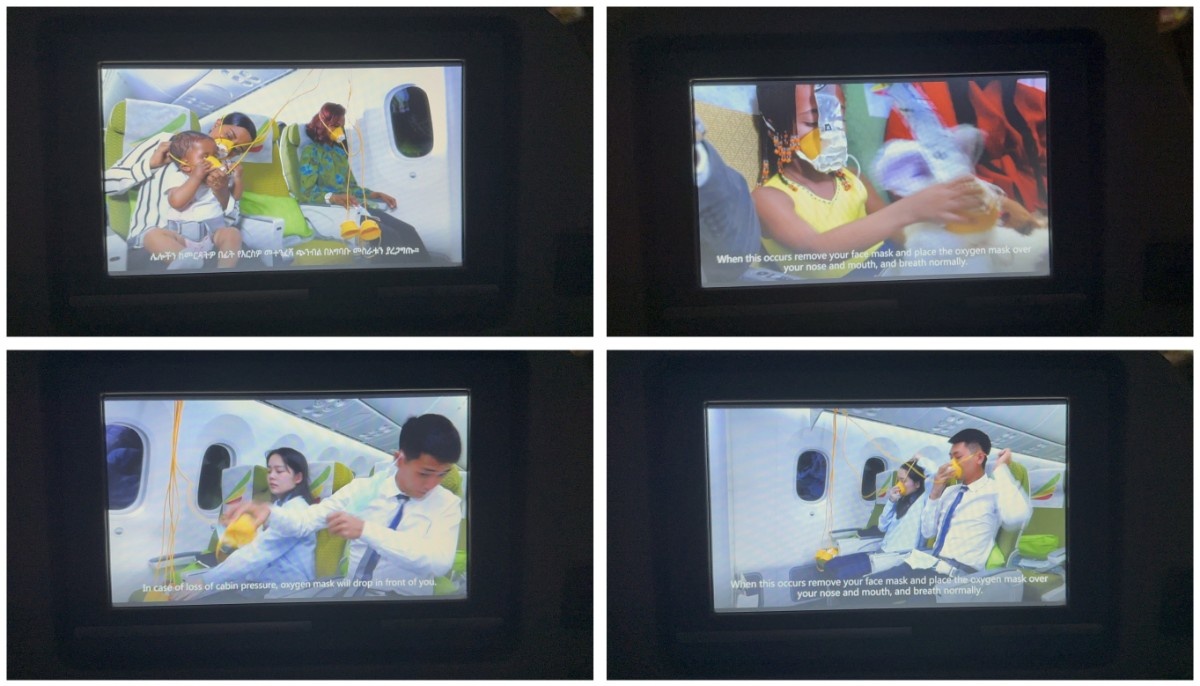
This was the only time when any of the cabin crew lowered a mask — I’m glad she did!
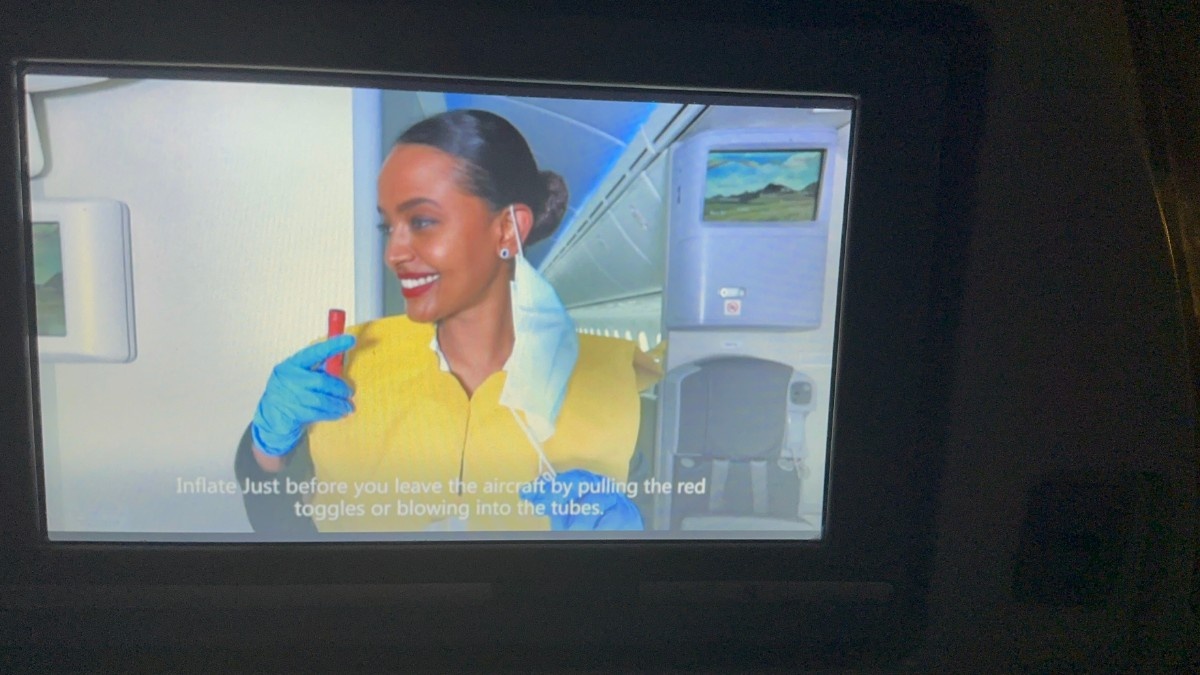
To wrap up the video — which coincidentally was shot on ET-AUO, my next Ethiopian aircraft — the airline’s cabin crew brought out thank-you placards in various languages and held them aloft, before it metamorphosed into the logo and slogan of the airline and alliance. Such a memorable ending I have also seen on SriLankan Airlines, where after the plane lifts off into the red sunset, a peacock (the airline’s logo) unfurls its feathers to bring the video to a close.
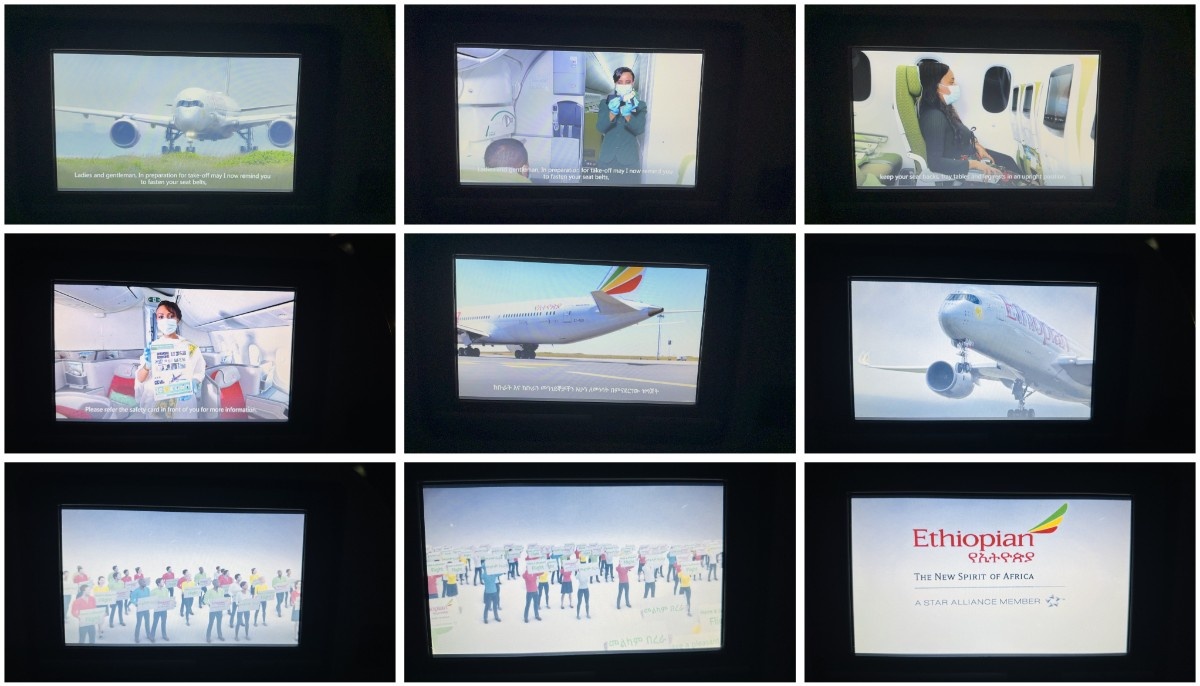
Now we had taxied past the two Chinese aircraft, with another Malaysia Airlines A330-300 ahead of us, I don’t remember which.
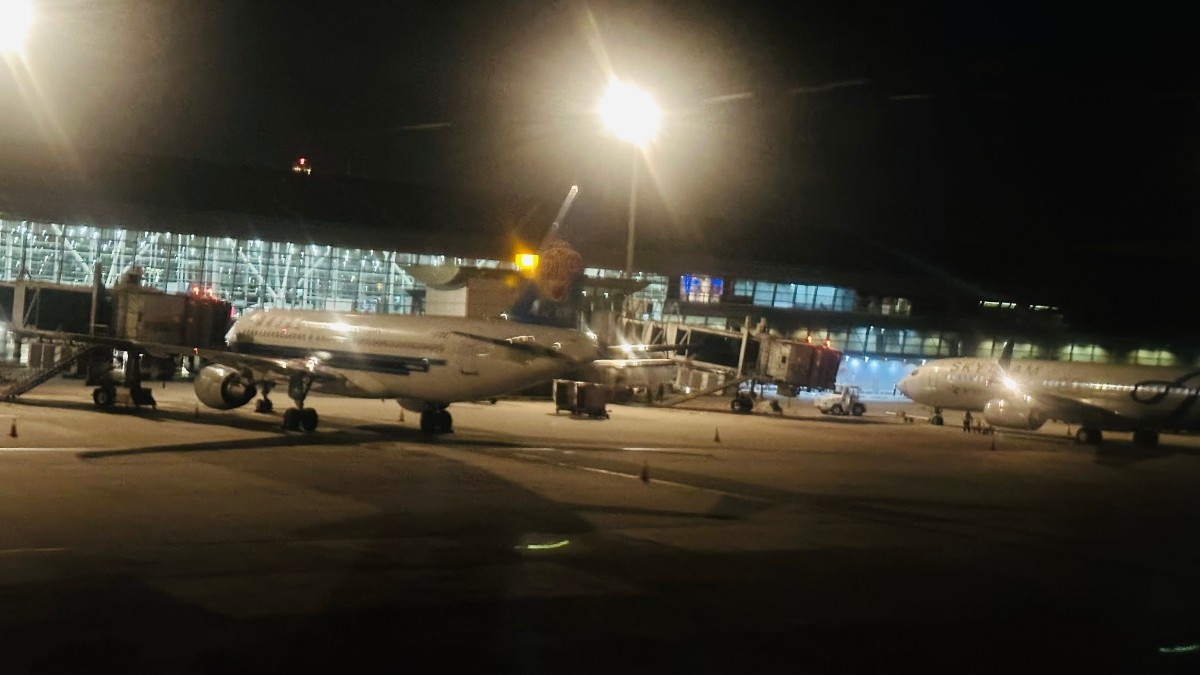
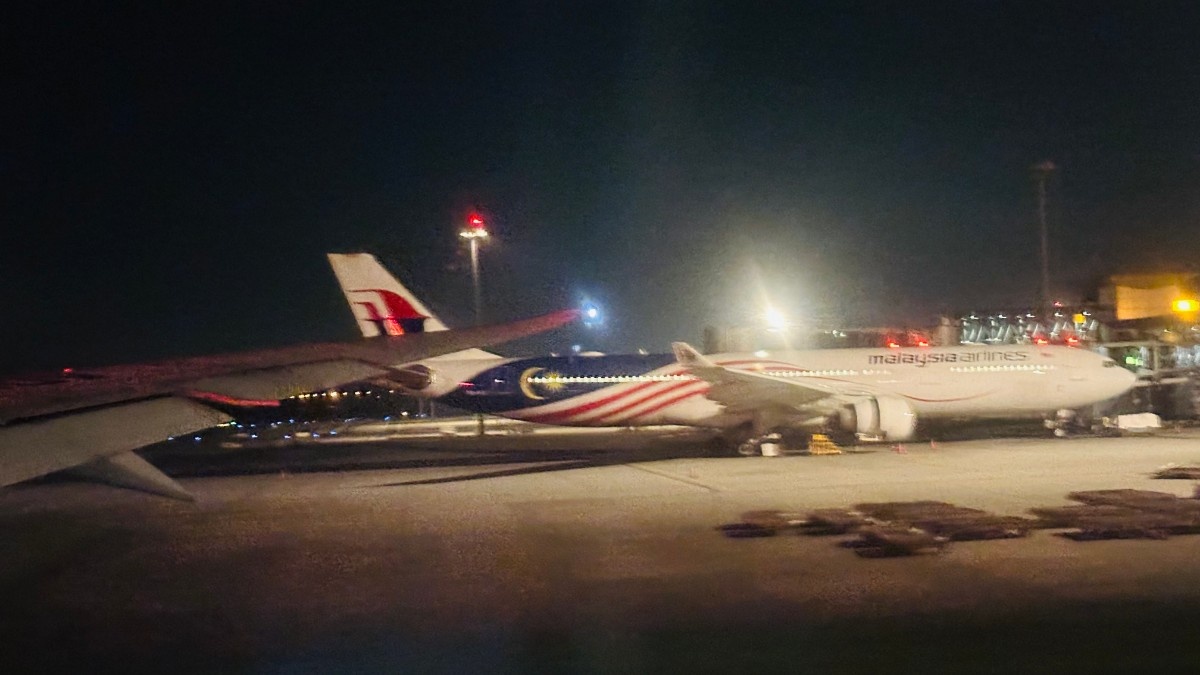
During the taxi I checked out the airline’s fleet and codeshare details, and they were surprisingly up-to-date: though it’s too blurred here, it accounted for all nineteen A350s at the time. It was also here that I learnt that ET had ordered four A350-1000s after converting them from its existing A350 order — again, a first for Africa and the Star Alliance, since no-one in the alliance operates the A350-1000. (Four in Oneworld do — Qatar Airways, Cathay Pacific Airways, British Airways and most recently JAL with its new first-class product — while from SkyTeam only its newest member, Virgin Atlantic Airways, flies the A350-1000. Outside the alliances, you have Etihad Airways and two from France: Guadeloupe’s Air Caraïbes and low-cost carrier French bee.)
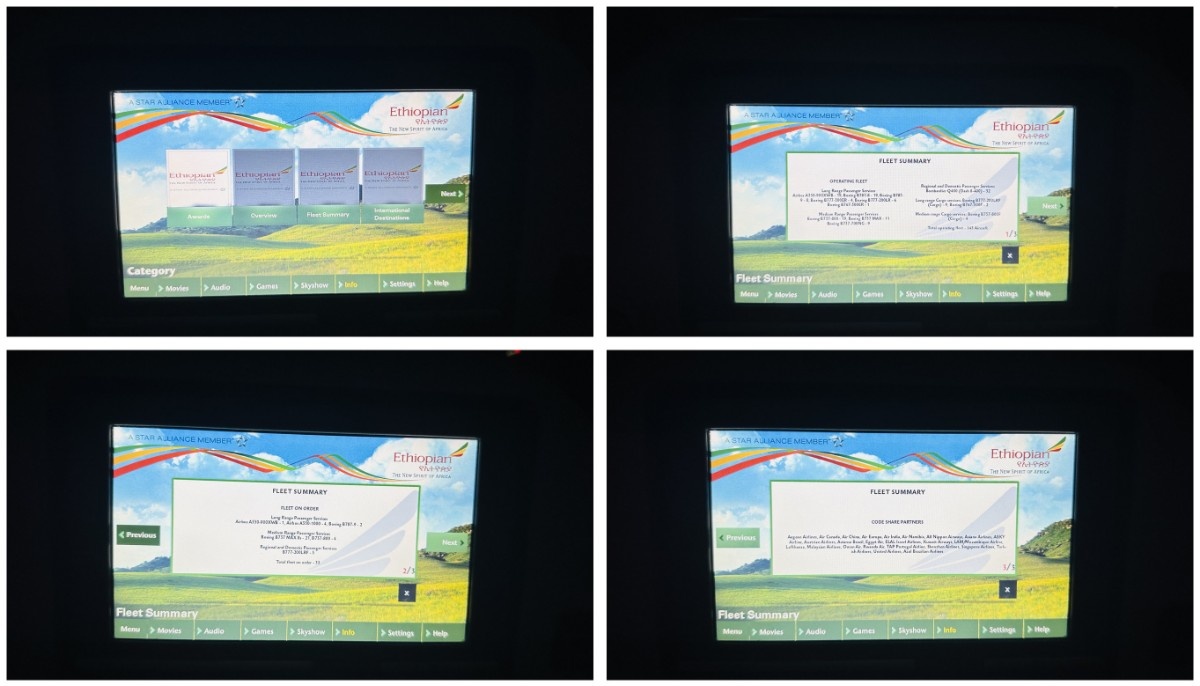
Now Taj Mahal rolled past the terminal and was ready to rumble down to Changi, but not before passing 9M-MXA, a 737-800 in the Malaysian Air System (MAS) retrojet livery that made its appearance in 2012 during the 40th anniversary of the airline. And also a 737-800 in the simplified livery with the red-and-blue stripe, which is now a dying breed as the Negaraku has become standard.

At 11:30 my 36-hour whirlwind weekend in Kuala Lumpur finally drew to a close, with the brilliant cityscape lighting up the night — the view being too dark otherwise to see any of the plantations that typify a takeoff from KLIA — and my Christine’s bag being lit up by the IFE screen.
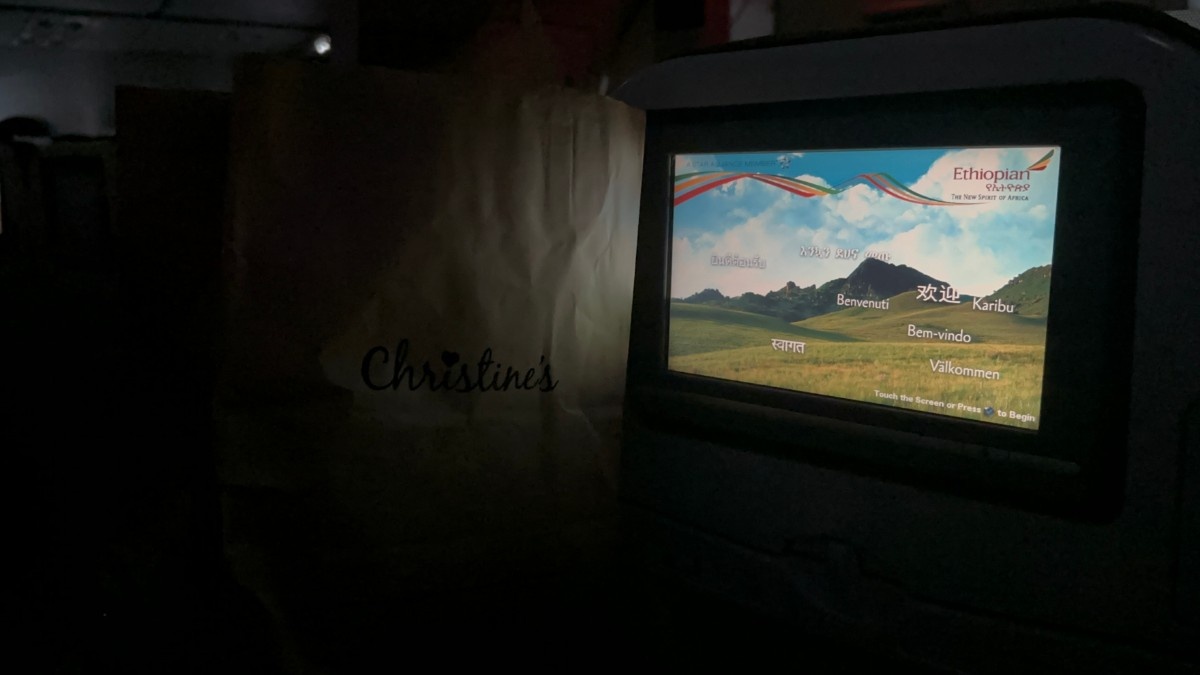
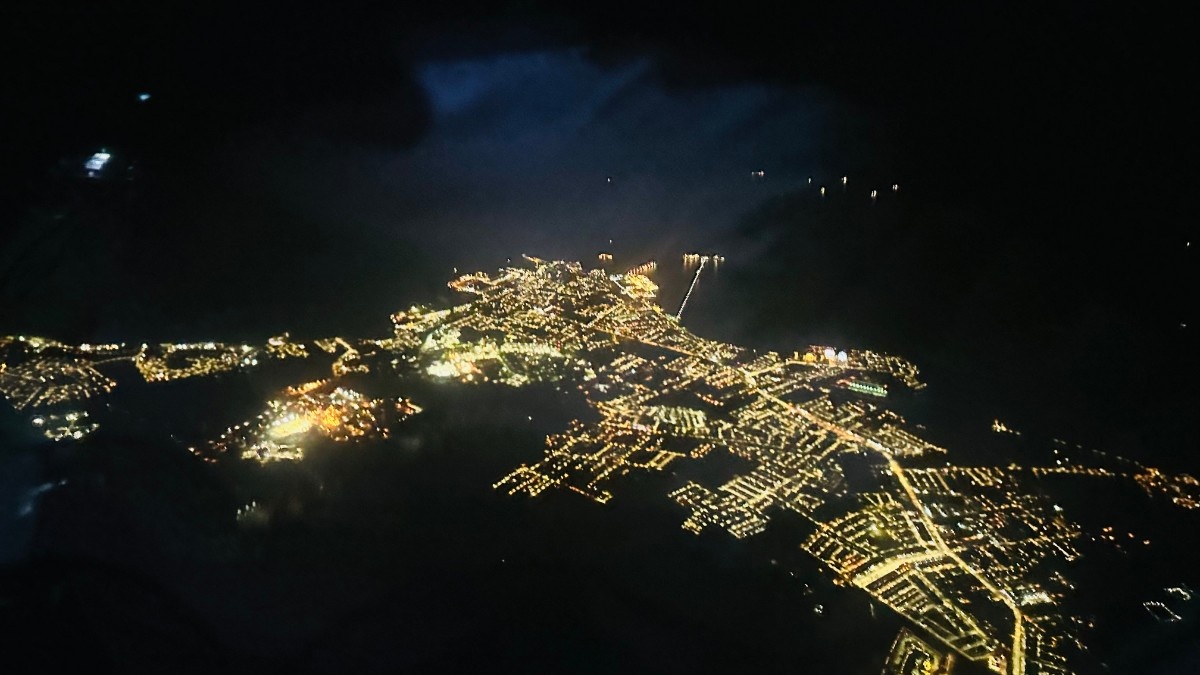
Ethiopian IFE and catering
No sooner did Taj Mahal ascend above the rainforests of Sepang than I turned to the somewhat older-generation IFE system, and I say ‘somewhat’ because the newer version on the A350s and 787-9s does not look particularly modern compared to what airlines like SQ have. Still, for its nineteen-strong fleet of 787-8s, it does the trick well enough.
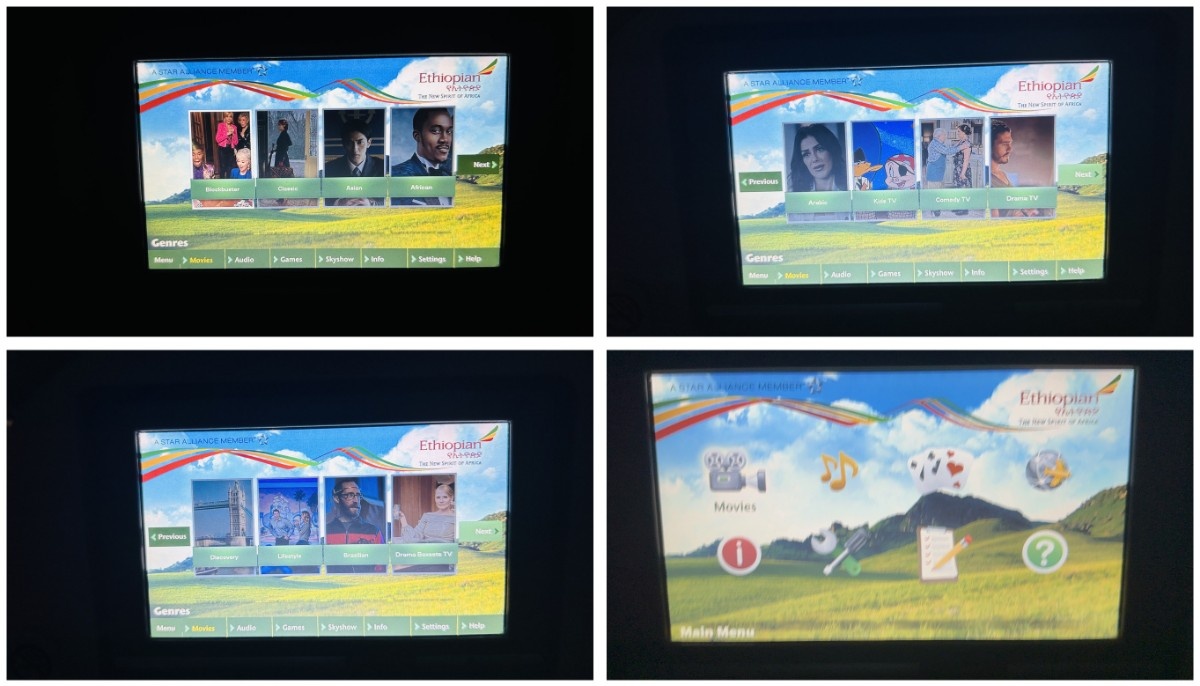
These were the moving map and a part of the music selection, par for the course for a mid-2010s interface and aesthetics.
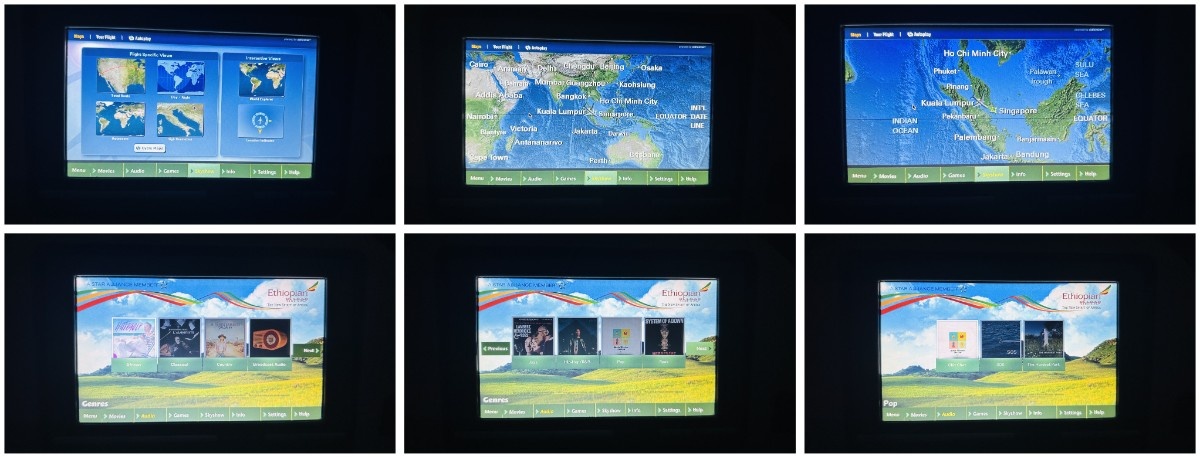
These were the airline’s globe-spanning list of destinations in text form, with only Australia missing, as it isn’t as easy to fly from the high-altitude Addis Ababa to Perth — across the Indian Ocean with no diversion points — as it is from Port-Louis (Mauritius) or Johannesburg, even though JNB is also a high-altitude airport like ADD. It also did a good job of mentioning Atlanta and Karachi as upcoming destinations, though it missed out on København. (Full resolution here.)
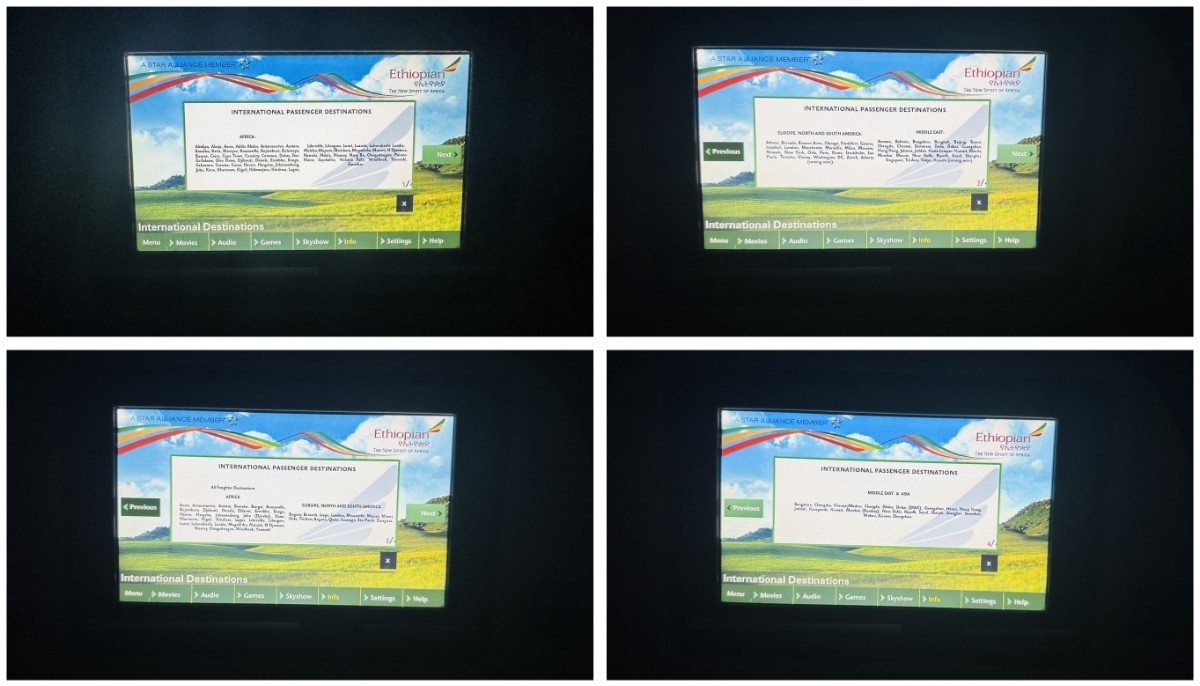
I was taken aback by the presence of Hindi as a menu language, something I have never seen before except perhaps on Air India. Here are the guides to the touchscreen and remote control in both of India’s most widespread languages. (Full resolution here.)
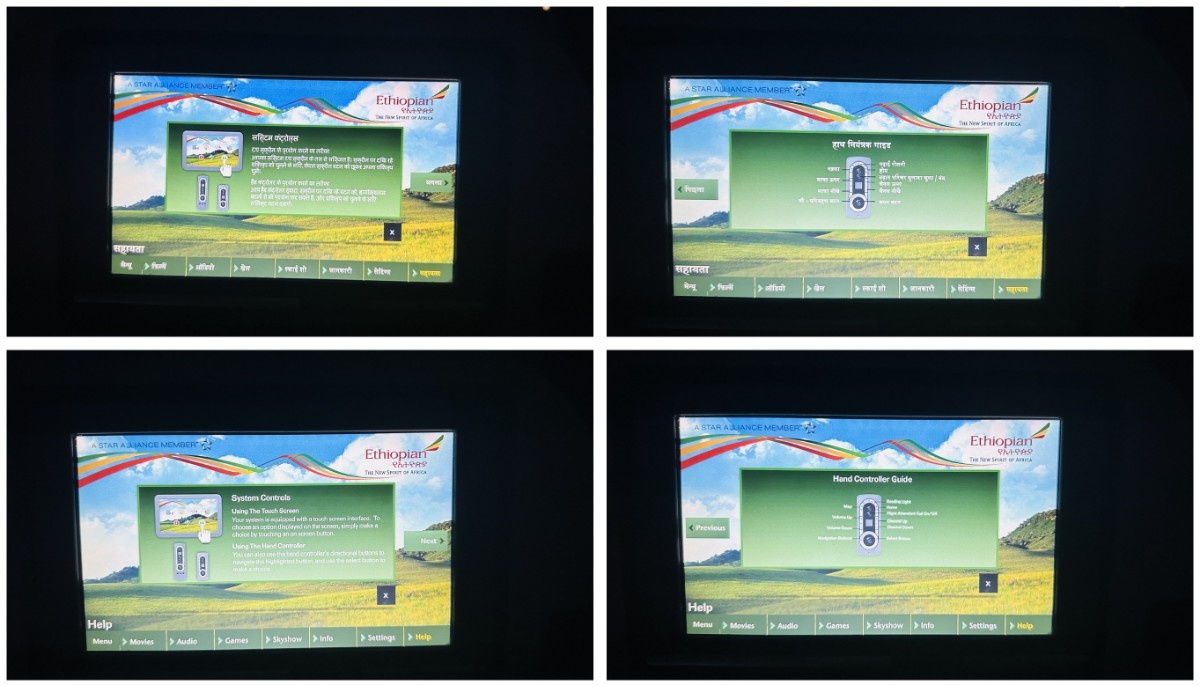
And these were some of the other things on offer, from broadcast audio to games. Not that I would be taking a particular fancy to any of them on a forty-minute hop-skip-and-jump nearing on midnight.
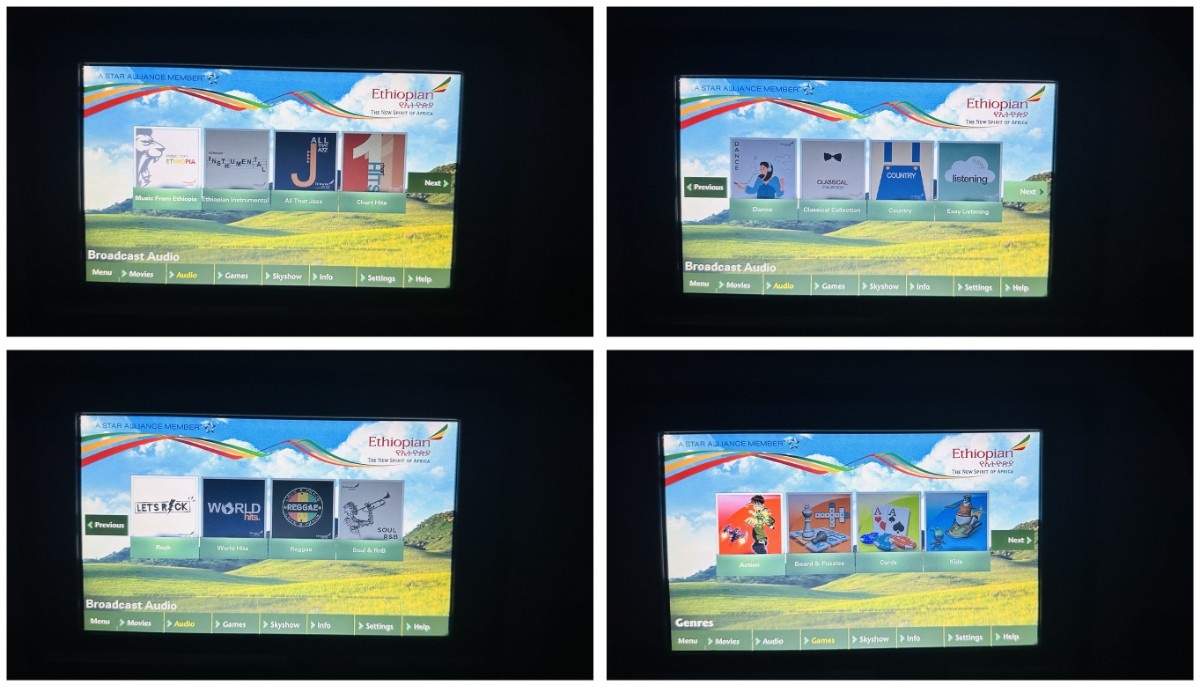
Here’s what I was reading on the short sector: my typography review of not only the ’Emirates of Africa’ but also the real Emirates itself. I feel both are doing okay enough and are able to use their fonts consistently and often, but not quite the spectacular job that Etihad is doing with its custom font. In fact I rank Gulf Air to be the best in the world, with Etihad not far behind. (Long story!)
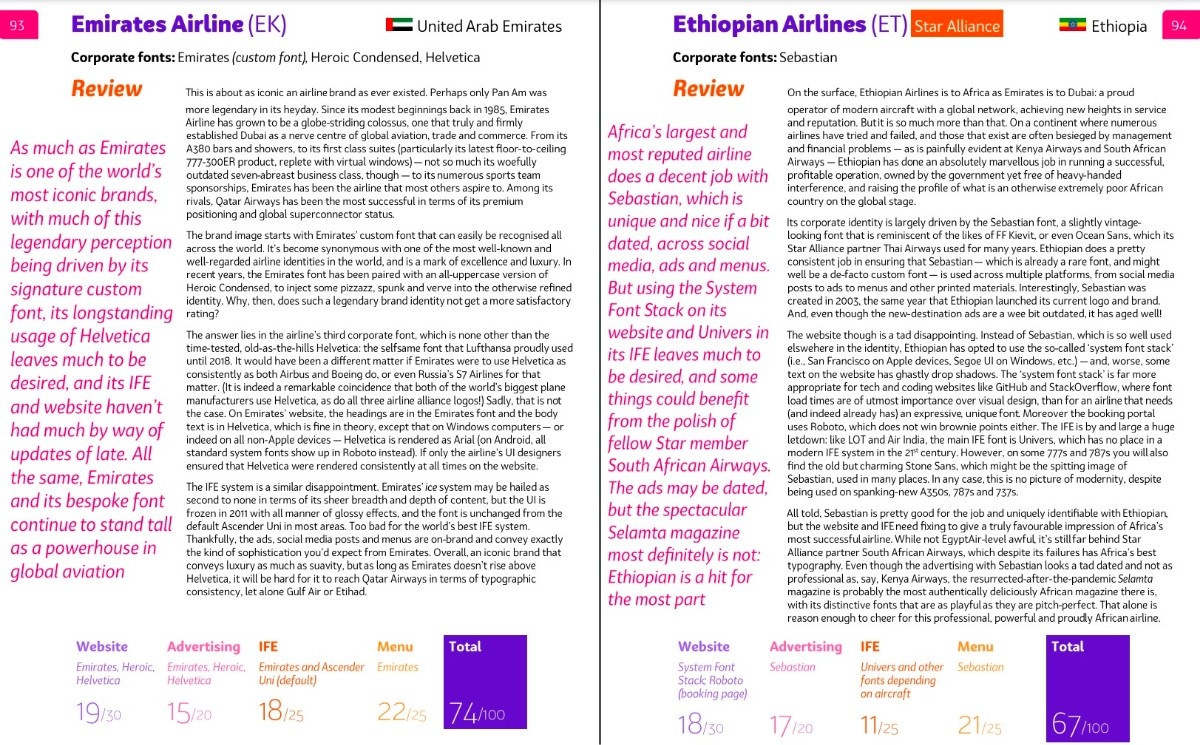
A small sandwich is all you need at night
The cabin remained mostly dark throughout the late-night service, with passengers getting all the space (but not the time) they wanted for a snooze. Those who continued to Addis Ababa would be able to stretch in their seats throughout the night-long journey, but probably not with all the empty seats on this sector.
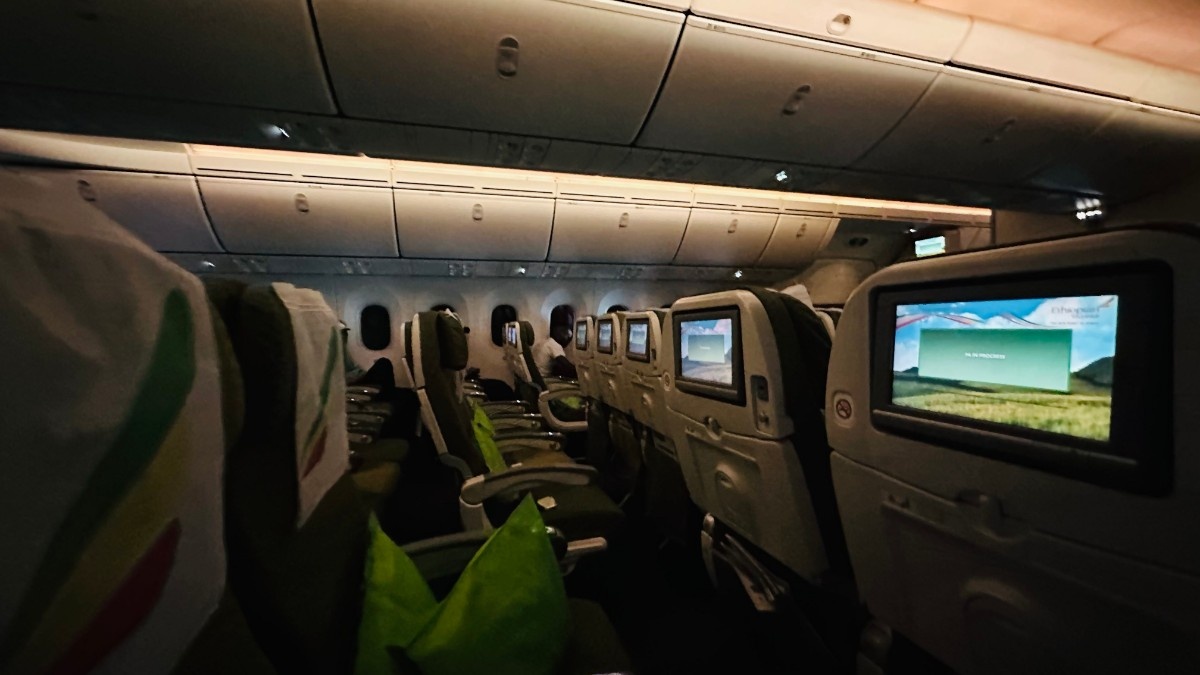
Some fifteen minutes into the flight, three pretty stewardesses — two in green and one in yellow — rolled out the small snack service, with a pocket sandwich, an Ethiopian Holidays tissue with ‘Stopover Addis’ emblazoned on it and a drinks selection consisting of water and juices. I probably didn’t need any more at Cinderella hour, though of course this is nowhere close to the local-inspired cuisine ET is proud of serving on many of its meal services.
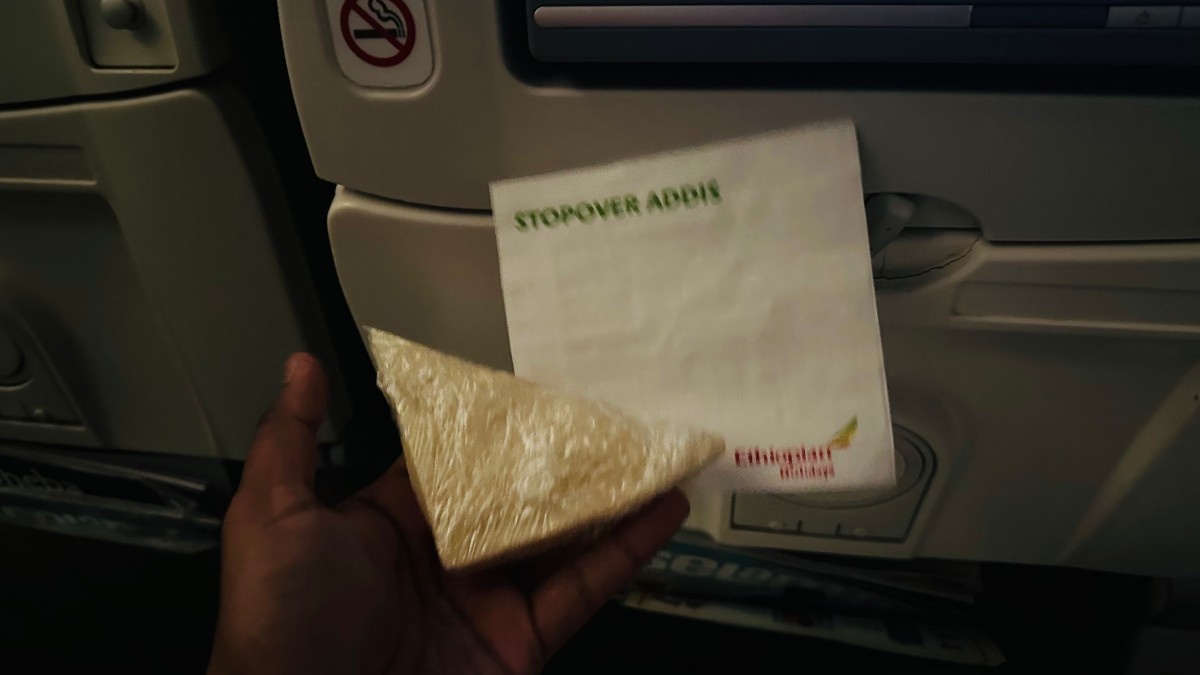
The names of two of these cabin crew were Gelilawit (left) and Miskir (right) — about as exotic-sounding as I would have expected from a country where two of its most popular foodstuffs are called injera and doro wat. Their traditional African attire certainly helped to stand out in skies filled with skirts, stockings and spindly splintery shoes.
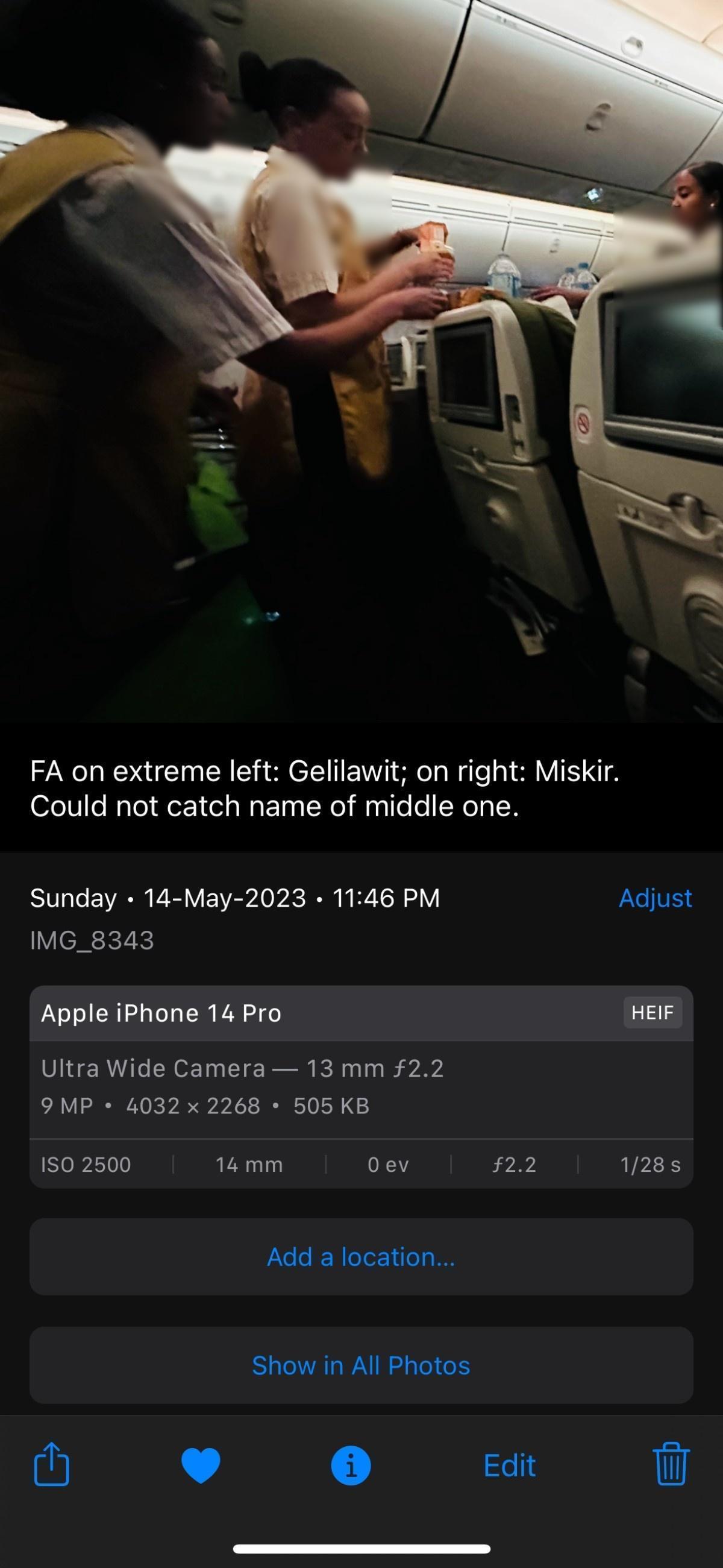
Midnight without moonlight: Landing at Changi (+ Crew signatures!)
It was a bit past midnight — Monday morning, technically, but actually the last dregs of the wonder-weekend — when Taj Mahal came to land at Changi Airport, at the east end of the city-state. As always, the firefly-like glow of the ships in the sea beckoned, reminding me of every Singapore Airlines touchdown here, where they say ‘and to all Singapore residents, a warm welcome home’.
Enter text here…
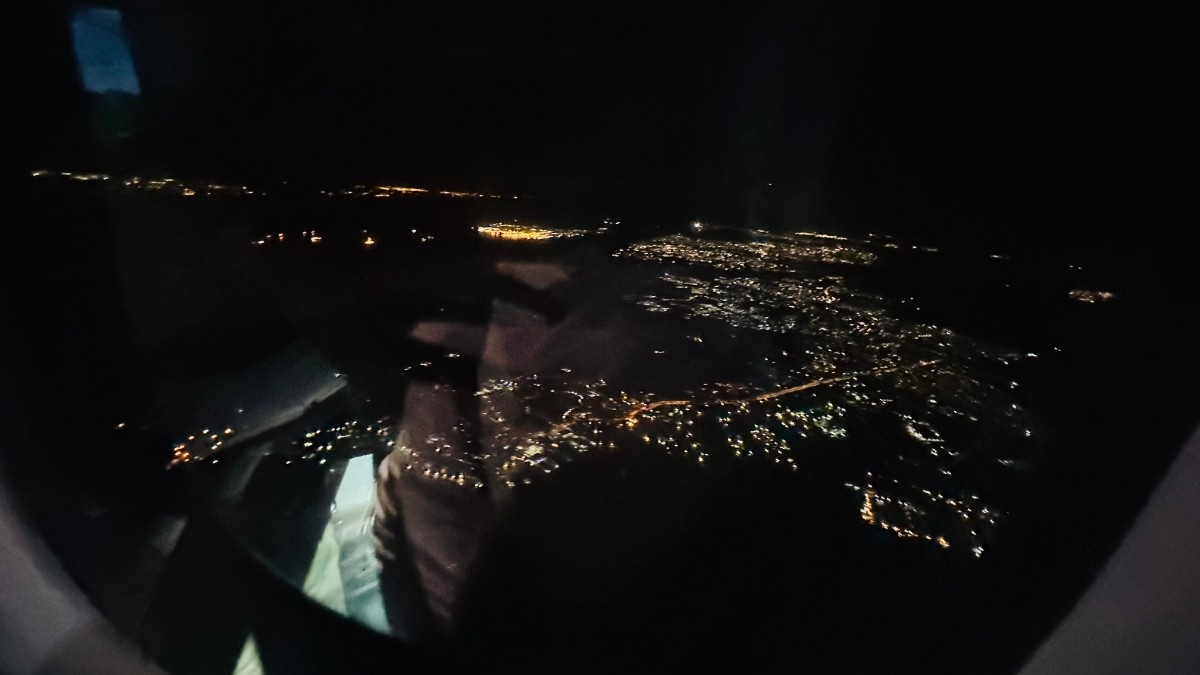
With the inky-black sky above for company, I was once again in what I like to call ‘9-Ville’, where the majority of registrations at any point will begin with 9: mostly 9V (Singapore’s registration prefix) and often also 9M, which is Malaysia’s. Rows of SQ and Scoot aircraft made it clear who was the boss here.
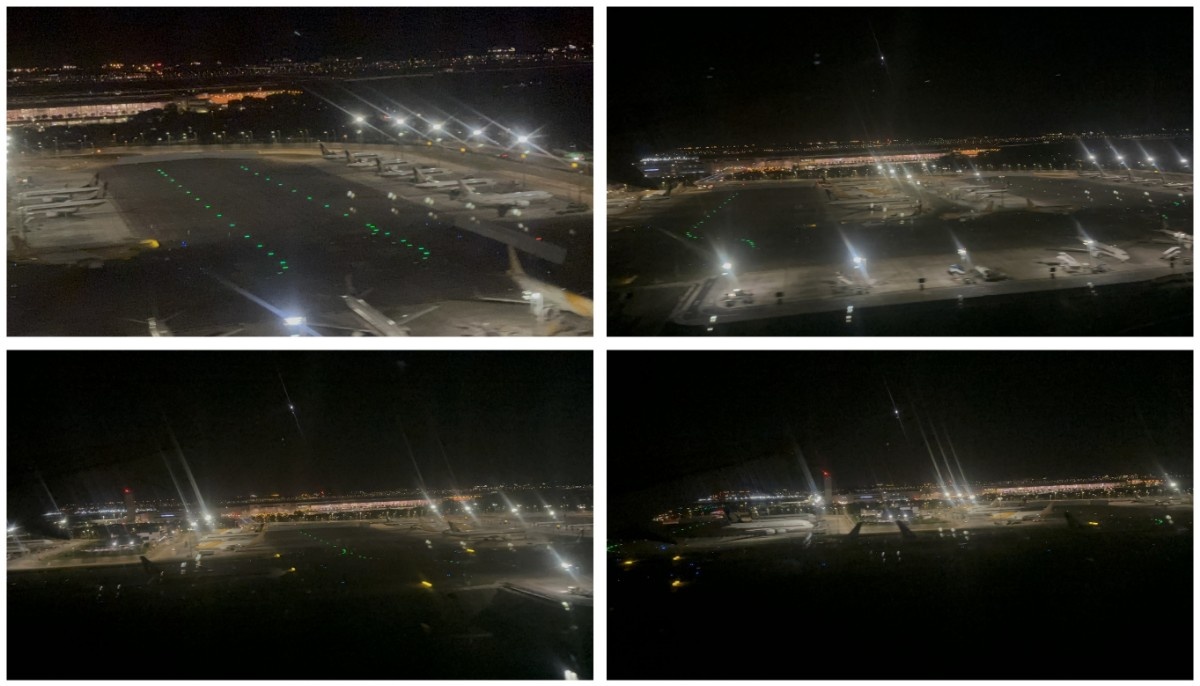
Now I’d only just finished writing my Star-Alliance-Day-cum-Mother’s-Day journal entry, and on the previous page in the evening I had written more about my escapades in KL — which served as a hint to my next airline, which had nothing to do with Kuala Lumpur and everything to do with Koninklijke. (The setting: the spellbindingly bright Tzuka café tucked inside The Gardens Mall, ensconced in a children’s exploration zone. Pictures in the Travelling Bonus.)
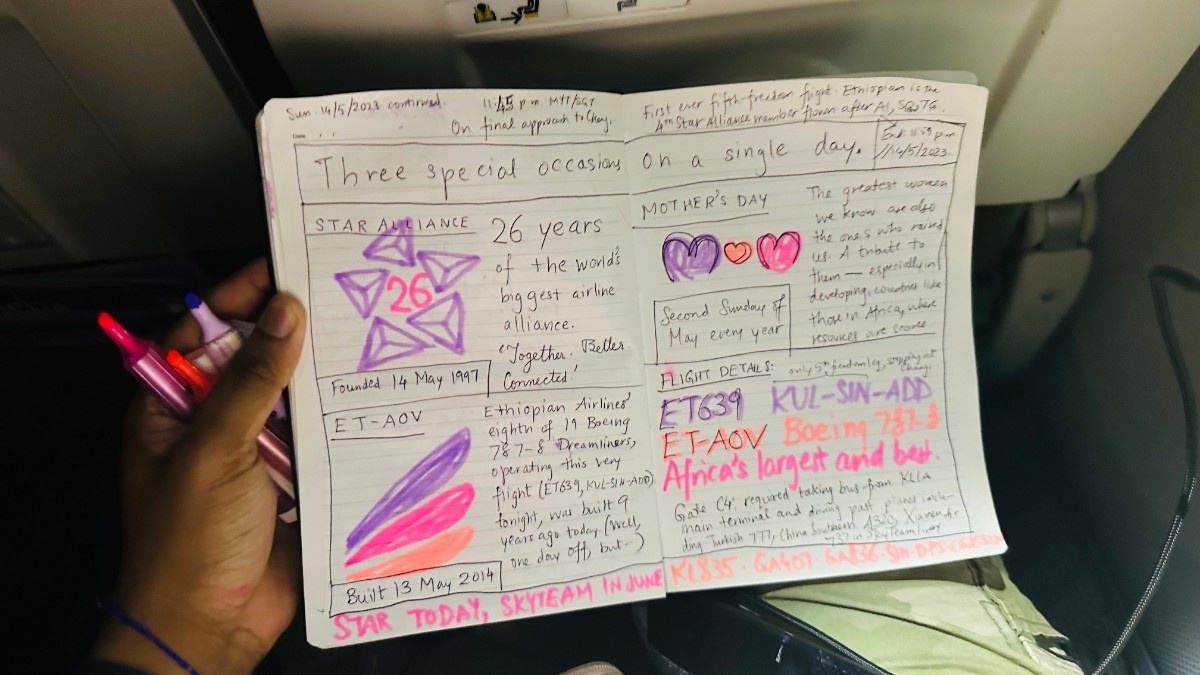
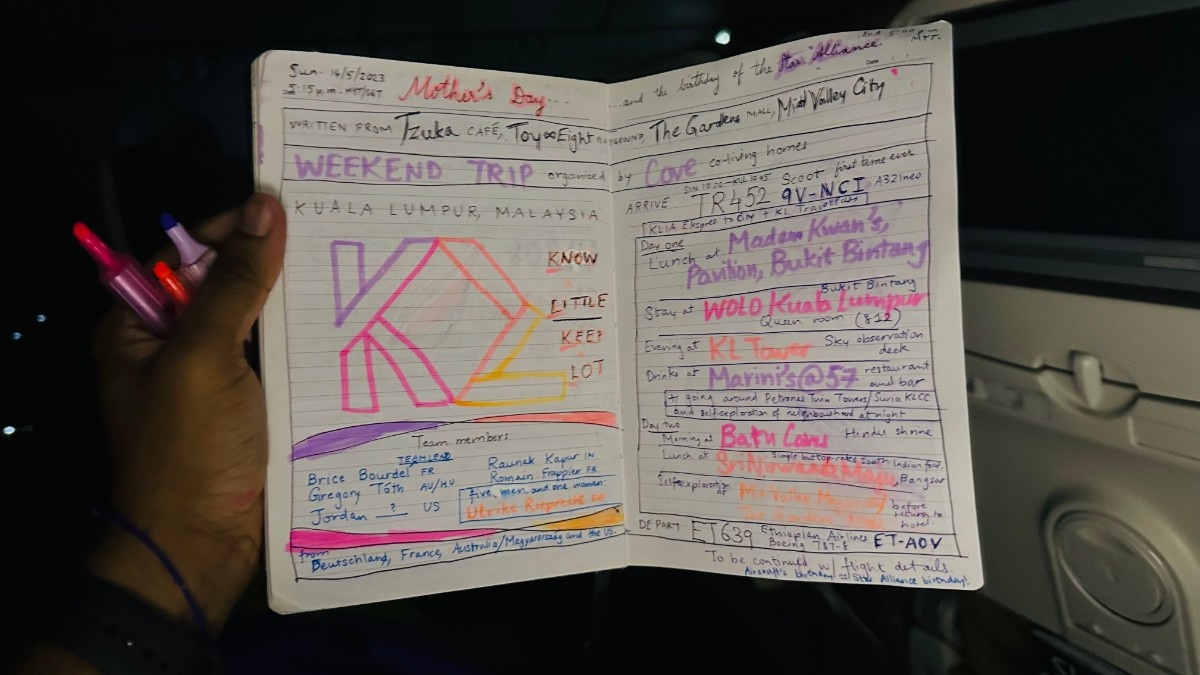
At six minutes past midnight ET-AOV — one of very few aircraft I’ve flown to have its registration on the upper surface of the right wing (as below) — put down her wheels and screeched hard on the ground.
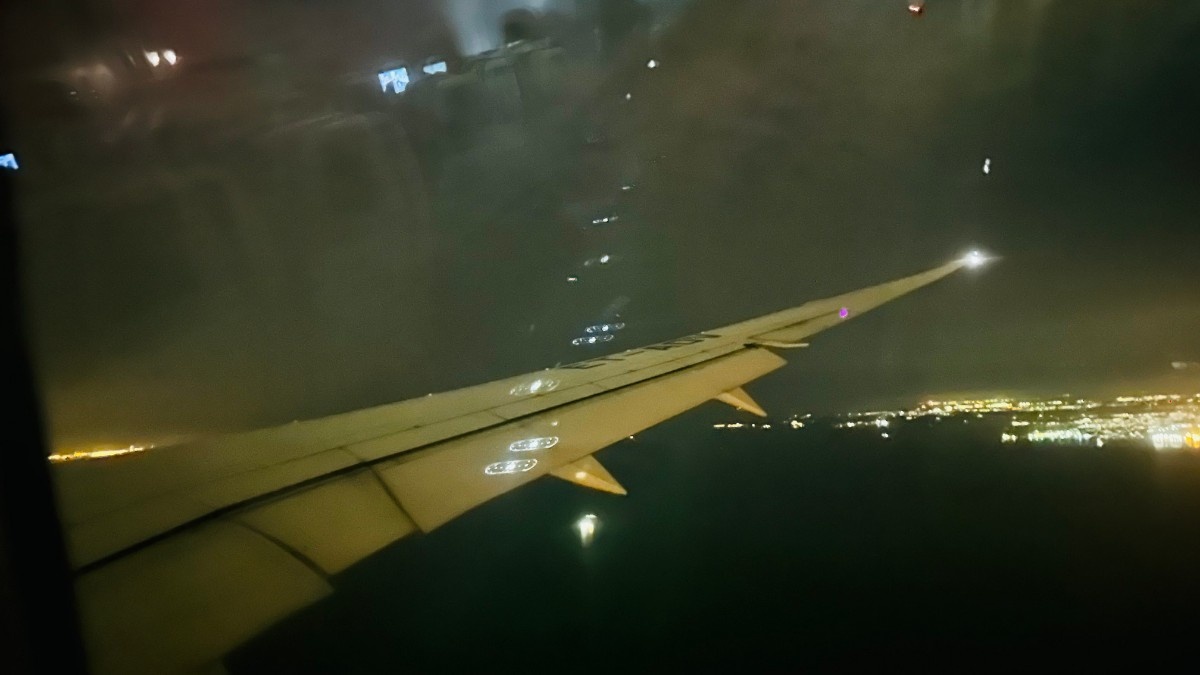
Among those parked at Terminal 1 were one of countless Emirates A380s (A6-EUR as EK352) and a Philippine Airlines A321neo (RP-C9905 as PR509) — neither of which are likely to ever join an alliance, the former at least of its own accord.
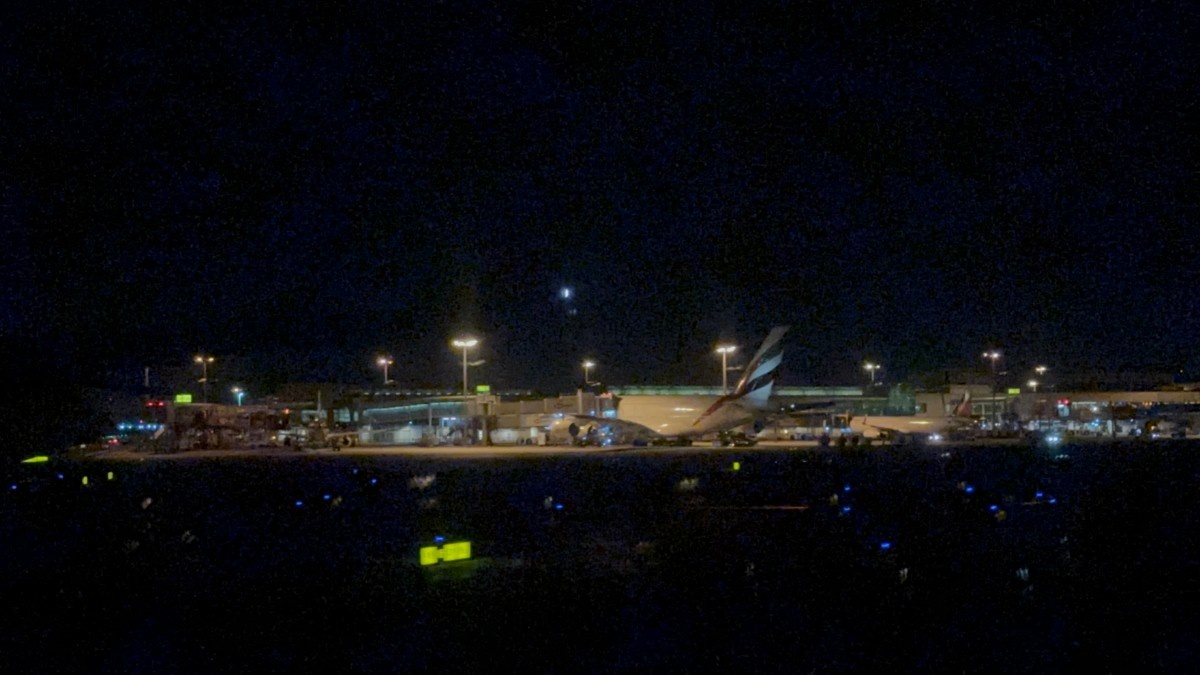
Just after us landed another Filipino jet, this time a Cebu Pacific A320neo — RP-C3281 as 5J803 from Manila — mere minutes after sister-ship RP-C4107 as 5J547 from the airline’s namesake city. This sunny archipelago has had only three airlines for the longest time: flag carrier PAL, homegrown low-cost operator Cebu Pacific and the local arm of AirAsia, with others like Pan Pacific Airlines being only a flash in the pan (pun!).
Off-topic: India is arguably moving towards such a system, with one full-service carrier (Air India after the Vistara merger) and two main low-cost carriers (IndiGo and probably Akasa Air, aside from Air India Express following its merger with AirAsia India) not counting regional airlines — assuming SpiceJet doesn’t last long and Jet Airways and Go First don’t stage a comeback. However, IndiGo is far too huge a goliath, as it’s much bigger than the others combined, unlike in the Philippines where Cebu Pacific, its A330neos notwithstanding, isn’t much bigger than PAL in terms of fleet size.
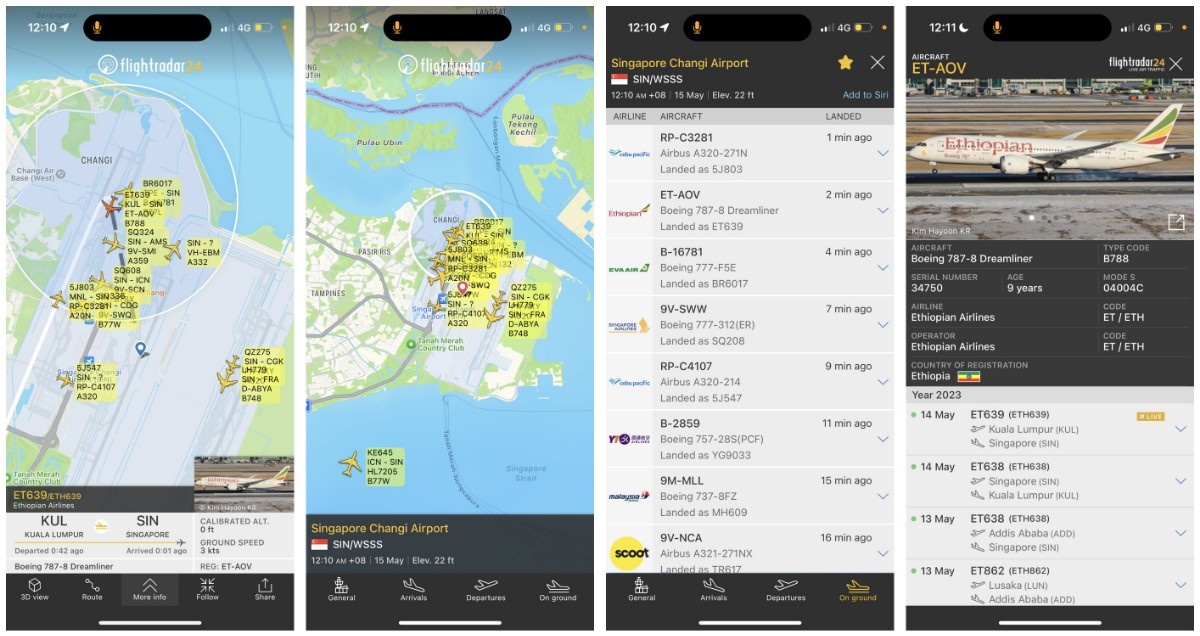
Some more fun arrivals at half-past twelve amid all the blue/gold and yellow 9Vs, and below I’ll talk about the other two alliances, seeing as the birthday of the biggest one had just elapsed.
SkyTeam: 777-300ERs from Seoul/Incheon (HL7705) and Denpasar (PH-BVK — my next airline and destination!), 737s from Jakarta (PK-GFF) and Xiamen (B-5791)* and an aging A330-300 from Taipei (B-18310). Former member China Southern had also sent its A321neo B-1091.*
Oneworld: An A380 from Sydney (VH-OQG), two aircraft from Narita — a 767-300ER (JA618J) and a 787-8 (JA827J of subsidiary ZIPAIR Tokyo), a pair of A350-900s from Hong Kong (B-LRM) and Doha (A7-AMG), a 787-9 from Heathrow (G-ZBKL) and another one from Hong Kong, a 777-300ER (B-KPY) this time.
*Those registrations make me freeze: simply replace that 5 with a 1 or that 0 with a 7, and you get B-1791, the ill-fated 737-800 of the other Chinese airline in SkyTeam — China Eastern — that went down in 2022, with all aboard perishing, much like on Ethiopian’s ET-AVJ three years before.
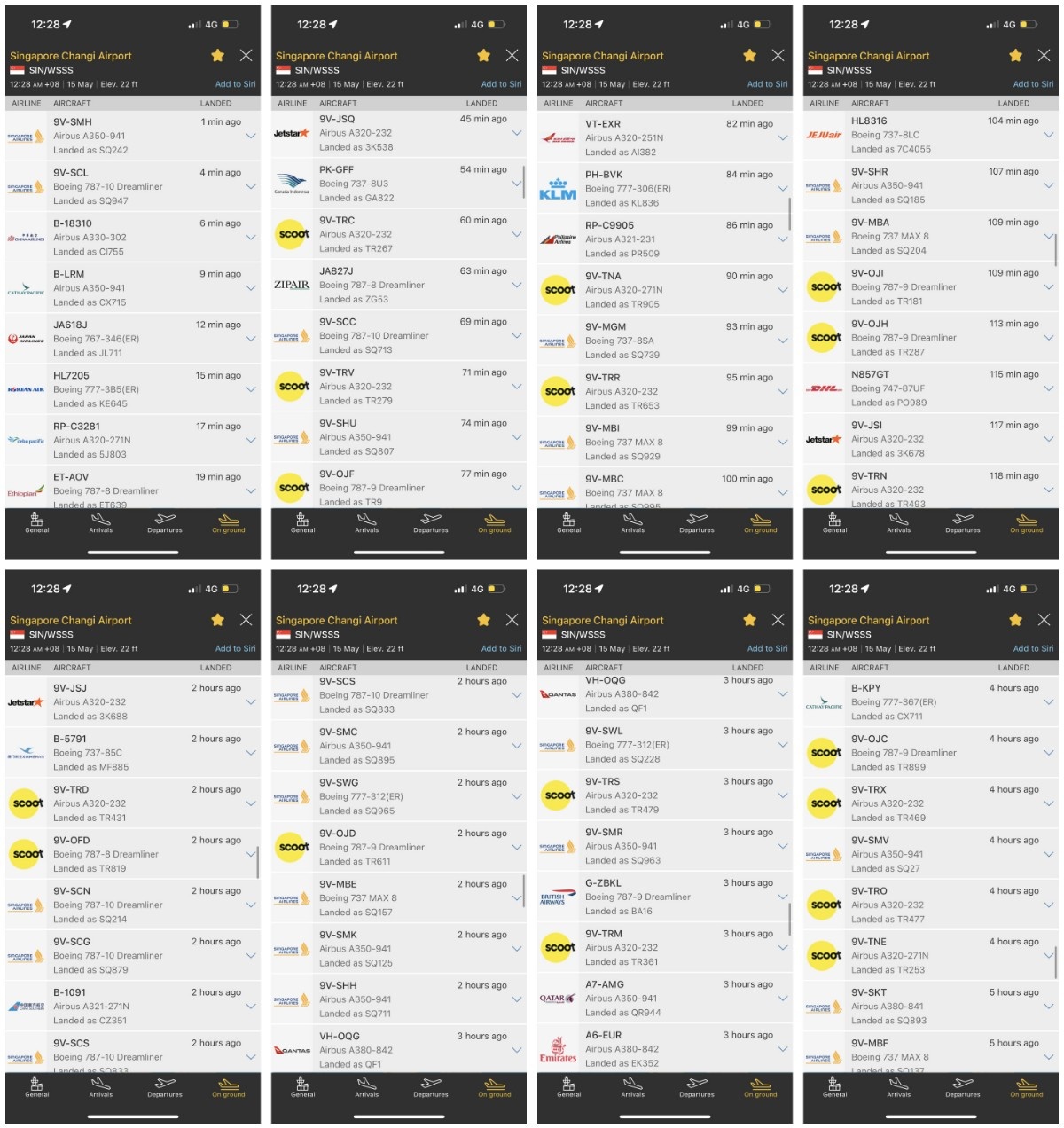
Now we neared the bridge that overlooks the entrance to Changi, with the green sign at the bottom right. Often, as you drive past, you’ll find a Singapore Airlines A350 or 787 being towed directly above you on this very bridge.
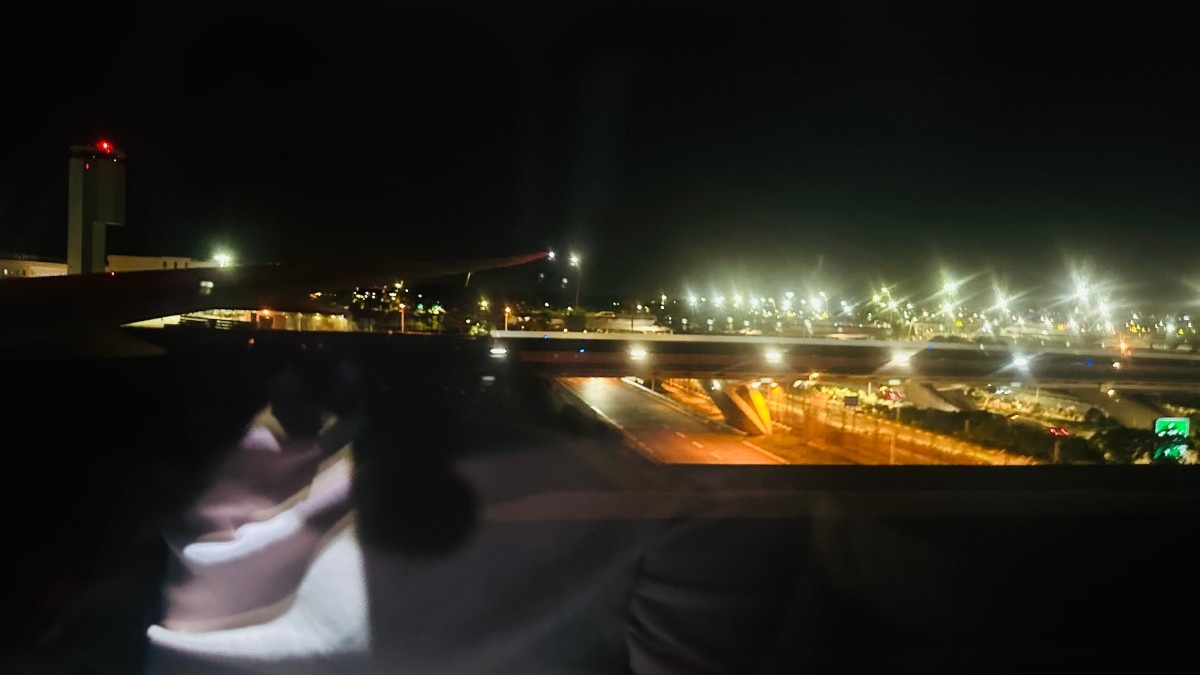
We drove past Terminal 4, where low-cost carriers like AirAsia, VietJetAir, Cebu Pacific and South Korea’s Jeju Air — whose 737-800, HL8316 (7C4055 from Busan), I unsuccessfully tried to capture below) — have established their base.
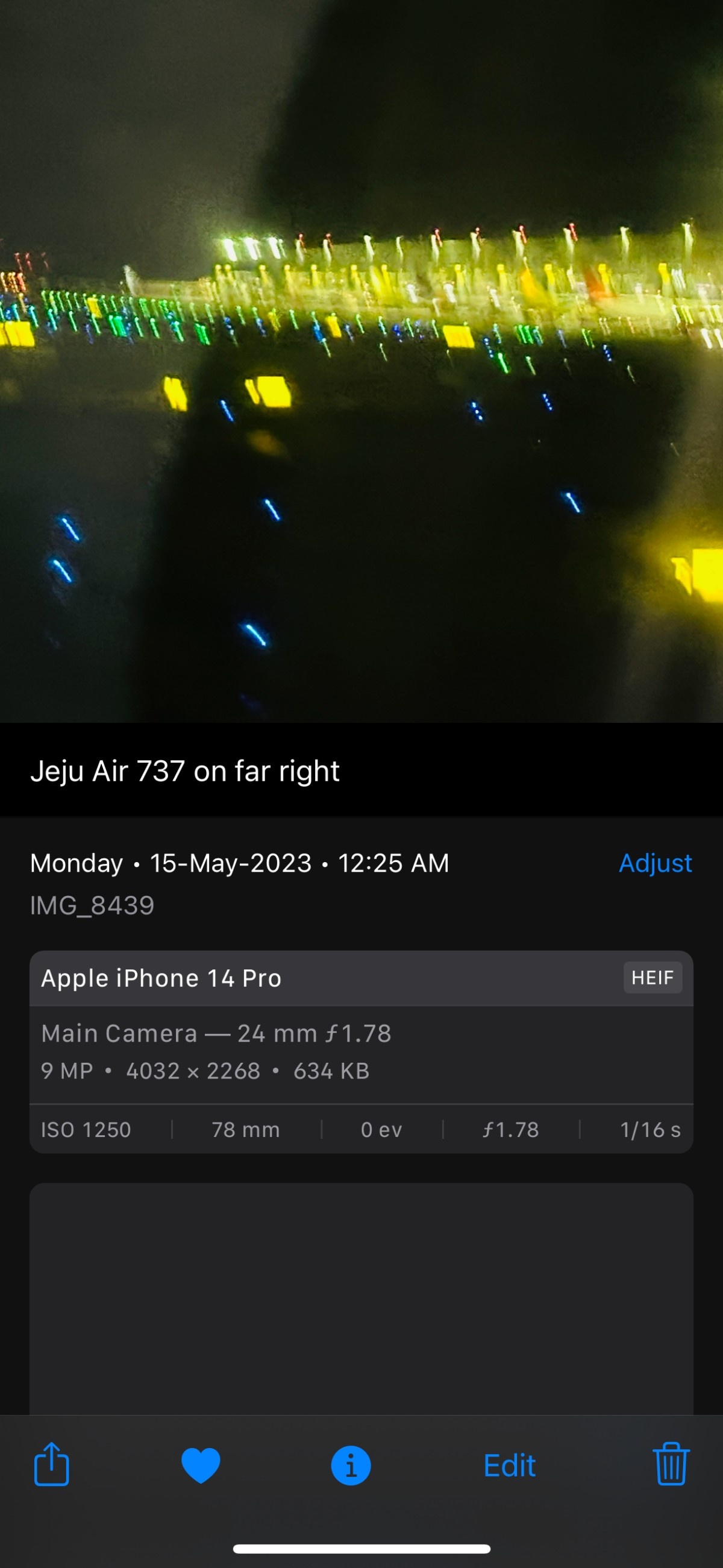
Eventually we parked next to 9V-MGM, one of seven 737-800s left at Singapore Airlines, and I bet travellers are counting down the seconds to see the last of these ill-equipped sharp-nosed narrowbodies beat a hasty retreat from the fleet. These ex-SilkAir birds, with their recliner seats and no seatback IFE or Wi-Fi, have always been a misfit for one of the biggest bywords in luxurious travel globally.
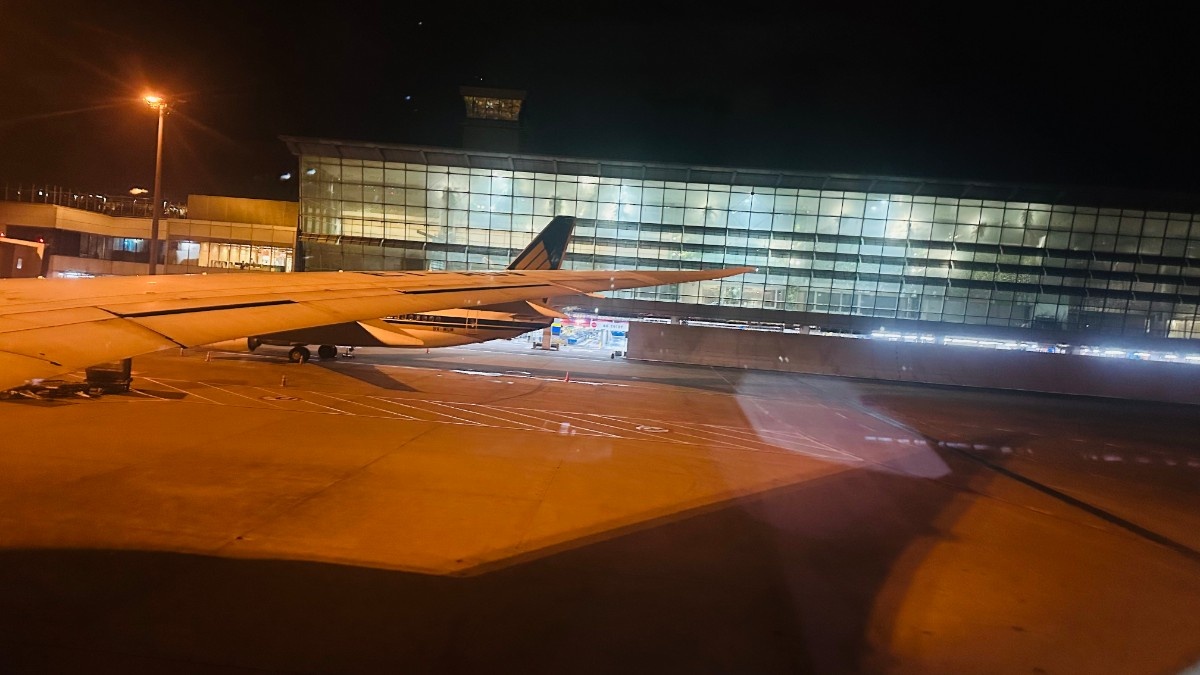
And now it was time to show my gratitude to the hardworking crew of Africa’s largest and — at least in terms of its seating design, but also its eco-initiatives — greenest airline. Few would have imagined that a continent that thus far lacked a strong global force in aviation now has exactly such a superconnector — that too from one of its poorest and most teeming countries, one that is always riven with strife, as the ongoing Tigray conflict shows.
Ethiopian Airlines has done a phenomenal job in raising aviation standards across Africa and the world, and it is living proof that it is very much possible to have such a success story under efficient management (even if under the government) free of heavy-handedness and corruption. (All crewmembers’ signatures are a bit further down.)
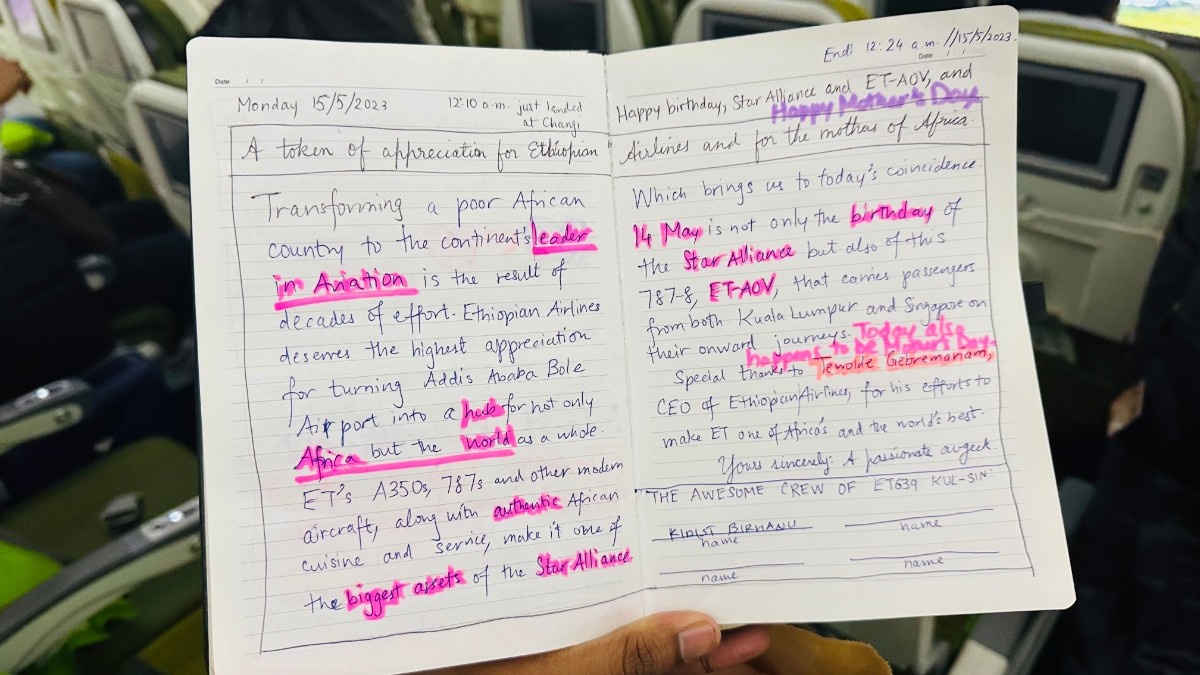
As is customary, below I posed for a picture with a couple of ‘Ethiopian girls’ and handed them a couple of Stabilo highlighters — I always seem to have too many of them in my pencil-box — as a keepsake. I told them that I’d upload this report on this website in a few months’ time (not that they’d remember!) and thanked them profusely. It was clear that the young women were only too happy to have an enthusiastic passenger like me fly with them, in fact specifically seeking out an exotic African option amidst all the 9Vs and 9Ms on one of the busiest routes in the world.
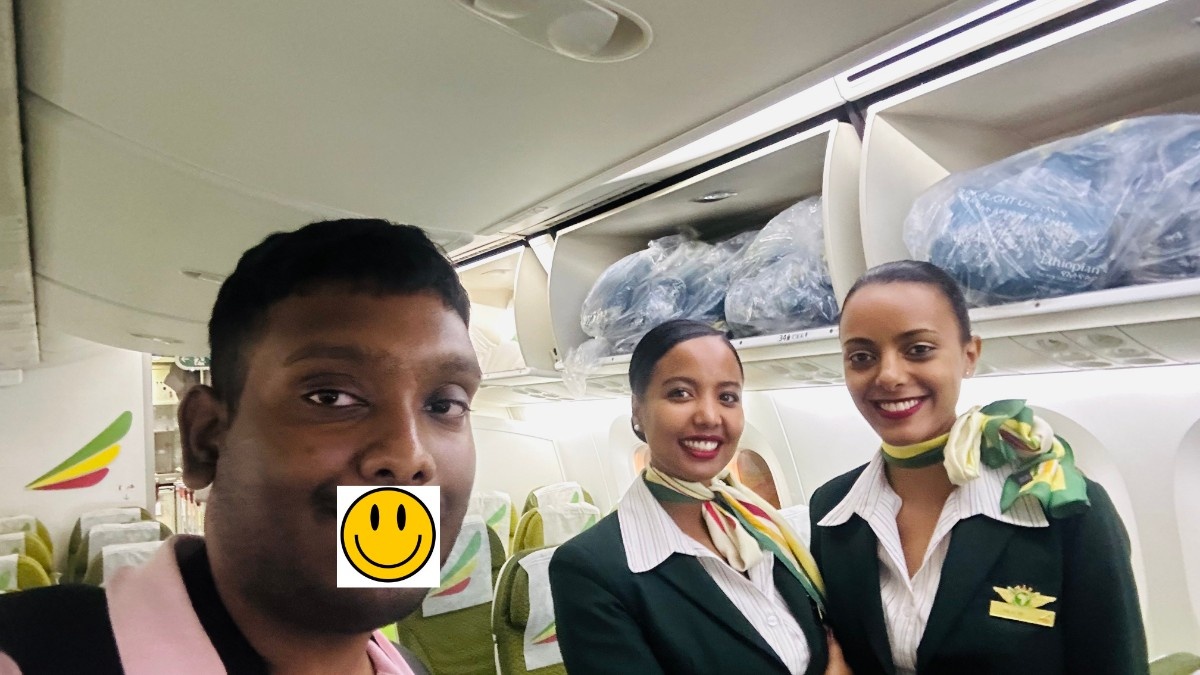
At last I was out of the white doorway of Taj Mahal, and I wished the lead flight attendant a safe journey back to Addis Ababa and beyond, as she smiled me onwards.
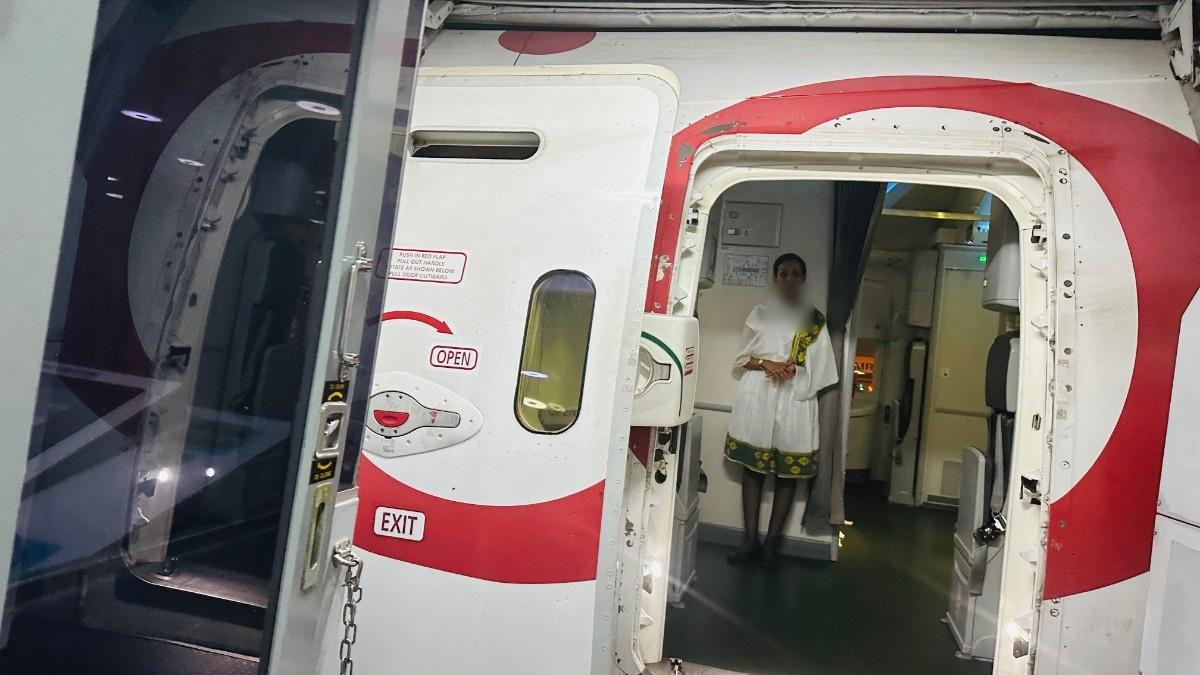
For those who needed a reminder exactly what they were flying on (when it was new to the world, and to Africa specifically)…
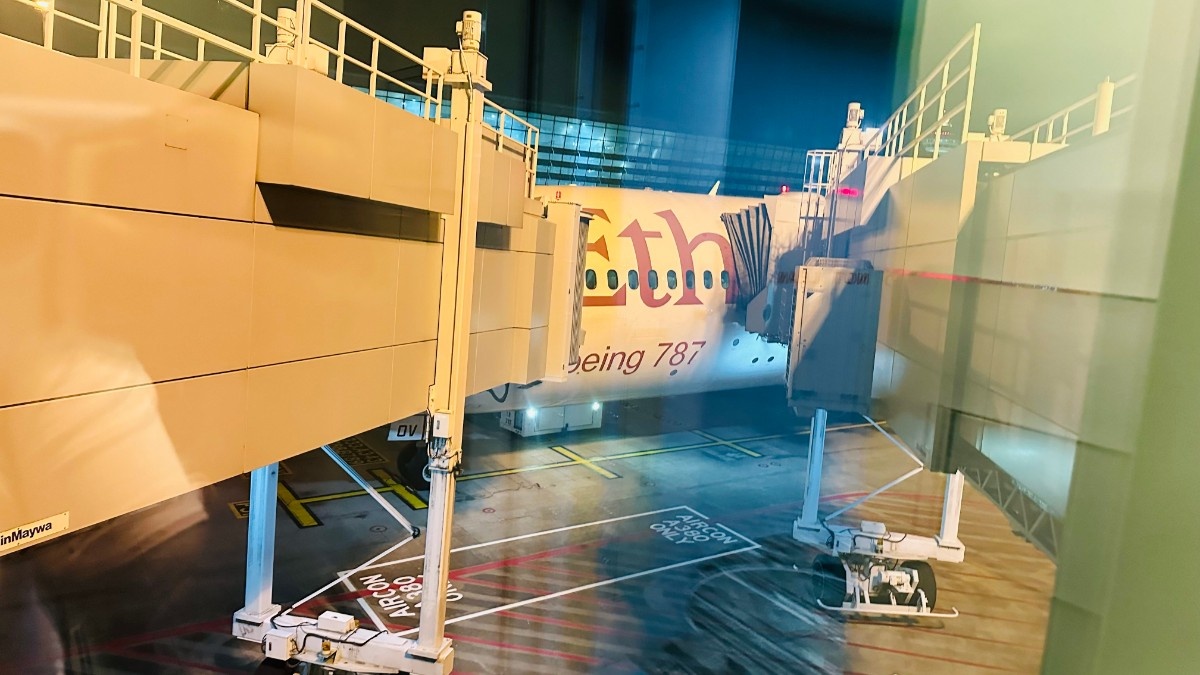
All passengers — whether alighting at SIN or continuing to ADD — had to get off the aircraft, and those who’d go back on lined up for the security screening at the gate.
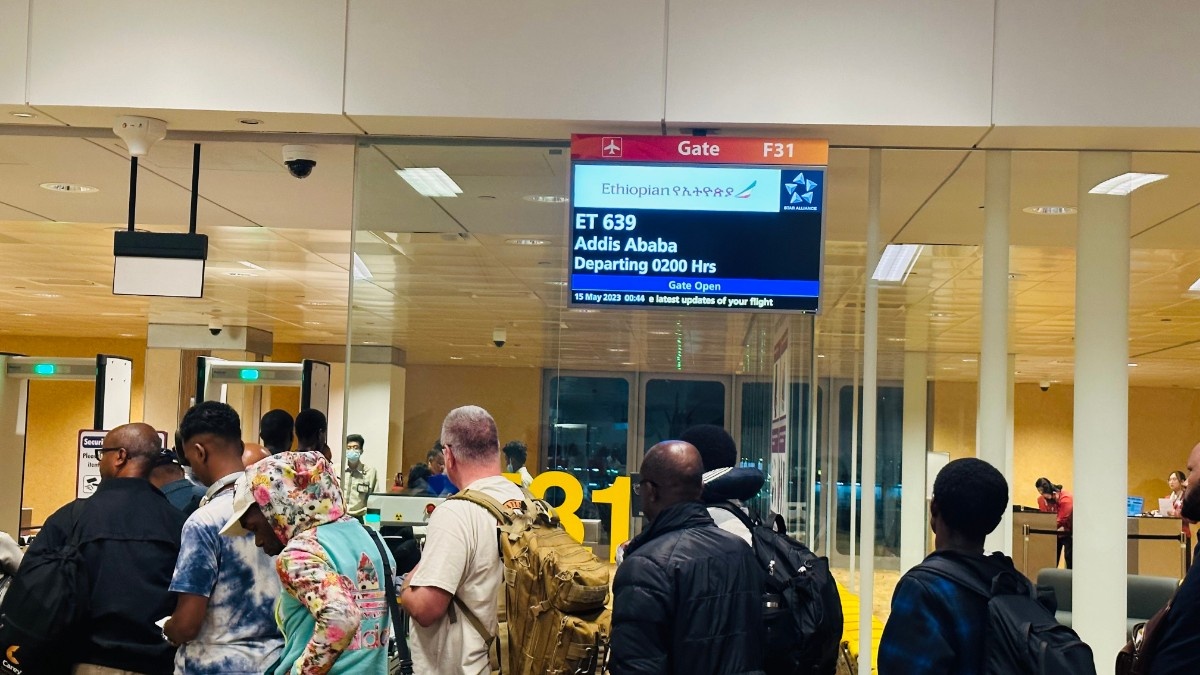
Here, in the midst of the travellators of Terminal 2, I properly took a picture of the cabin crew’s signatures. I leave it to you to deduce the names of each of the girls!
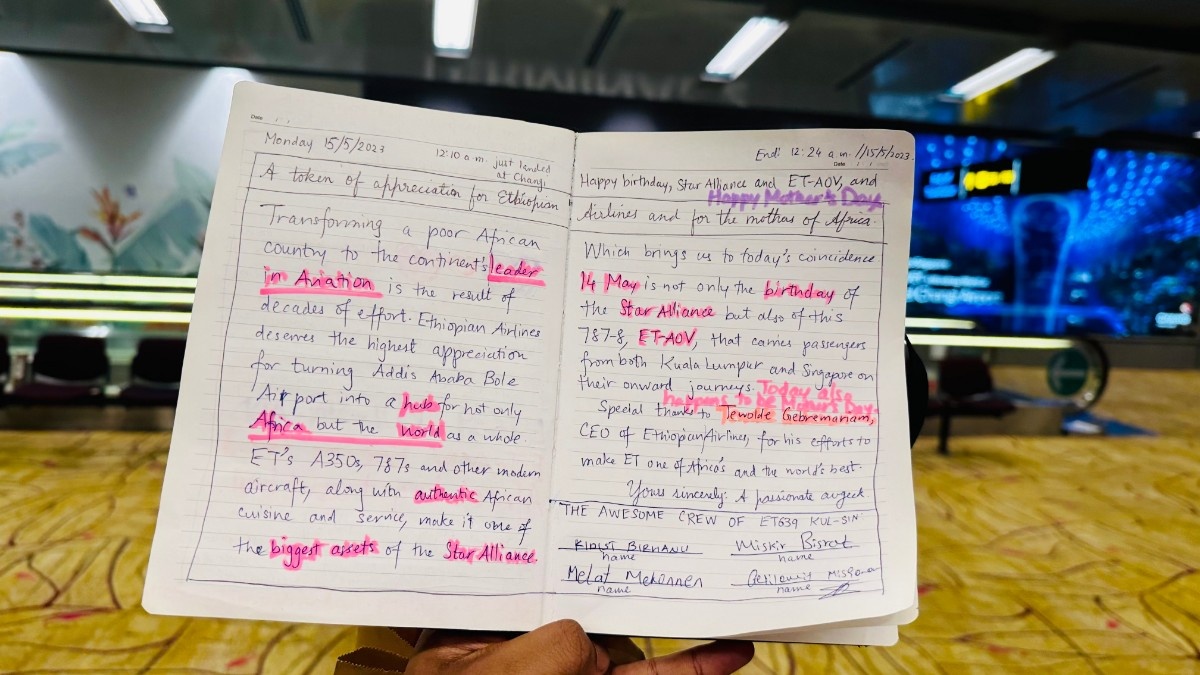
Changi’s otherworldliness hits you the most in T2, the most recently renovated (and largest) of the lot, with its mystical carpeting — not to mention the HSBC advertising above which matches the luxurious surrounds.
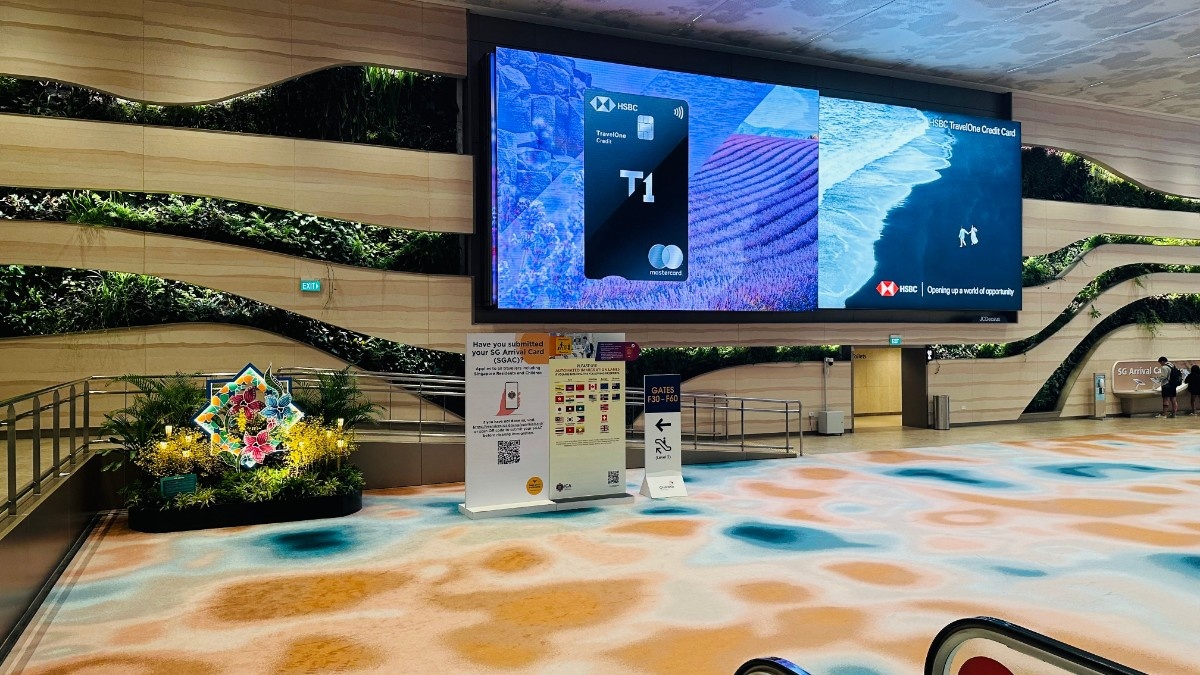
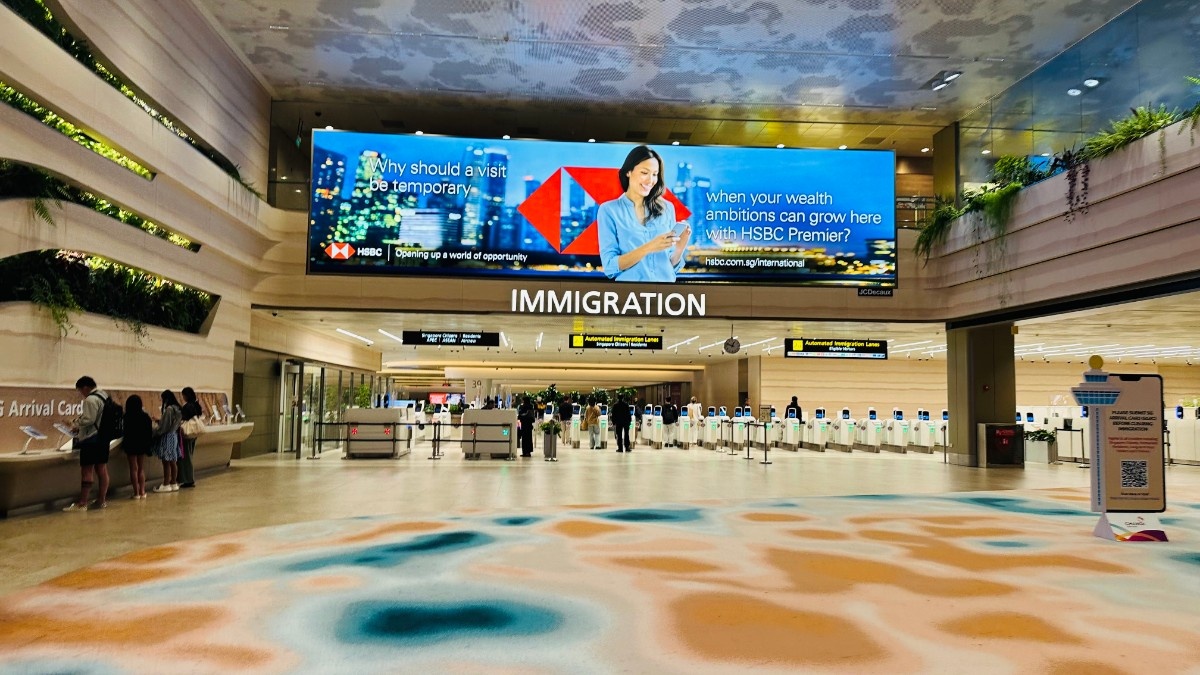
Besides ours, another arrival at this time was SQ947 from Denpasar, the next city I’d be headed to — but not on the Star Alliance. (Speaking of SAS, it’s always had a very limited Asian route network, serving only Tokyo Narita and Shanghai Pudong currently — though it will make a return to Bangkok after a decade this winter, but most definitely not Changi, not when SQ serves Copenhagen. Quite unlike Finnair, which made merry on its Asian routes until the closure of Russian airspace and the prolonged lockdowns in China drove it to desperation and other revenue streams.)
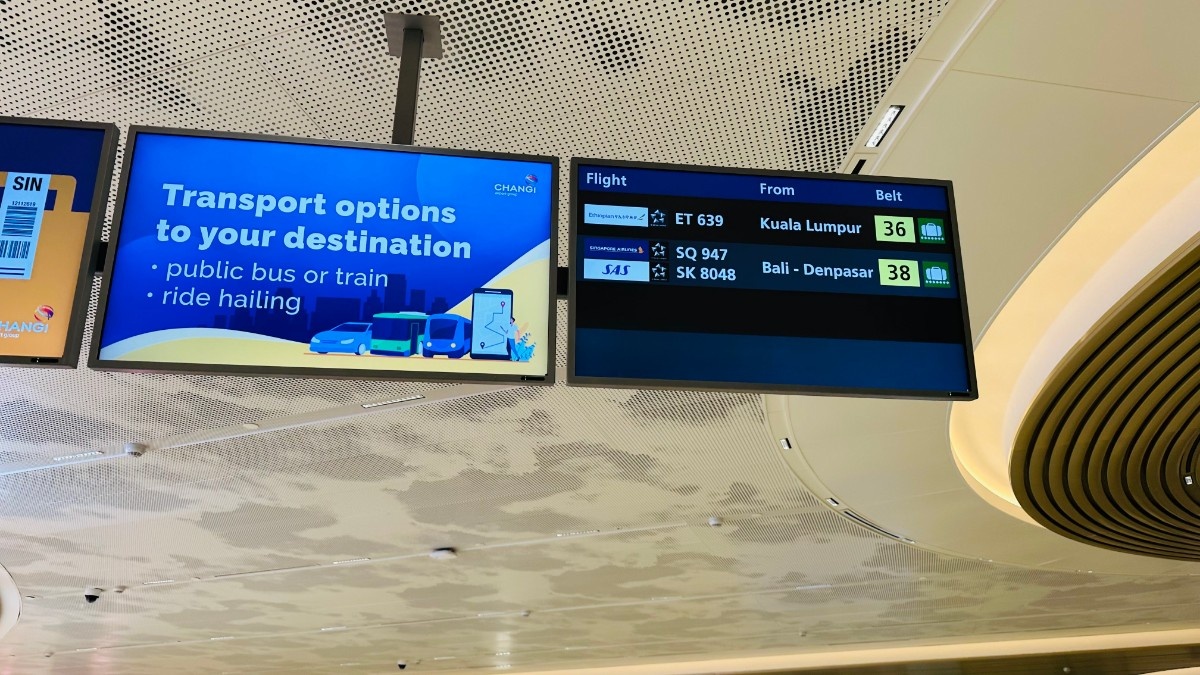
Must I repeat how ridiculously splendid Terminal 2 has become after completely being turned out from head to toe?!

At half-past midnight it’s ET639 from Kuala Lumpur; at two in the afternoon instead, it’s ET638 from Addis Ababa. Either way, I’m thankful to Ethiopian for having so many exotic fifth-freedom routes in East Asia, also including Bangkok–Jakarta, Bangkok–Hong Kong, Hong Kong–Manila and Seoul/Incheon–Tokyo Narita.
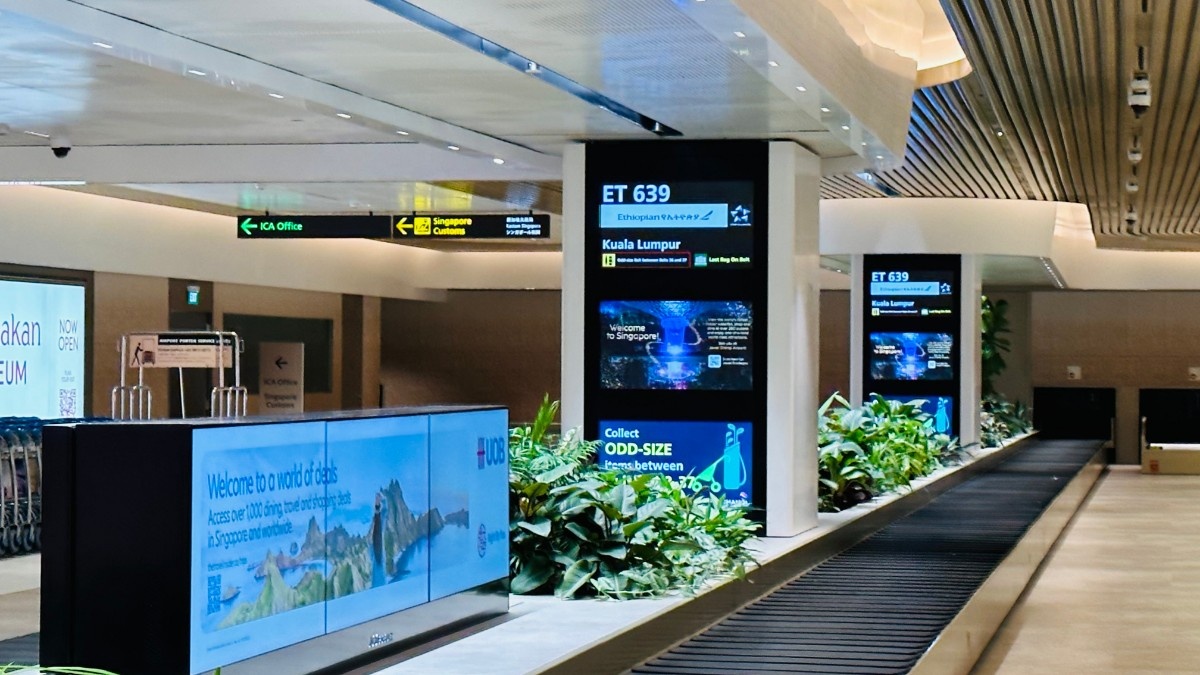
At one in the morning I staggered out, weary from the wondrous weekend, and stumbled into a rather expensive blue Hyundai Ioniq taxi.
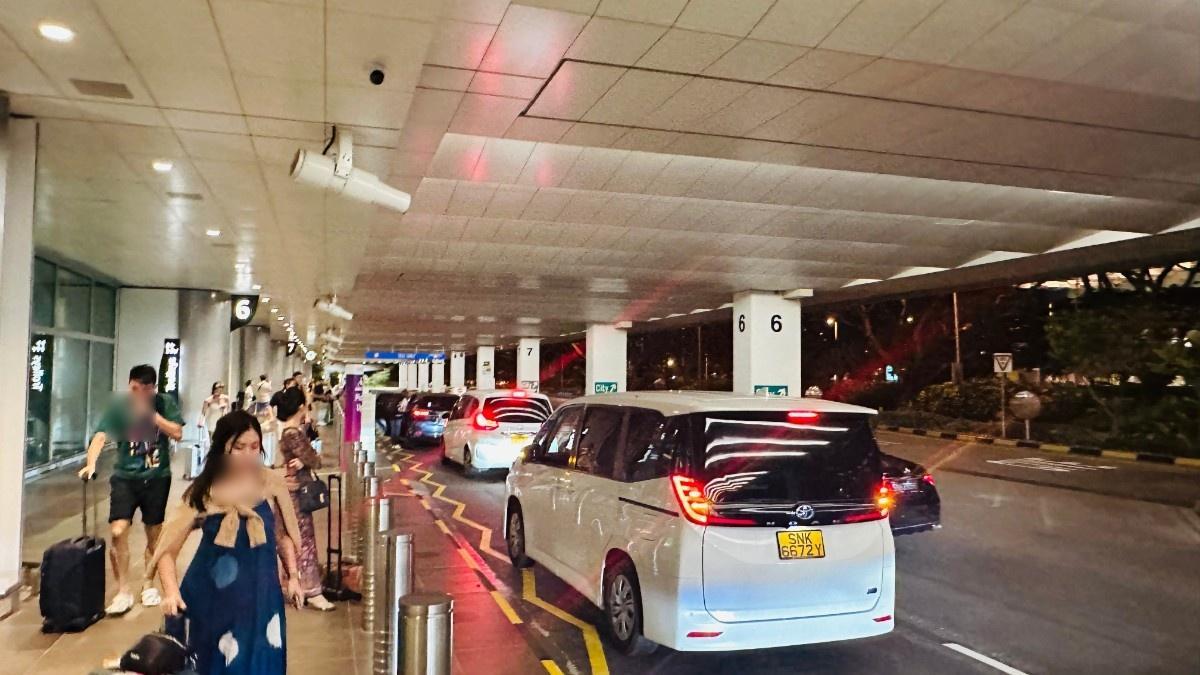
The Hyundai i40 sedan once formed the mainstay of the ComfortDelGro taxi fleet in Singapore, but they have given way to Hyundai Ioniq hybrid liftbacks.
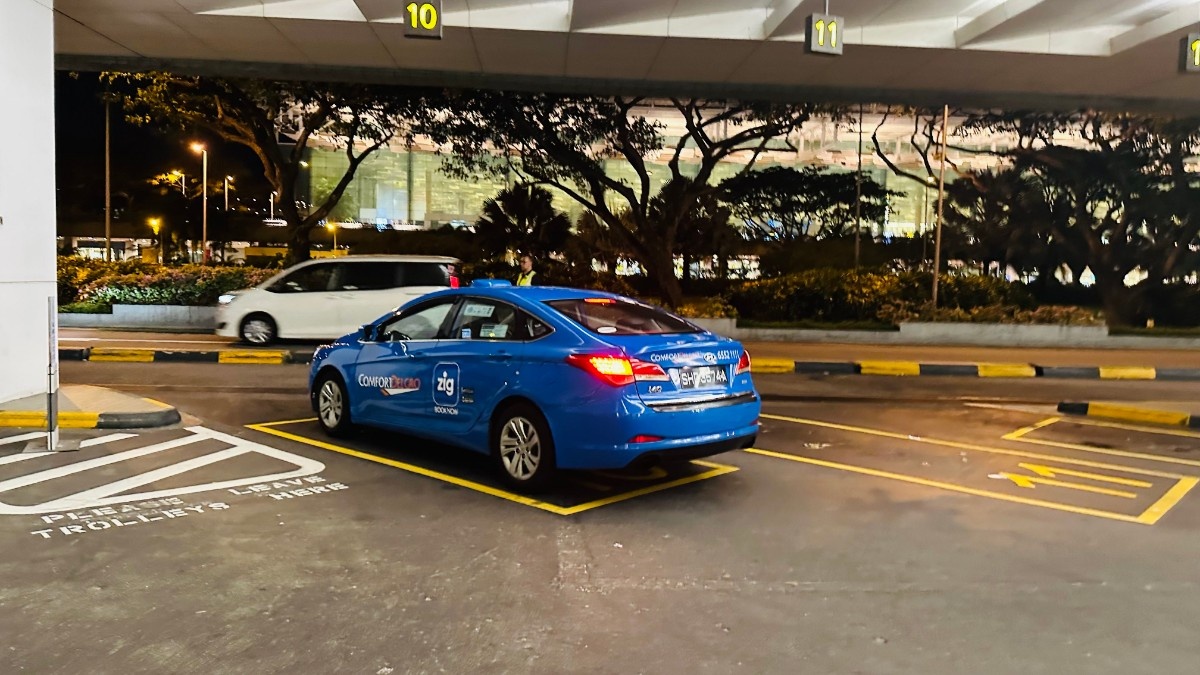
One final little takeaway from Ethiopian Airlines, other than the Selamta magazine and the Ethiopian Holidays tissue: a Fragile sticker that I specifically had to request the check-in agents for. No wonder, then, that this is one of the most breathless, jam-packed reports I’ve ever written, bursting to the brim with pictures — and even more below that big Travelling Bonus button!
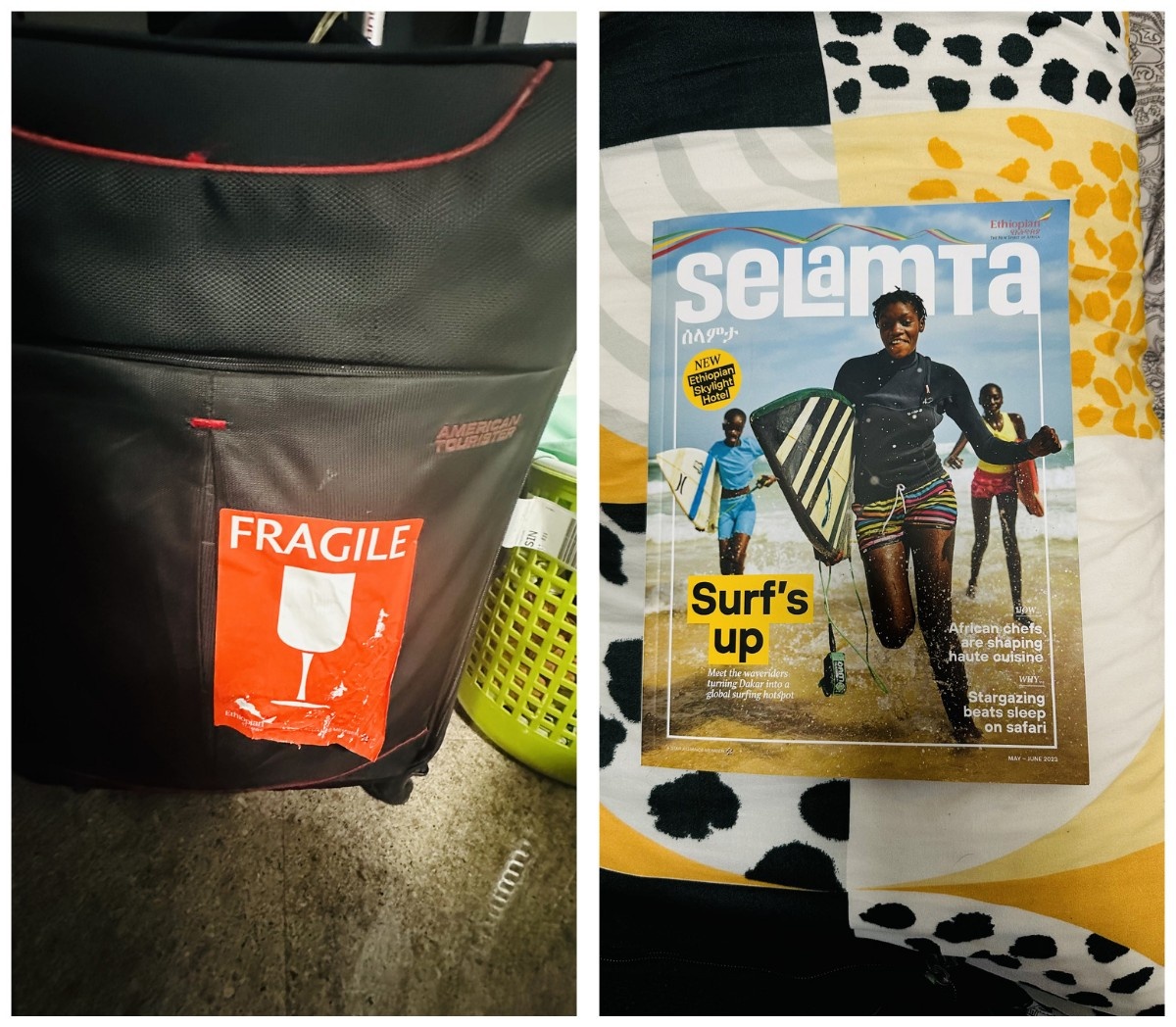
TRAVELLING BONUS
Vignettes of my weekend trip throughout Kuala Lumpur
Saturday, 13 May. My first port of call: the Meliá hotel near the Berjaya Times Square, under this pavement of parasols.
Our designer accommodation: the WOLO Bukit Bintang, overlooking the Lot 10 and Pavilion shopping plazas. Cove typically chooses hotels with an artsy, W-like vibe, and the same was the case early in September with the ARTOTEL Batam, which had the most sumptuous breakfast spread I’ve ever had — particularly the dessert and juice islands.
Lunch at Madam Kwan’s, a traditional Malaysian restaurant in the Pavilion mall, one of the city’s most renowned luxury shopping destinations. Remove all but the last three letters and you have ION, one of the most common suffixes in the English language, and also the name of its Singaporean equivalent on Orchard Road: a byword in luxury all over the world.
The twin-sharing room at the WOLO Bukit Bintang: each room was assigned to two people, and I shared mine with a fellow Indian.
A rain-drenched evening at KL Tower, including an unexpected rendezvous with a monkey hopping among the trash cans, as a little girl watched on, transfixed, followed by a crowd of sorts gathering to see the primate’s antics.
Atop the KL Tower: some of the most brilliant cityscapes I have ever had the pleasure of seeing, bettered only by At the Top at Burj Khalifa in Dubai, which is far too extraordinary. The soft sunset tint added to the radiance of these photos, which enabled me to see just about everything in Klang Valley bar the far-flung airport.
Next up was dinner and drinks (completely on the house) at Marini’s on 57, a partly-open-air rooftop bar overlooking the iconic Petronas Twin Towers, that legendary symbol of KL. Even at seven in the evening there was quite the glow from the setting sun, and people — including many Westerners — dined, drank and made merry at altitude.
No better place in the city to get high — both metaphorically and literally — than right next door to the Twin Towers, with all of the city at your feet. I really am thankful to the Cove organisers for arranging this exclusive visit to an otherwise hard-to-get, happening party destination in KL that I would never (as a non-drinker) have dreamt of visiting myself.
When the sun went down, the spirits went up, glasses clinked and tongues wagged in merriment. The purple-and-red lighting (à la Virgin Australia/America) took over the night sky, and we stayed on for a couple of hours before making our exit at 9. (At Batam, the equivalent was the Golden Tiger nightclub, which has branches in other Indonesian cities like Jakarta, Makassar and Semarang with a roster of DJs at each place. Personally not my taste: I, being an introvert and a teetotaller, would rather curl up in bed and type out these reports than dance with gay abandon with all the world’s tequila shots in my system. But it did seem to be popular among locals and Singaporeans alike, and it was a big sell in Cove’s itinerary.)
You don’t mention the glitter of the Petronas Twin Towers without the expanse of the Suria KLCC mall beneath and the adjoining fountains, which are to KL as the Burj Khalifa and The Dubai Mall are to Dubai. Skyscrapers, lights, glamour and glitter made up much of my photo gallery for the night, and it was easily one of the most special trips I’d ever been on.
And now came the fountains in their rainbow colours, after which the tower below took on a golden hue, bringing a slice of Dubai to Southeast Asia. Take that, Merlion and Gardens by the Bay!
At close to midnight, the pangs of hunger hit, and since this wasn’t neat-and-proper Singapore — where almost every respectable eatery closes by 10 — I had no problem finding a Lebanese shawarma restaurant in the nearby Fahrenheit 88/Starhill complex with a bunch of glitzy H&Ms and Sephoras for company.
Sunday, 14 May. After I had a solo breakfast at Paris Baguette (a Korean bakery chain) at the Pavilion, our group checked out of the WOLO and left our luggage at the reception before proceeding in luxurious Hyundai Starex vans to the Batu Caves, a Hindu Tamil shrine at the far north of the city. It is marked by a massive statue of Lord Murugan, a South Indian deity, though few of us actually bothered to climb up the steps in that heat, instead preferring to lounge around in the various shops and eateries that dotted the courtyard.
More interesting was a van belonging to an Argentine family (Los Lopez × El Mundo) that roamed around the world without a stop, and uploaded their adventures to Instagram, YouTube and Facebook. Adding to the globe-trotting ecletic vibe was the fact that one of my companions held dual Australian and Hungarian citizenship — he was born in Budapest, where his family hailed from, before making the move to Melbourne — and that there were a bunch of Russian tourists at the drinks stall outside. The world really is a small place, and it’s thanks to airlines like Ethiopian that we are able to better bridge the gap than ever before!
Lunch was at Sri Nirwana Maju, a much-awarded South Indian restaurant in the Bangsar retail district, overlooking the gorgeous Bangsar Village and Bangsar Village II shopping malls. This was to start a crazy mall-hopping frenzy that lasted the next four hours or so. Who wouldn’t think that KL is a hotbed of exquisite retail outlets after coming here?
Here came the stars of the show: the towering KL Eco City overlooking the South Wing of the Mid Valley Megamall, a retail paradise so huge it boggles the mind to think of its size. (Only three days later, there was a big fire at this gargantuan shopping centre — thankfully with no major damage!)
Not to be outdone was the neighbouring The Gardens Mall, a colossus in its own right, with hundreds of tenants across all walks of the retail spectrum. If Mid Valley Megamall reminded me of The Dubai Mall, this was the spitting image of Mall of the Emirates by way of its sheer vastness.
I popped into TOY EIGHT, a playground so extraordinary — with all manner of twisting mirrors and playspaces — it simply had to be seen to be believed. Two girls were having a blast posing with their mother in front of all the mirrors, while tucked within was the Tzuka café, itself an object of elegance and opulence with the lovely decorations setting the stage from floor to ceiling.
Dear Christine’s is never too far when in Kuala Lumpur, and it remains my favourite of all the eateries I visited in the city. That the bakery overlooked a fountain and the Cititel hotel didn’t hurt either. So much so that — since I unfortunately lost the bag I brought from here this time around — it tempted me to return at the end of July to its Sunway Geo City branch, also by means of an Ethiopian Airlines flight.
Are these breathtaking, breathtaking or BREATHTAKING? The linkway between Mid Valley Megamall and KL Eco City (which houses the Rapid KL station) that overlooks the high-speed multi-lane motorway must be one of the most entrancing vantage points in all of Malaysia, if not Southeast Asia as a whole. It’s that much of a testament to the Power of Constructions. Needless to say, I will remember standing atop this linkway on that glorious Sunday at six-thirty in twilight all my life.
A final little inculsion to round out this photo-essay-slash-trip-report: AirAsia’s Santan Café, which has opened multiple outlets across Malaysia, with the one in the top being in the Mid Valley Megamall. Too bad the one in the bottom at NU Sentral (adjoining the KL Sentral station) has closed permanently, but that didn’t stop me from taking in the cosmopolitan charm of a city I will be sure to return to, time and again, as long as I breathe.
CONCLUSION
To say that this was one of the most magical weekends of my life is a tremendous understatement, and I can only be grateful for Cove’s vibrant, young community that has helped me discover Southeast Asia like I never could have dreamt of before. That said, a trip as extraordinary as this (refer the photo essay above in the Travelling Bonus section) could only have ended in an equally exotic fashion: on an African airline, the largest one at that, and the continent’s first operator of the 787-8, 787-9, A350-900 and soon A350-1000. On top of which this was a triple coincidence: the birthday of the Star Alliance, the ninth anniversary of ET-AOV (named Taj Mahal) and, above all, Mother’s Day. The flight itself did not have too much service, nor did it need to at close to midnight, but the warmth of the ‘Ethiopian girls’ I was able to feel from their attire the very second I stepped on board the ‘Cloud Nine’ cabin. ET takes pride in its green branding as much as in its expanding destinations and cabin crew, and the bright grassy green cabin was one of the nicest I’d seen in a long time, aside from SriLankan’s aquamarine blue. Above all, its Selamta magazine with its cutting-edge design, rustic African-inspired typography and highly professional articles is perhaps the best window one can get not only to Ethiopia but Africa as a whole, and it ranks as one of my favourites among those magazines left standing after the mass COVID-induced elimination of printed materials. I’m only too glad that Selamta and other such magazines like Msafiri (Kenya Airways) and Sawubona (South African Airways) haven’t bid their silent goodbyes like Open Skies, SilverKris and Oryx have done, among so many others.
KLIA — or what should rather be called Sepang International Airport, since it is too far south of anywhere near Kuala Lumpur — has cemented itself as one of my favourite airports in Southeast Asia, despite the regular failings of its infrastructure, which has caused it to lose its global top-ten rankings over the past decade. However, the KLIA main terminal will always have a corner of my avgeek heart for its sweeping tented roofs, for its epic bus ride across the tarmac, for its diverse range of airlines, for the innumerable retail outlets in the Satellite Terminal and — above all — for the model aircraft display that turns me into a kid in a candy store. For all its Louis Vuitton and Dior and Tiffany boutiques, and for all its butterfly gardens and Jewels and cinema theatres, the perennially-award-winning Changi strikes me as too cold, clinical and costly at times. I know I shouldn’t look a gift horse in the mouth, but when you’re privileged enough to live ten minutes away from the world’s best airport, you might feel just a little more charitable to others in the region. Never mind that KLIA is 50-odd km from the city: as long as you use the expressways, you’re sure to reach there in as many minutes — and if you use the KLIA Ekspres/Transit, so much the better!
Enough of gushing about Ethiopian Airlines and KLIA: next I’ll move to another fifth-freedom flight, KLM Royal Dutch Airlines’ KL835 to Denpasar’s sweet-scented I Gusti Ngurah Rai International Airport. No better way to fly to Southeast Asia’s most populous country (and the global No. 4) — the first time on this alliance at that — than on a SkyTeam-liveried 777-300ER, eh? On top of which the return on alliance partner Garuda Indonesia, via Jakarta, was on two A330-300s with special stickers of their own, accompanied by traditional folk music on landing. I’m incredibly grateful that my travels in 2023 have shaped up the way they have, and if I can have my way I will end the year (which started in Hyderabad) in Hanoi — after getting there on a third SkyTeam airline: a Vietnam Airlines A350-900. Now that I’ve got PH-BVD, it’s your turn, VN-A897!

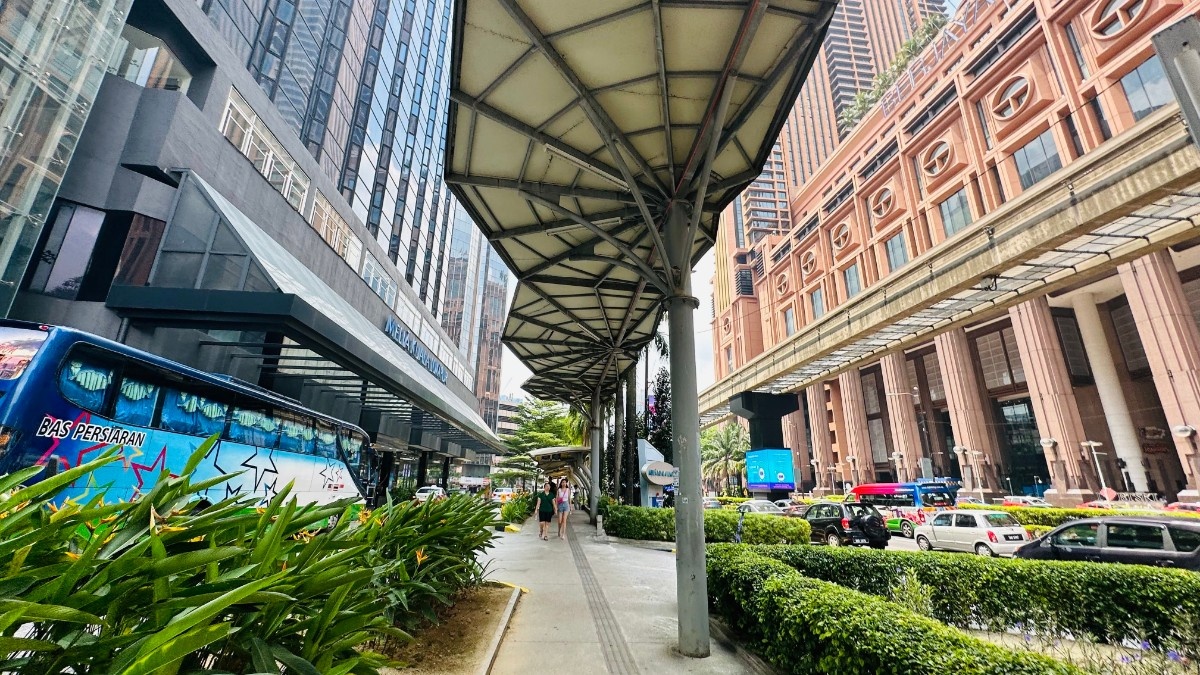
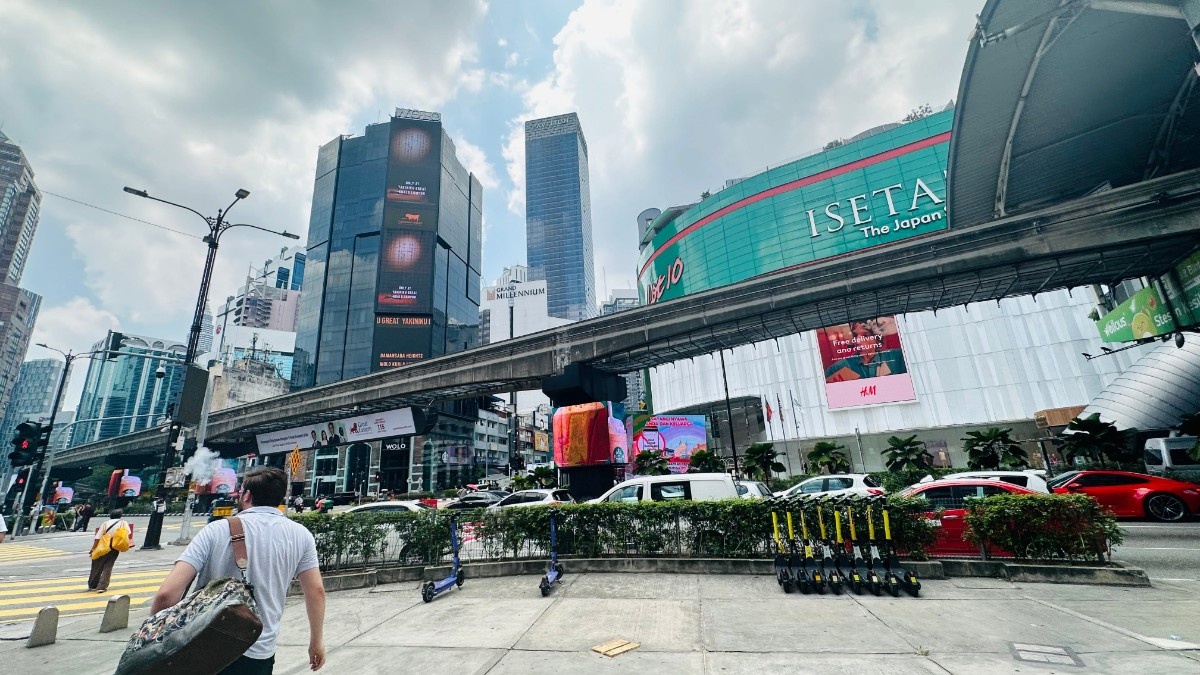
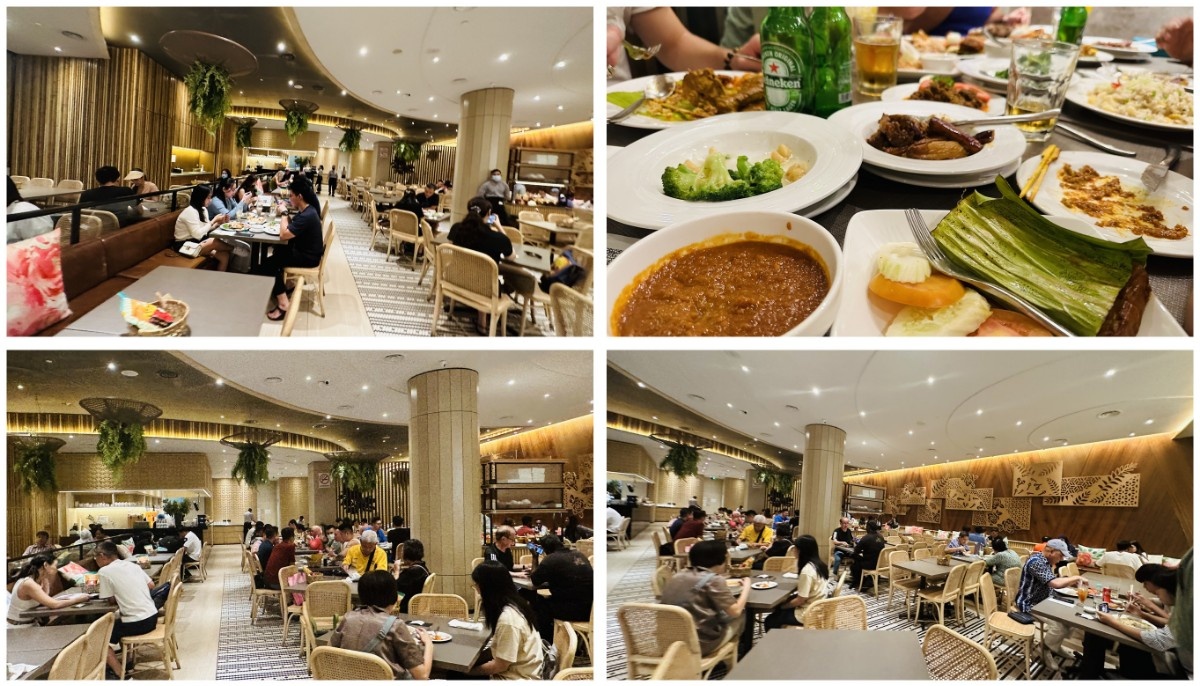

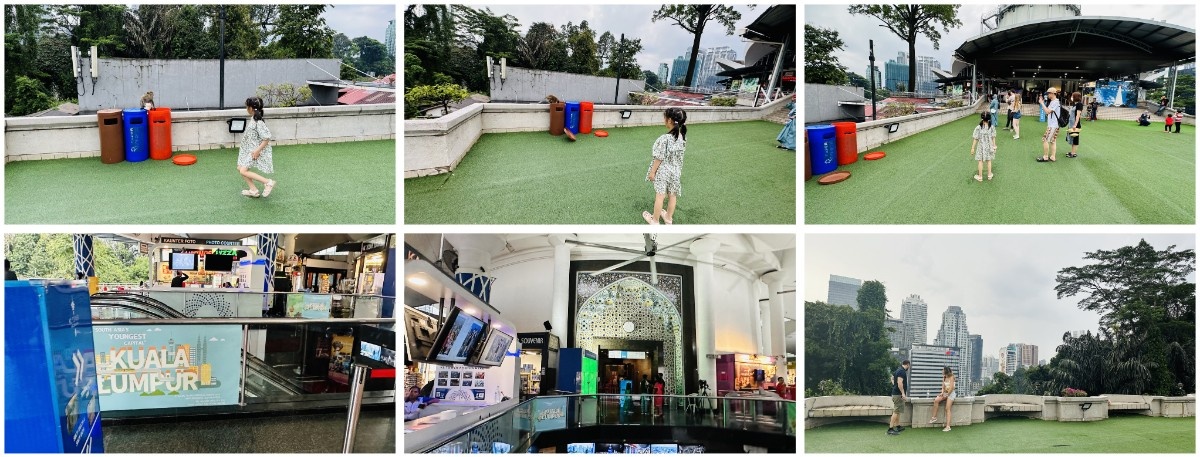
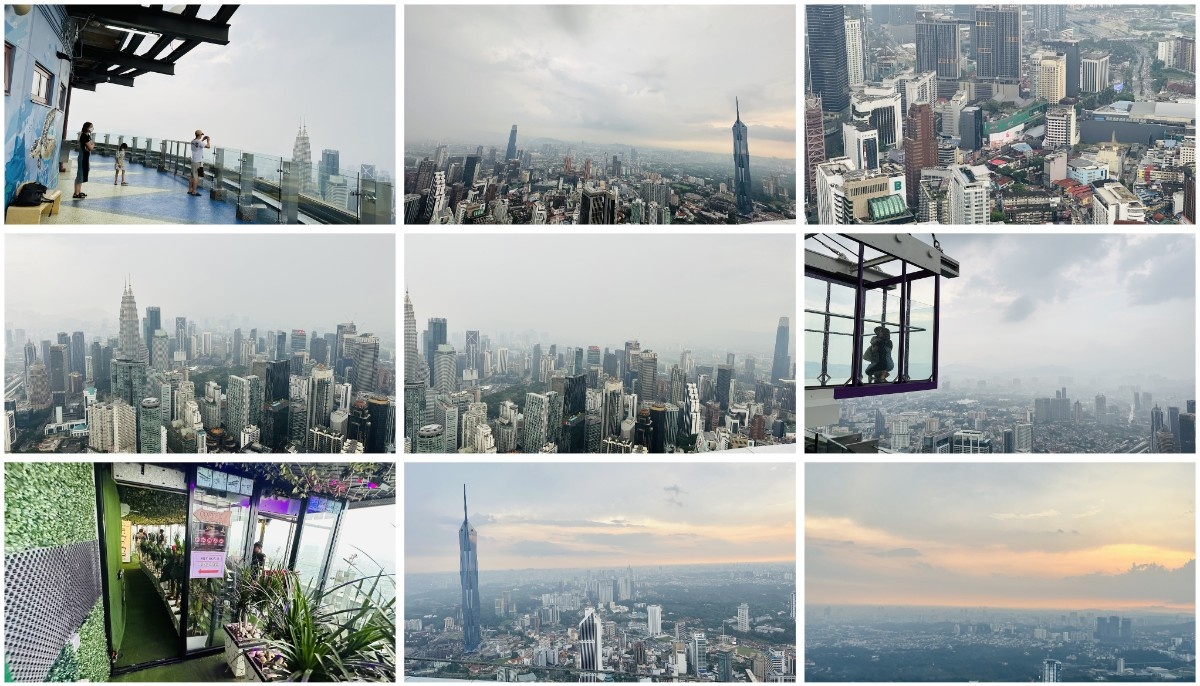
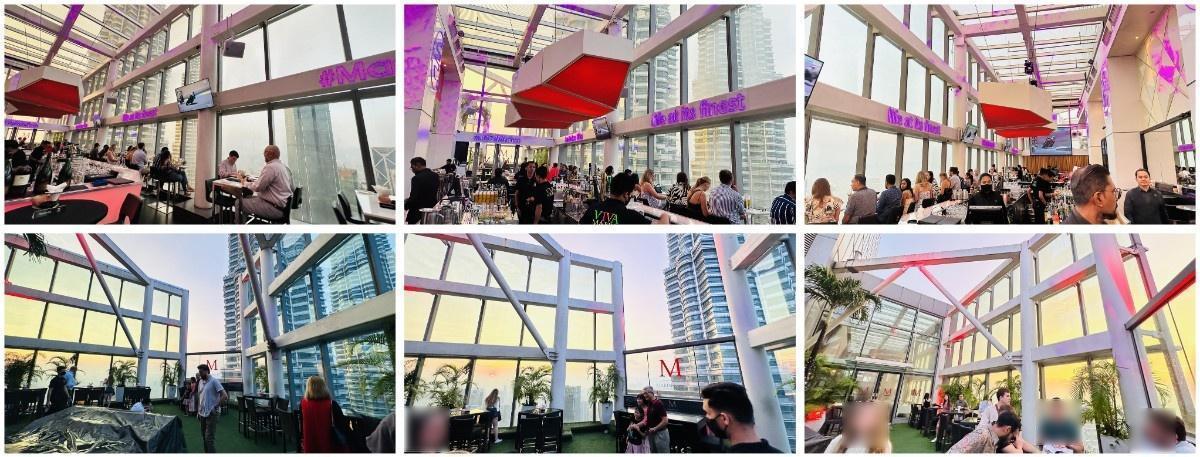
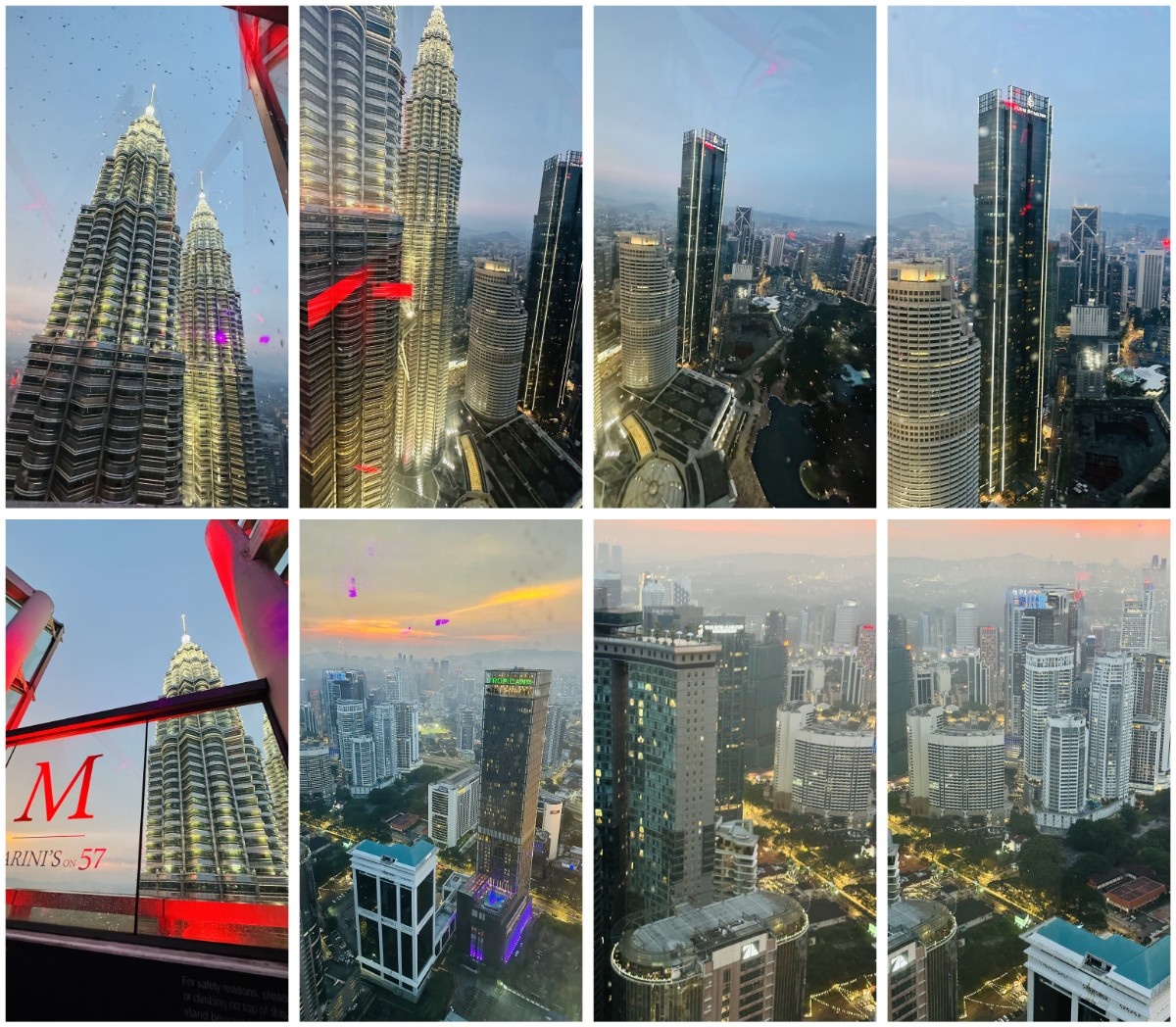
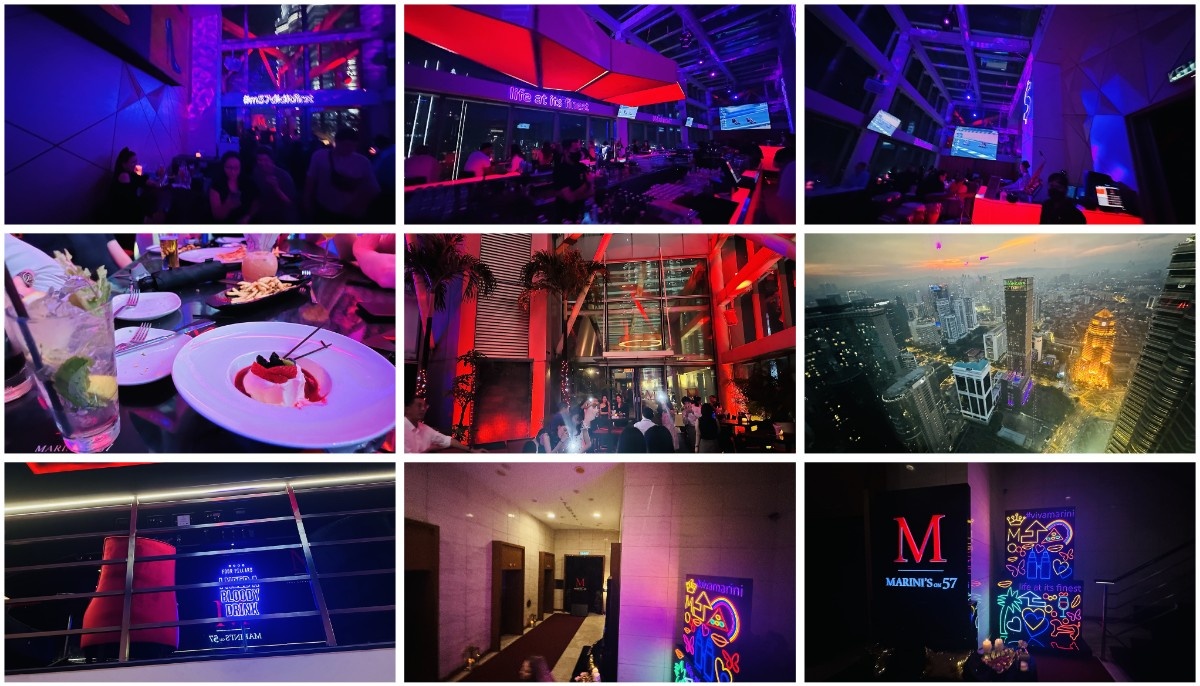
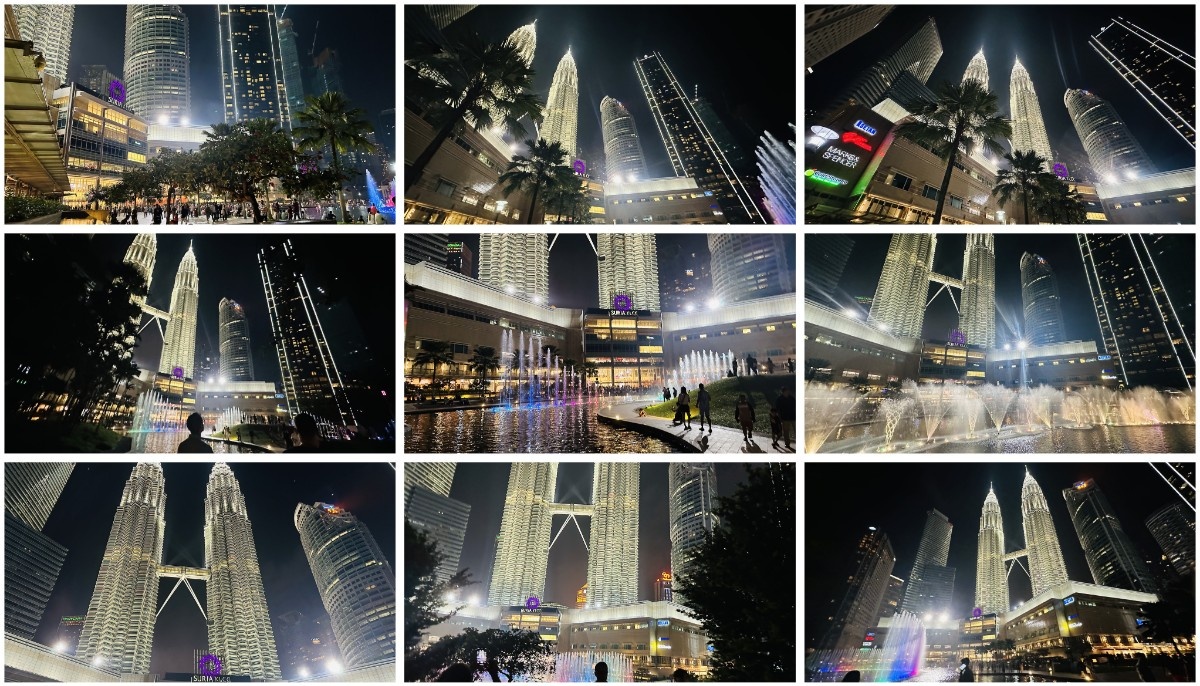
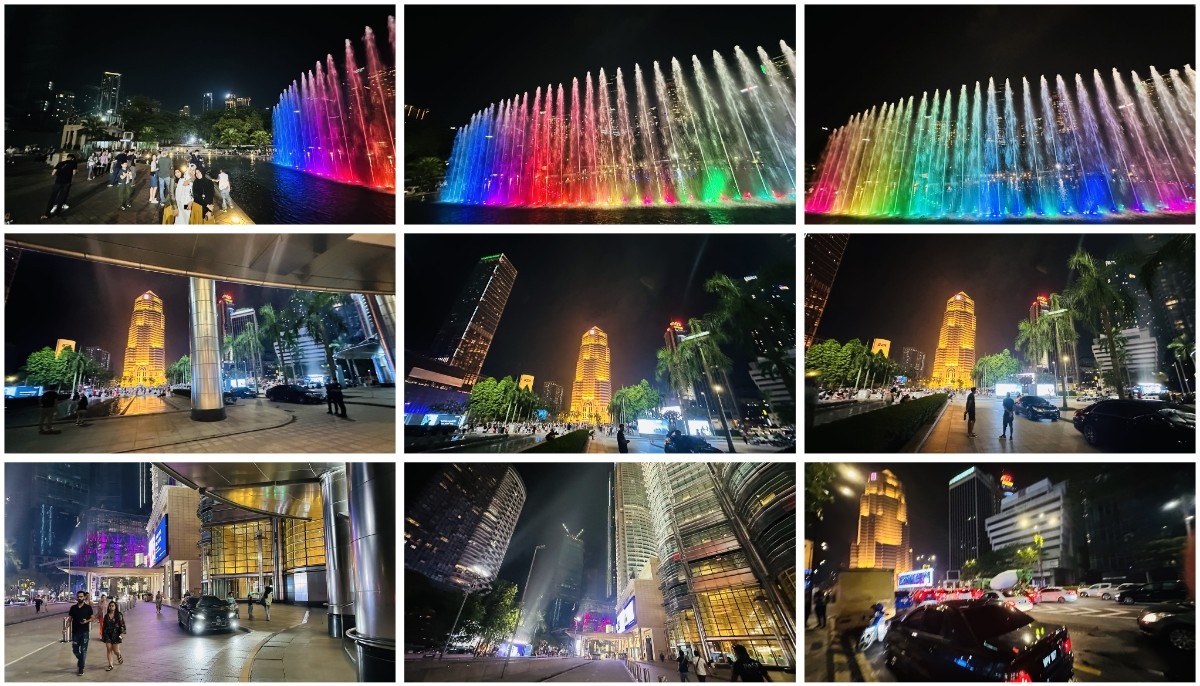
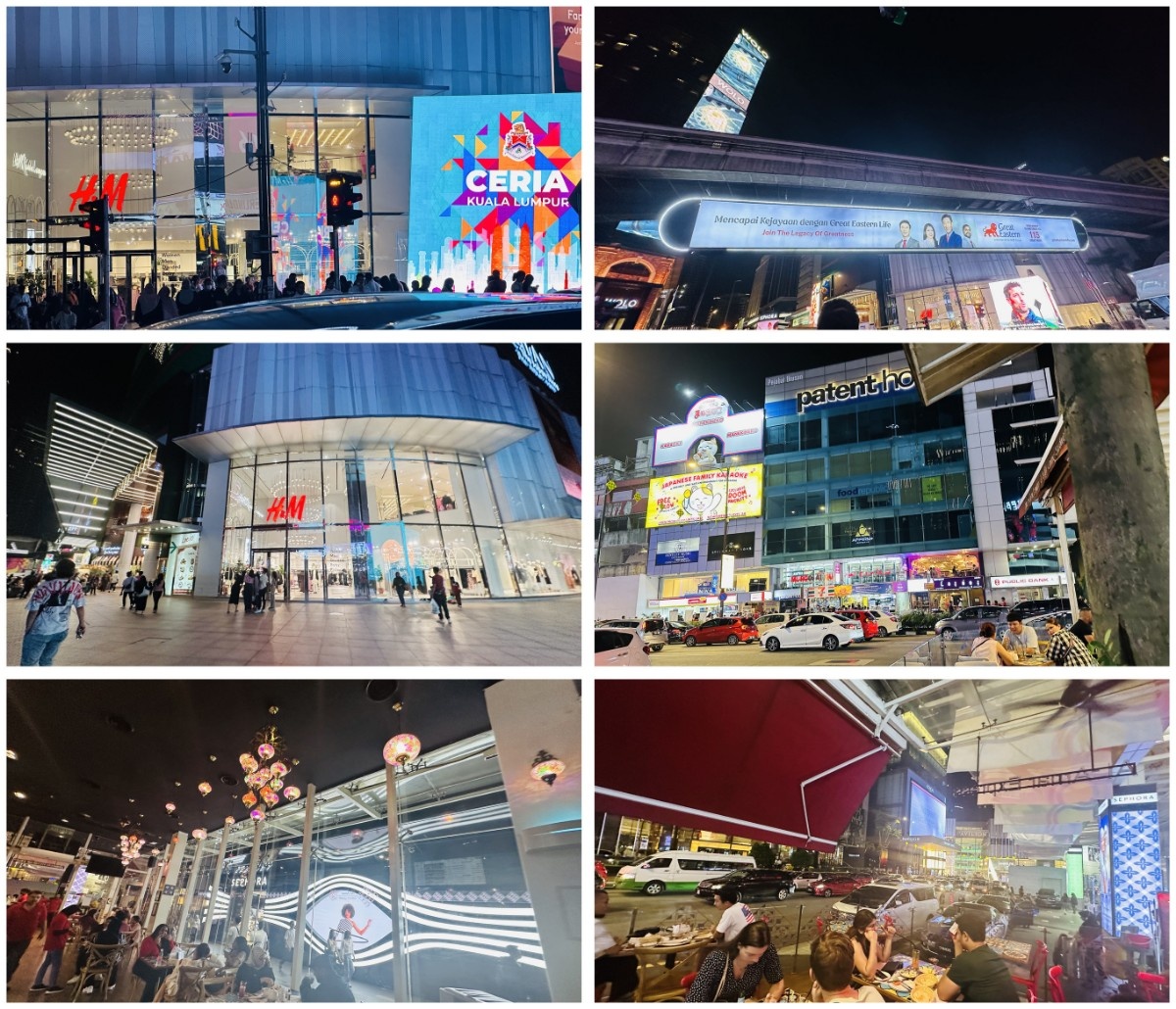

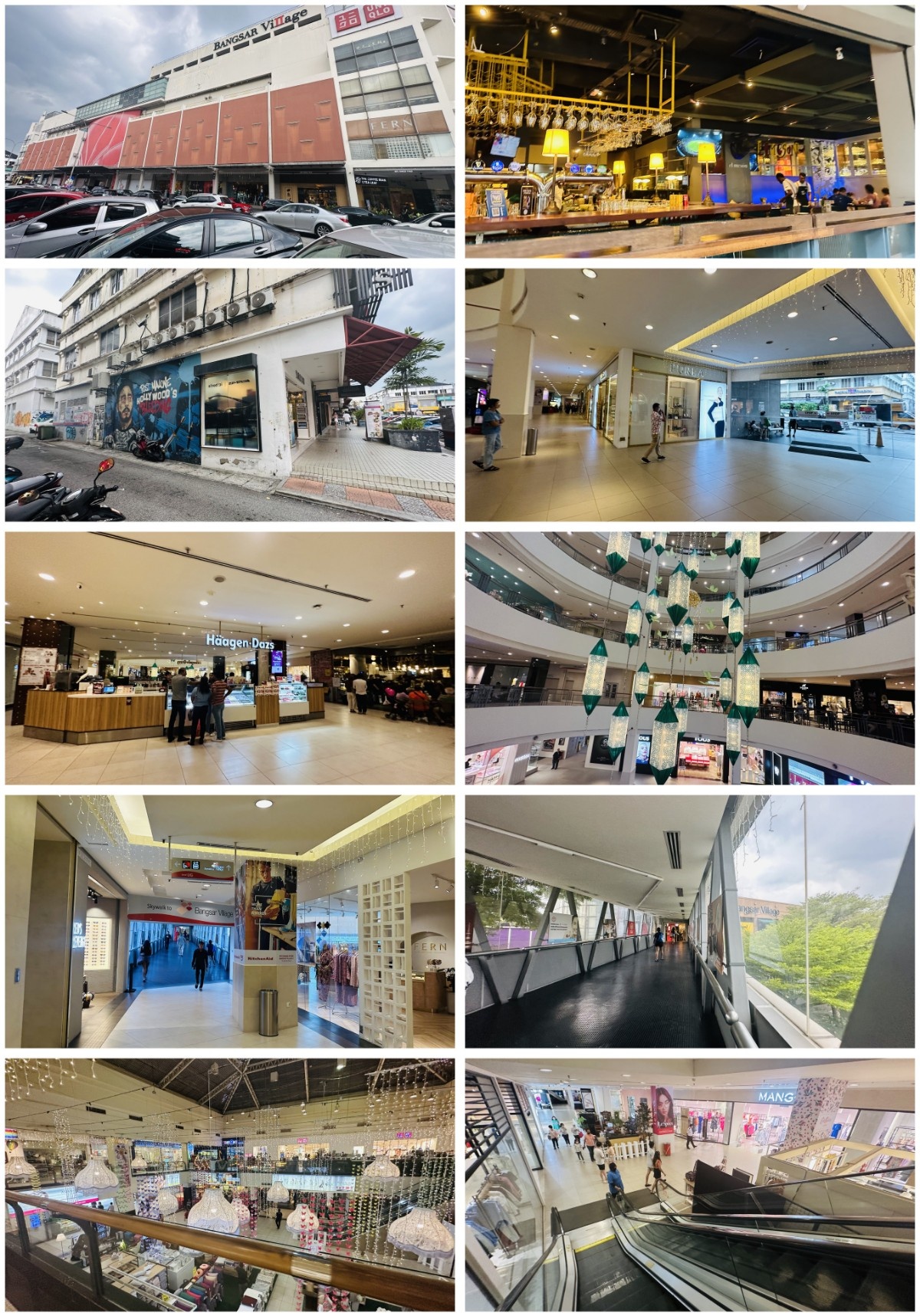
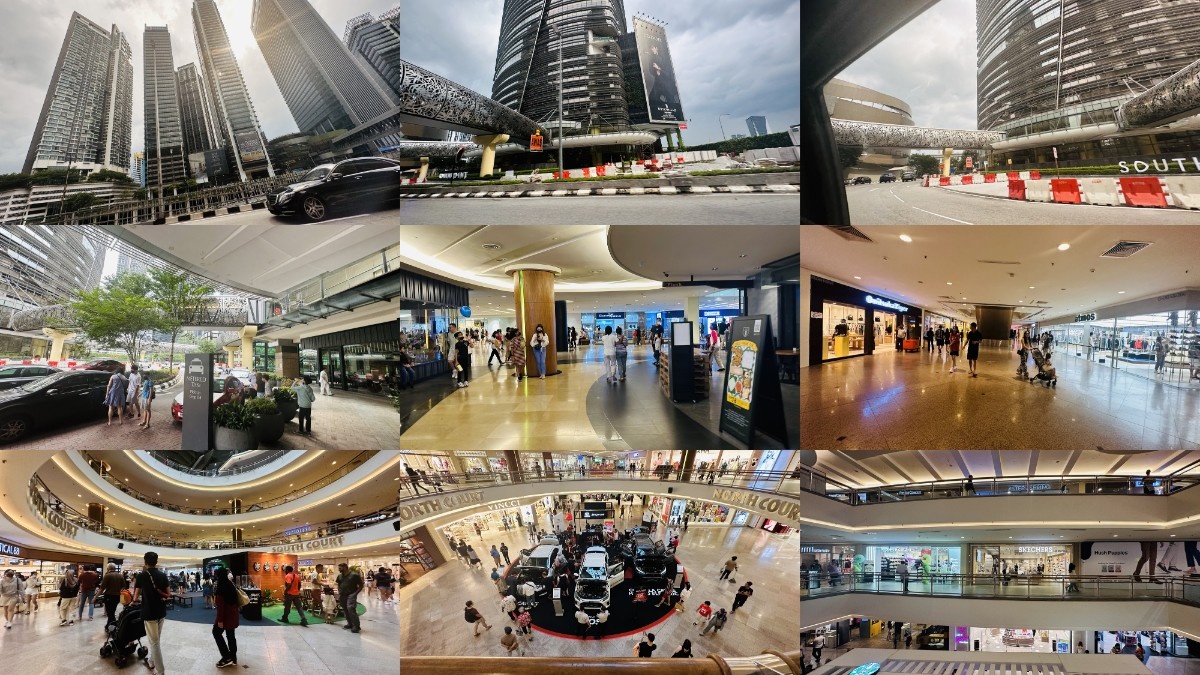
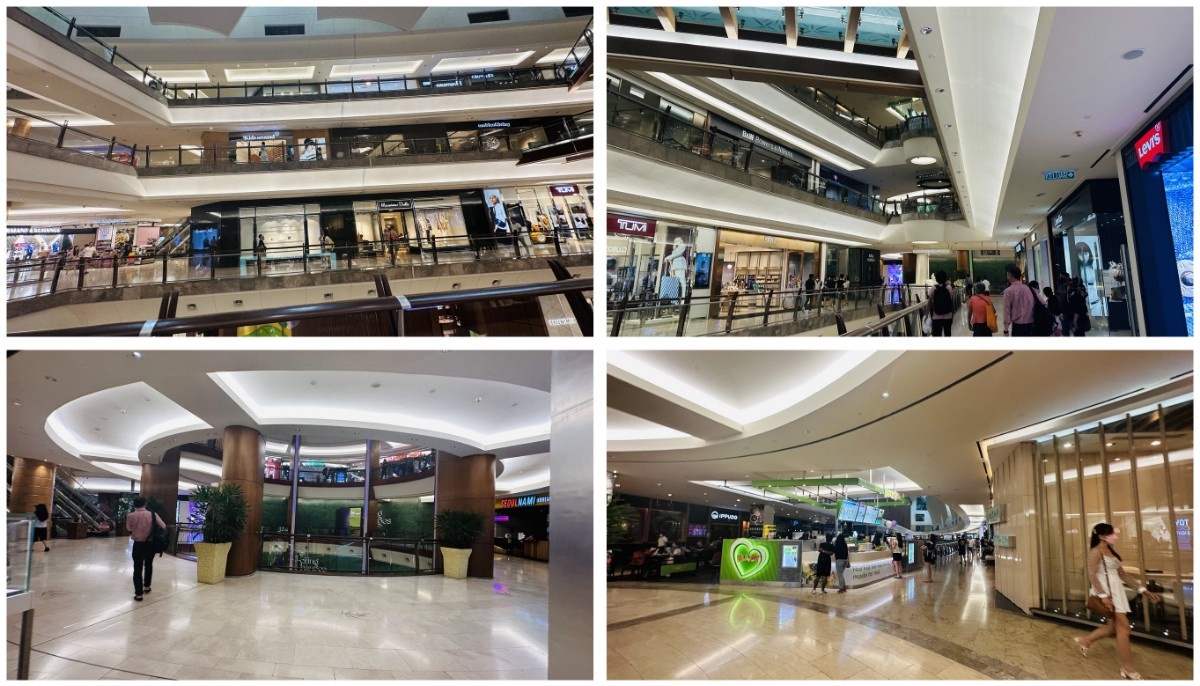
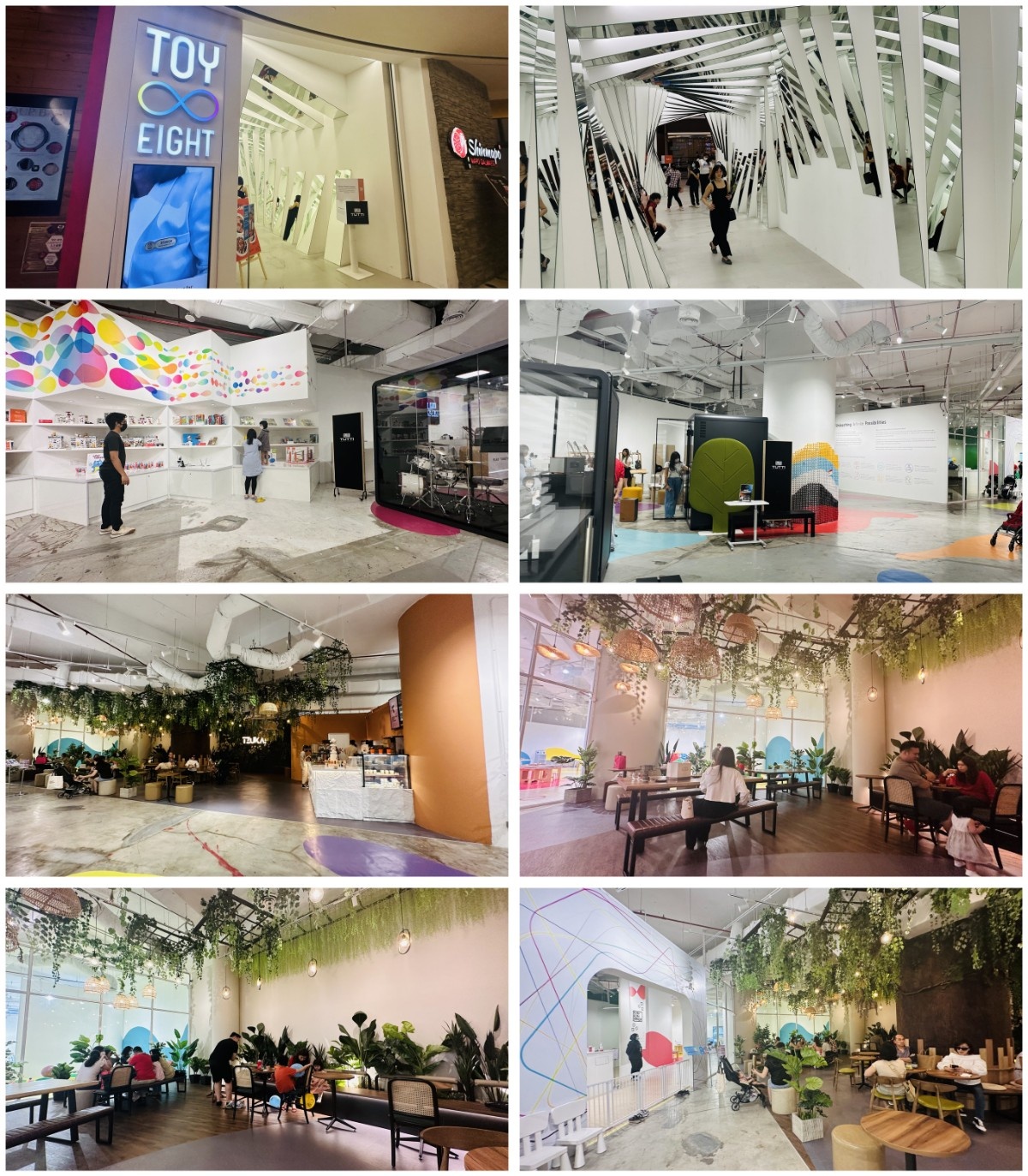
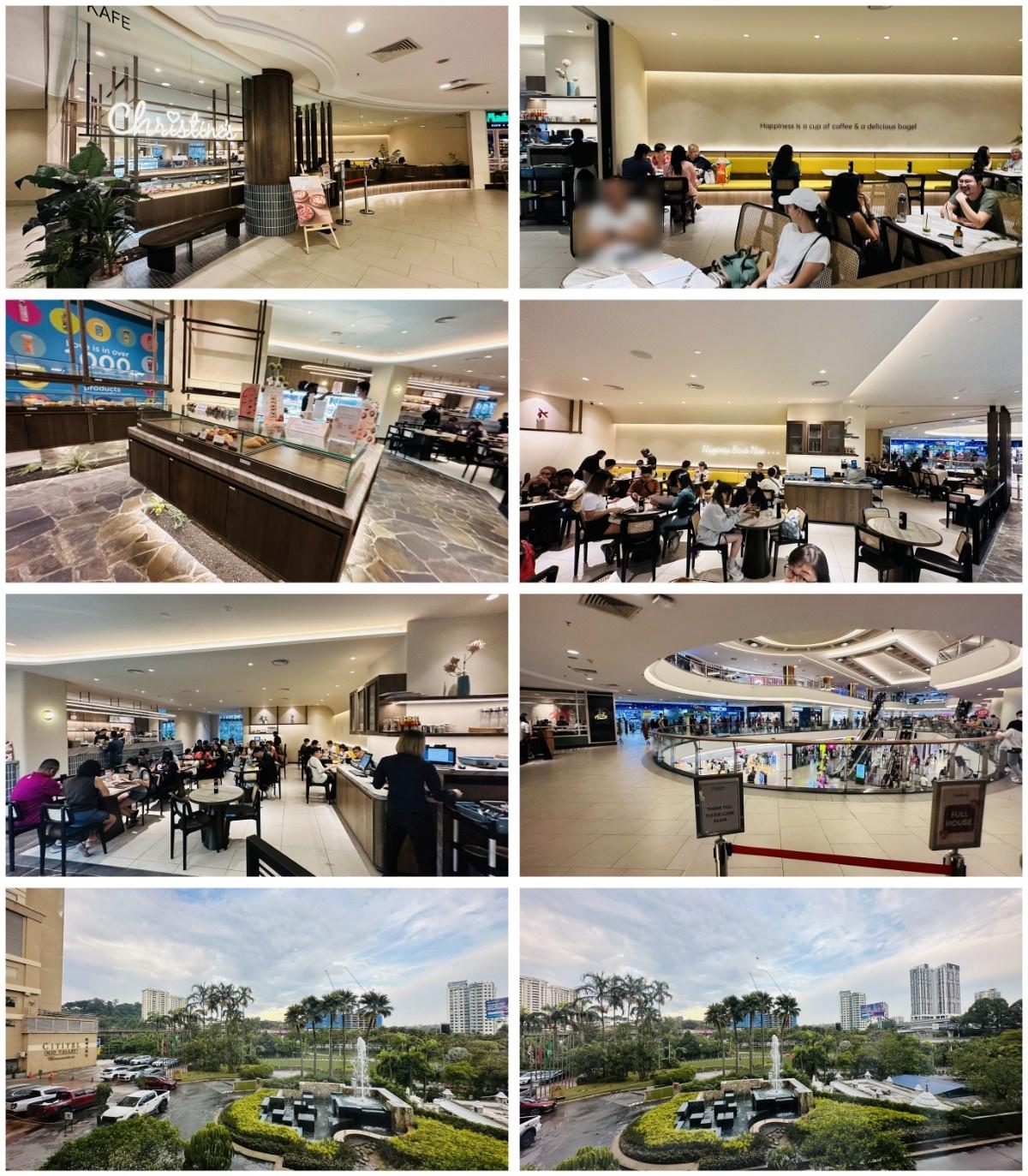
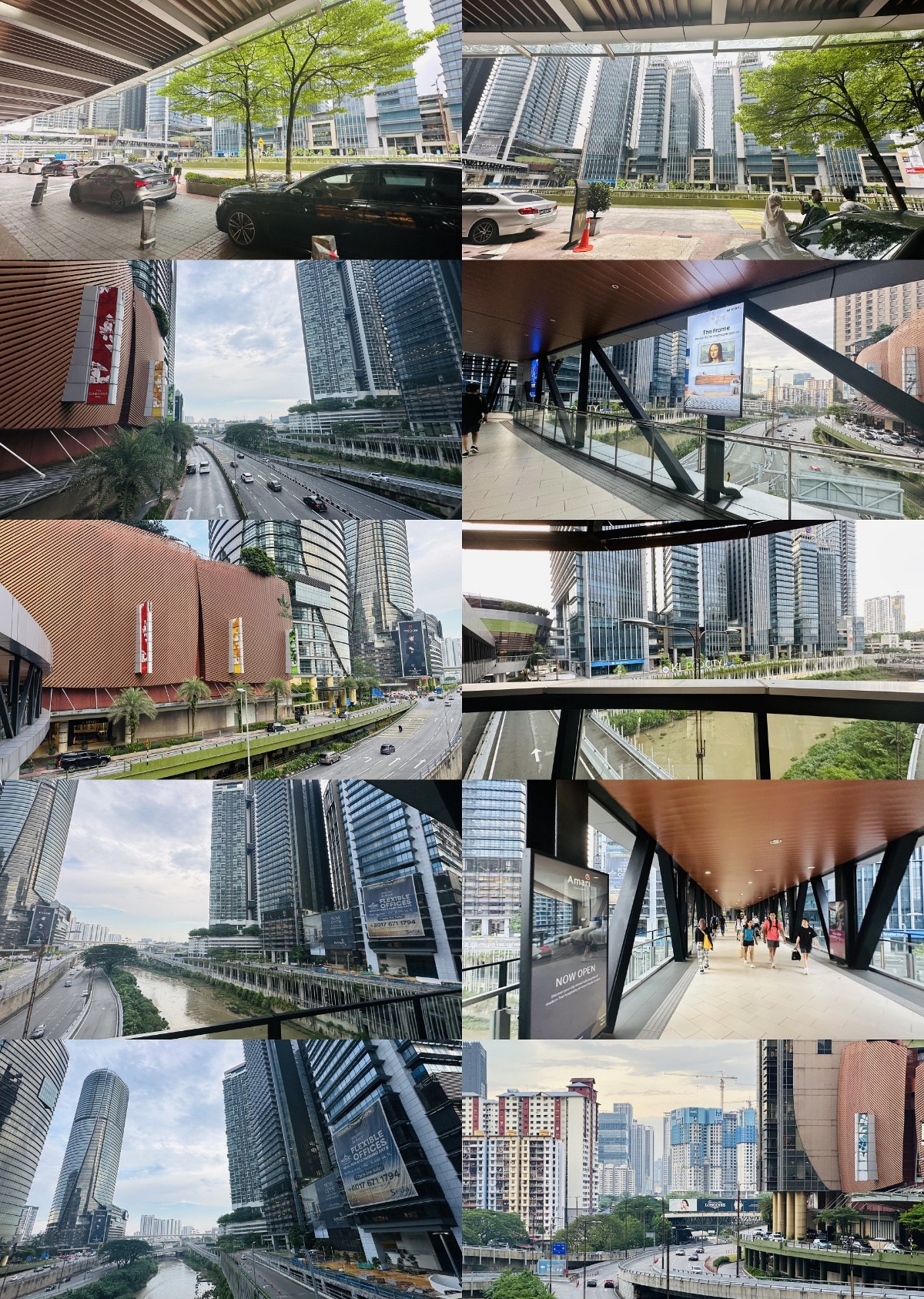
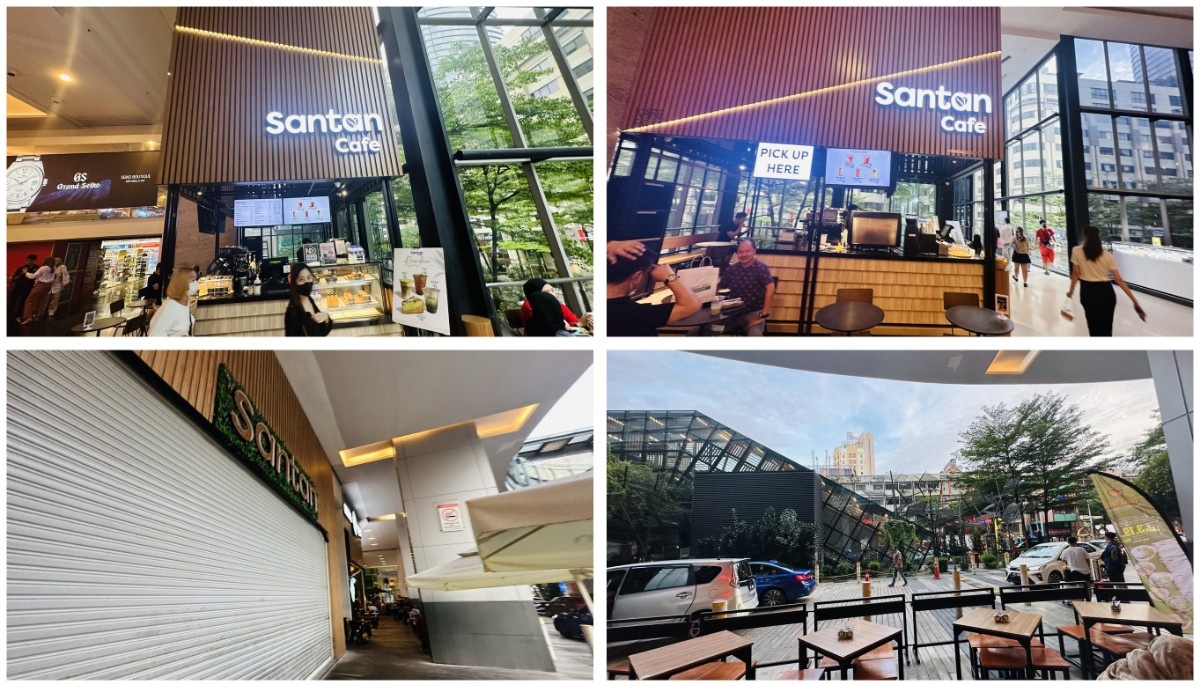

Hi there, Prox! Ho's it going?
Your reports are always so detailed and well commented. I go green with envy.
That Lat is something else, isn't he? "Those are rubber trees" "Wow, they look real!" Bwahahahahah
Even tough I've had quite a number of experiences with my photos on this site in the ten years (give or take) that I have been writing reports, can you believe that I never noticed that they were resized to 1200 pixels??? hahah You opened my eyes! hahah
I always resize the longest side to 2000 pixels from 4000 before uploading them, but mainly for the purpose of making them lighter for the upload. However I had not noticed a decrease in the image quality so far.
I thought I would share some of my secrets with you, in case you don't have much success with your request:
I use two great pieces of software to process my photos before uploading them. The first one is GIMP, which is freely available for download. I usually correct the balance of whites with Menu > Colors > White balance, which helps reduce the "fog" caused by smog or the atmosphere in open air photos.
I also use Menu > Filters > Enhance > Sharpen when the photo is a bit blurred. Sometimes I prefer to leave them a bit blurred, because too much sharpening makes the photo look like an oil painting, though a good way to solve this is by using Menu > Colors > Bright and contrast to reduce the contrast and increase the brightness, which makes the image look more natural.
I think those are the two GIMP tools I use more frequently.
The other software I always use is IrfanView, which is as old as computing itself and is also freely available. I use it to resize my images to 2000 pixels (longest side). You can to this in batches, so you have everything done with just one click, and it keeps the quality of the images.
I guess that's why I had never noticed the extra resizing made by the website.
Whatever, I hope I have helped a little.
Thanks for sharing! Keep the good job!
Buenas tardes Pilpintu,
It has been ages since I saw a comment of yours on my reports — the last one being on one of my Thai Airways flights — perhaps because you are too busy chronicling your adventures across Chile and Peru on JetSmart and Sky Airline. I’d love to read more of your reviews, as I absolutely adore your writing style, and your 3-year-old report on Viva Air Peru (RIP!) was one of the most beautiful I’ve ever read here — the one where you talk about the Pilpintu butterflies from where you get your name. I do wish you’d comment a bit more often, as I’d love more of those snarky-humorous little gems you keep dropping, like this one.
Too bad you don’t seem to leave Chile much, and as an Indian living in Singapore, I find that places like Valdivia and Puerto Montt are a bit too alien for my understanding (compared to big cities like Santiago ot Buenos Aires) — that is, until your reports helped demystify them. I’m waiting for you to go beyond Sky and JetSmart and try Azul or Gol one day — you won’t be disappointed!
¡Muchas gracias, amigo!
Just to add to Pilpintu's lovely comment, storing photos has a cost and this is a site that is free to use so unfortunately we cannot change the re-sizing settings, which would create an exponential amount of additional data to store. I have never noticed any diminution in quality in my photos, whether uploaded from my Smartphone or my DSLR, but like Pilpintu, I also touch up my photos before uploading as well. I don't upload untouched photos from my phone or DSLR. I would add that the length of your reviews may be much more prohibitive to readability, than the photo quality. This review currently displays a 71 minute read time for a 45 minute flight--this is rather extreme, and can be very demotivating for readers, who may miss out on great content because it's just too time-consuming to fully read. That's just my friendly advice.
Thanks for sharing!
Bonsoir Kévin,
Completely agreed on both your points, and I appreciate your advice on picture sizes. As I have mentioned before, I use imgonline.com.ua to merge and compress pictures, which I have found to be very useful. I would like to add though that the more special a flight is, the more I tend to write about it, and so I sometimes get carried away with words — I think that has been happening a bit more lately. I do tend to have problems cutting down on how many pictures I include, and often I ask myself, ‘How much is too much?’
Contrast that to one of my shorter AirAsia reports, published last month, which got an astonishing 10,000+ views despite it not being a very special one. I have no clue how it managed to get so many views when others weren’t managing even 300 or 400. The report length could be a valid reason to turn off readers, but as Pilpintu mentioned, I deeply live and breathe my flight experiences and reflect that with these reports. Still, there’s a point when ‘one more picture’ becomes ‘one too many’, and my next report on my KLM flight to Denpasar will be a challenge to keep short, since it was my most memorable this year as it was on the SkyTeam 777.
Thanks as always for your support, and I appreciate the passion with which you and your team run this site!
Thank you so much. And yes, as an all-volunteer team, we are purely guided by passion. I completely understand the reasons for your style of documentation on more "special" flight and that is absolutely your prorogative--you are welcome to document your experiences as you see fit. I always say that I write Flight-Reports for myself first and foremost--as a sort a diary to remember the experience--much like you. But I also try to be informative to the general public about the product and experience so that it may be helpful to someone is choosing flights--so I try to find a balance between my own personal love of flying and enthusiasm for documenting it, and being as concise as possible in wording. That's just me, personally of course--diversity of opinions and styles is what makes this site so beautiful. I will say; however, that in this age of TikTok and Intagram Reels, and generally short attention spans, that it's not surprising that the shorter and more concise reports tend to get more views (not necessarily more comments, though).
Just stopping by to thank you for another detailed flight-report.
I've never seen someone enjoy this much the experience of flying, you're enjoying every single minute of it and I find it fascinating, so please keep writing.
It might be my first comment on one of your report, but I've read several of yours before.
I might try Madam Kwan’s next time I'm in KL. I just love to eat. I also went to Bangsar's Sri Nirwana Maju just to eat there^^
Happy flying !